In 2024, New York City claimed the title of the world’s most congested urban area once again, surpassing other major cities like Paris, Mexico City and Chicago. However, we may lose that title next year. Just last month, Gov. Kathy Hochul announced that the city is bringing back a congestion pricing program aimed at improving traffic conditions, while also promising better air quality, improving public transit and reducing traffic by about 17%.
Congestion pricing refers to higher fees imposed on drivers, with the intention of convincing more people to avoid driving during rush hour, reducing traffic and shortening commute times. An example of this would be imposing a user fee on vehicles entering Manhattan’s busiest streets — which former Mayor Michael Bloomberg did in 2007. Not only will it decrease traffic, discouraging automobile use can have a transformative effect on how urban spaces are designed and used. Implementing this policy has the potential to prioritize pedestrians over vehicles, creating a city that is safer, healthier and more livable by reducing the abundance of cars on the street. The Municipal Art Society said traffic management had a vast impact on public health, ecojustice and overall quality of life. For example, high-traffic areas often correlate with increased rates of respiratory diseases, which are especially common in low-income neighborhoods located near busy roads. These same neighborhoods are more likely to suffer from inadequate access to public transit.
It is important that congestion pricing works to reduce traffic in a way that is fair for all. Critics of congestion pricing question whether it could disadvantage low-income residents. While an understandable concern, that is not the case. The Community Service Society — a prominent anti-poverty organization in the city — completed an analysis of who would be impacted by congestion pricing. They found that just 4% of working residents of the city’s outer boroughs commute to jobs in Manhattan by car. 56 percent of outer-borough working residents actually use public transit to get to and from work — and would directly benefit from funds reallocated to mass transit by congestion pricing. They found that only 2% of the city’s working poor would be potentially disadvantaged by the congestion fee.
Some of New York City’s most congested roads include the Northern Boulevard in Queens, Brooklyn’s Atlantic Avenue and Boston Road in the Bronx — all of which are detrimental to the quality of life of their residents. Atlantic Avenue has been infamously dubbed as the city’s newest “Boulevard of Death” due to the risks for pedestrians and cyclists. These arterial roads have been linked to up to 60% of pedestrian fatalities in certain years. However, the pedestrian fatality rate on these roads does not account for the residents living along these corridors who are forced to endure the dangerous polluted air, which consequently creates health risks. This fuels the cycle of poverty as these low-income communities are exposed to more health risks when they already struggle to get proper health care.
There are also the costs of congestion that are staggering and far-reaching. According to the Partnership for New York City, traffic gridlock has cost $20 billion annually in lost time and productivity — all while idling vehicles stuck in traffic are constantly emitting toxic pollutants. The rate at which these pollutants are being produced will impact everyone and increase the rates of respiratory issues like asthma, particularly in children. However, implementing congestion pricing would not only protect us from the effects of air pollution but also provide tangible benefits for drivers by reducing commute times and having faster rideshare services like Lyft and Uber.
Not only does congestion pricing have the ability to save money, but the initiative is expected to generate $15 billion dollars in critical funding that will expand the city’s public transportation system. When congestion pricing is implemented and traffic is lessened, it opens the door to many possibilities for redesigning urban spaces. The profits from raised fees should be reinvested in mass transit. For subway and bus riders, this could mean faster, more efficient service, safer and less crowded stations and improvements in accessibility. For areas no longer flooded with traffic, spaces can be redesigned to increase pedestrian mobility. For pedestrians, the sidewalks could be widened, cyclists could have more bike lanes and the underutilized roadways could be repurposed into parks or plazas. Such changes would particularly benefit neighborhoods that have been historically underrepresented in urban development plans, causing them to lack such amenities.
Additionally, the congestion pricing initiative will play a major role in creating a more sustainable world. The transportation sector is the second largest contributor to the state’s greenhouse gas emissions, making congestion pricing a crucial role in reducing the harmful effects of greenhouse gases. The revenue generated from this initiative will simultaneously reduce our carbon footprint and allow us to upgrade New York’s transit infrastructure, making it more resilient against climate-related challenges like heavy rainfall and flooding. This dual focus ensures that congestion pricing will address both immediate and long-term consequences of climate change.
New Yorkers deserve better than congested streets and polluted air. We deserve a city that prioritizes our well-being. A city with safe, affordable and efficient public transportation. A city with cleaner air to breathe. A city that will serve all its citizens equally. Congestion pricing is the solution for these to become a reality. It’s not the time to hesitate, but rather an opportunity for us to see just how powerful such initiatives can be for creating a better future.
WSN’s Opinion section strives to publish ideas worth discussing. The views presented in the Opinion section are solely the views of the writer.
Contact Steven Wang at [email protected].

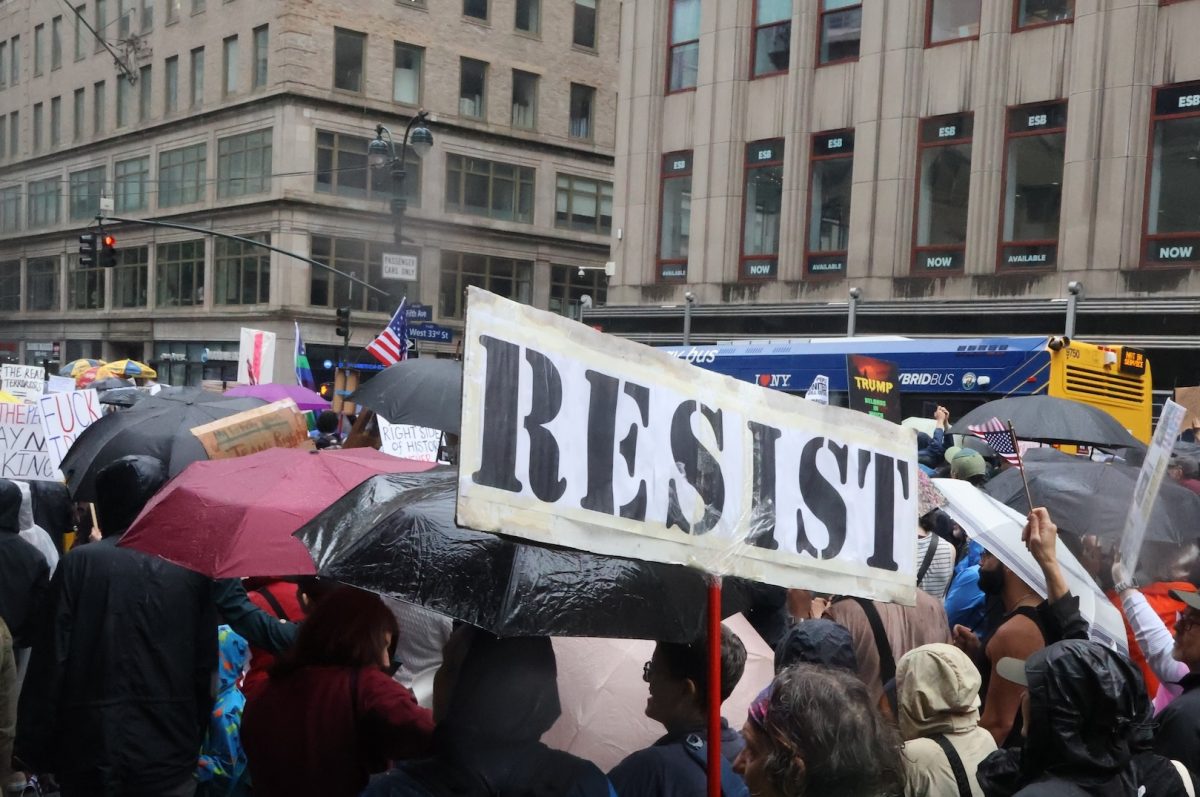
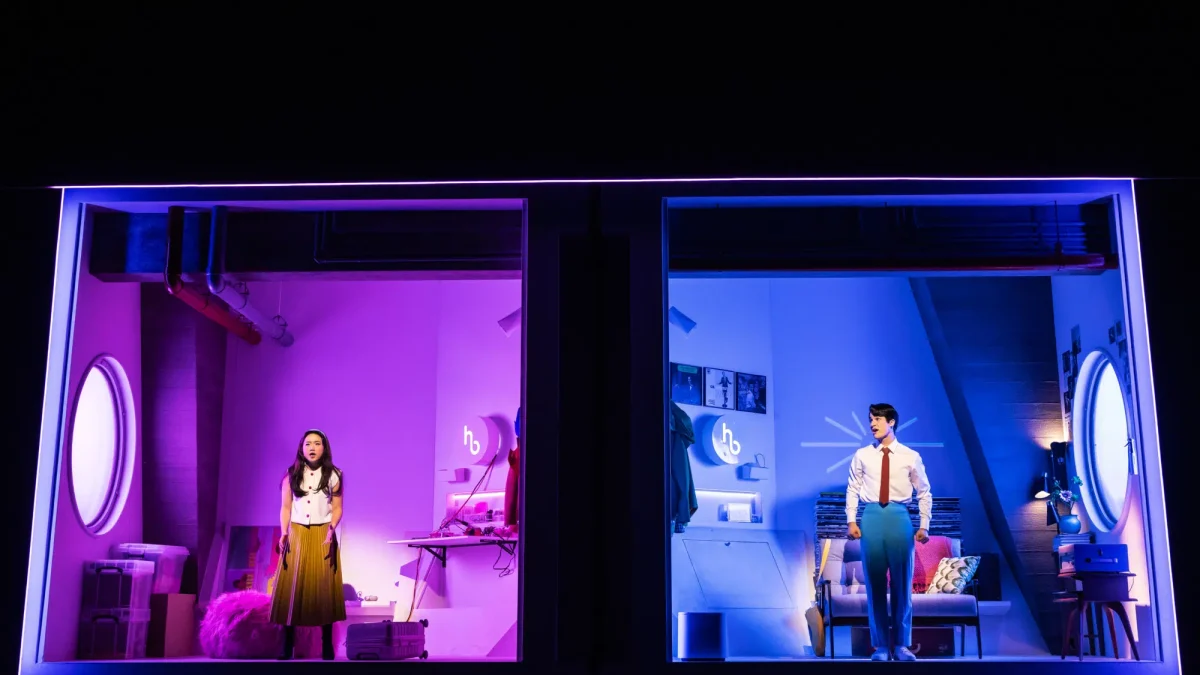
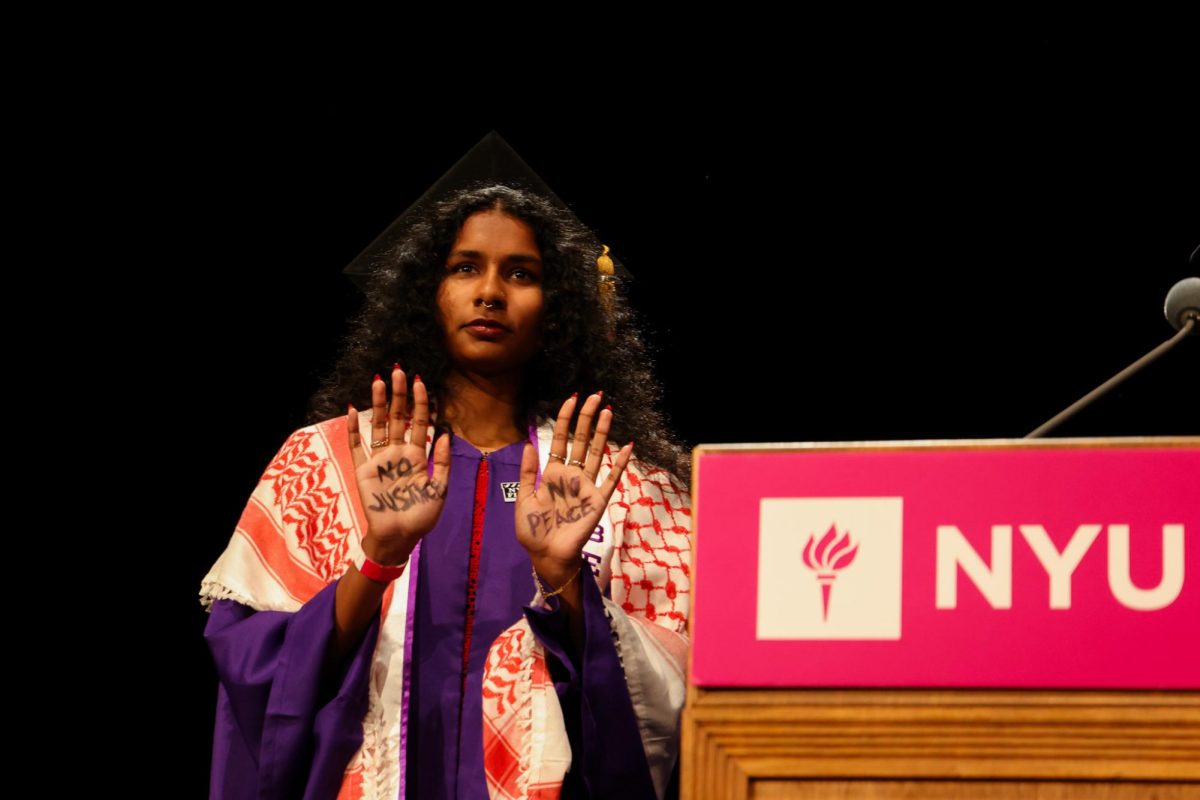
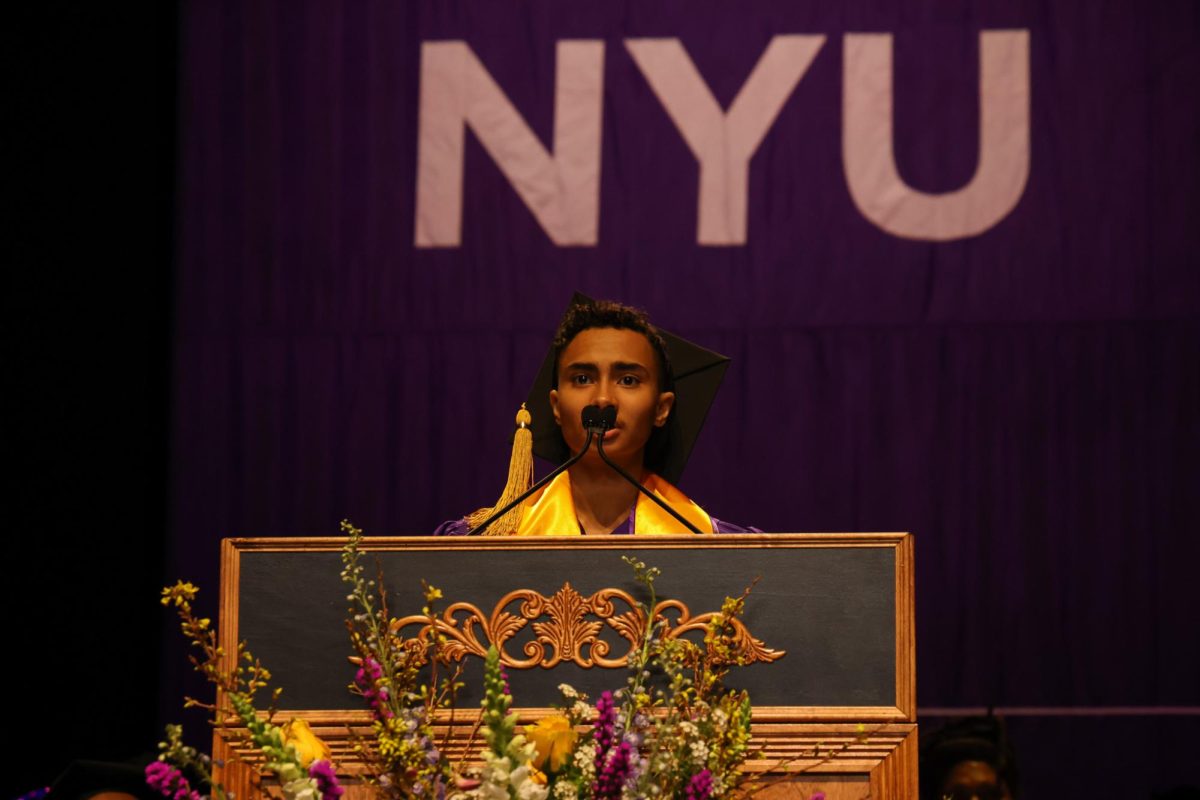
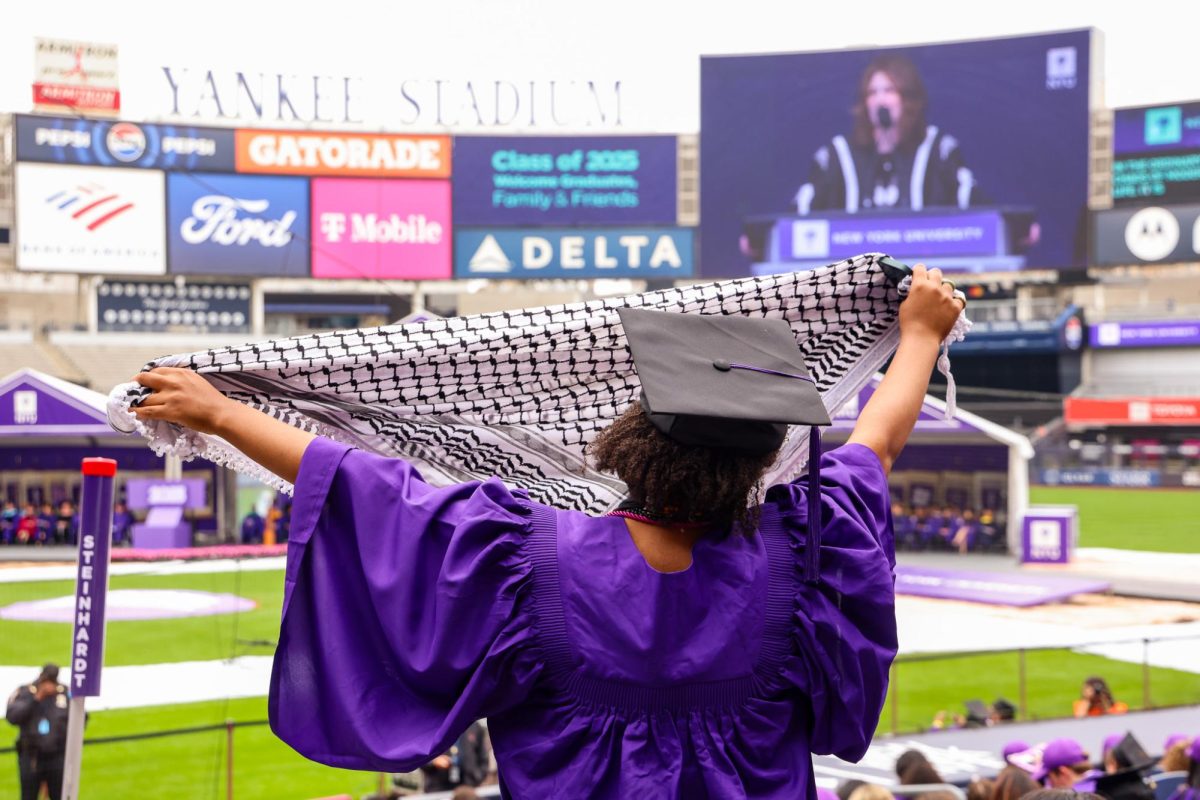
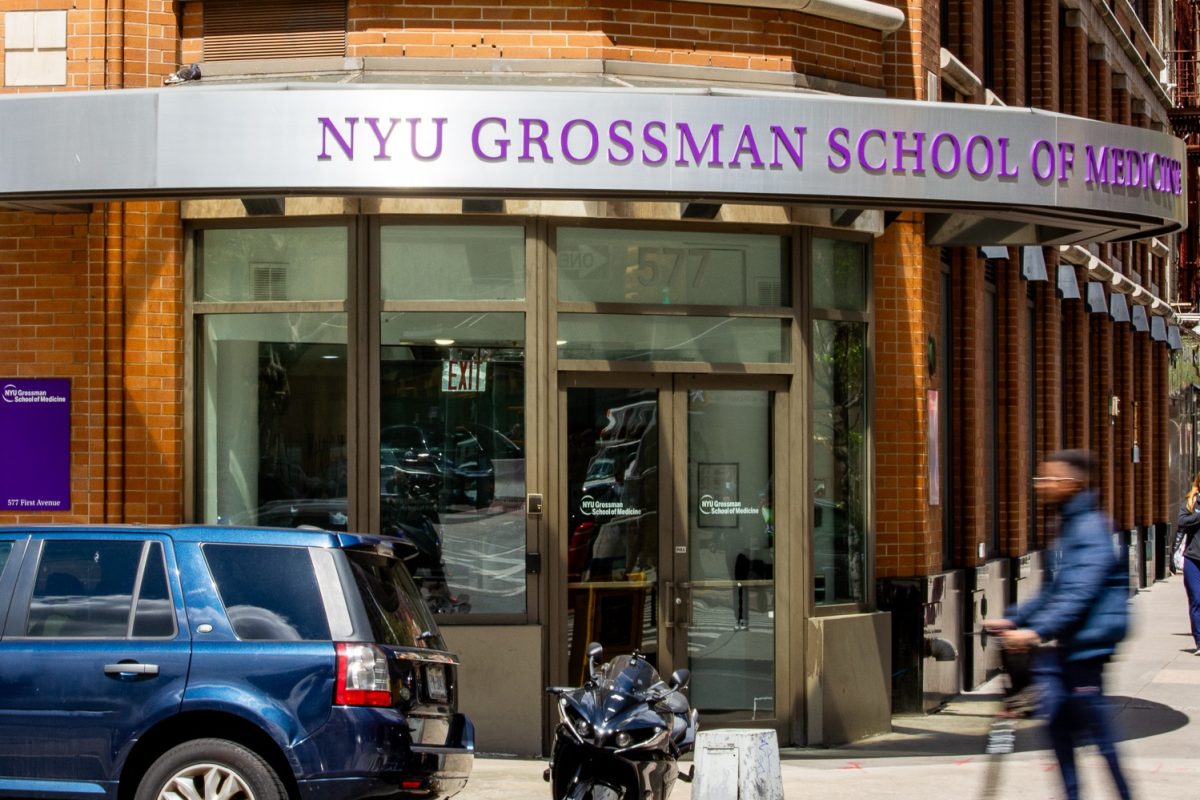
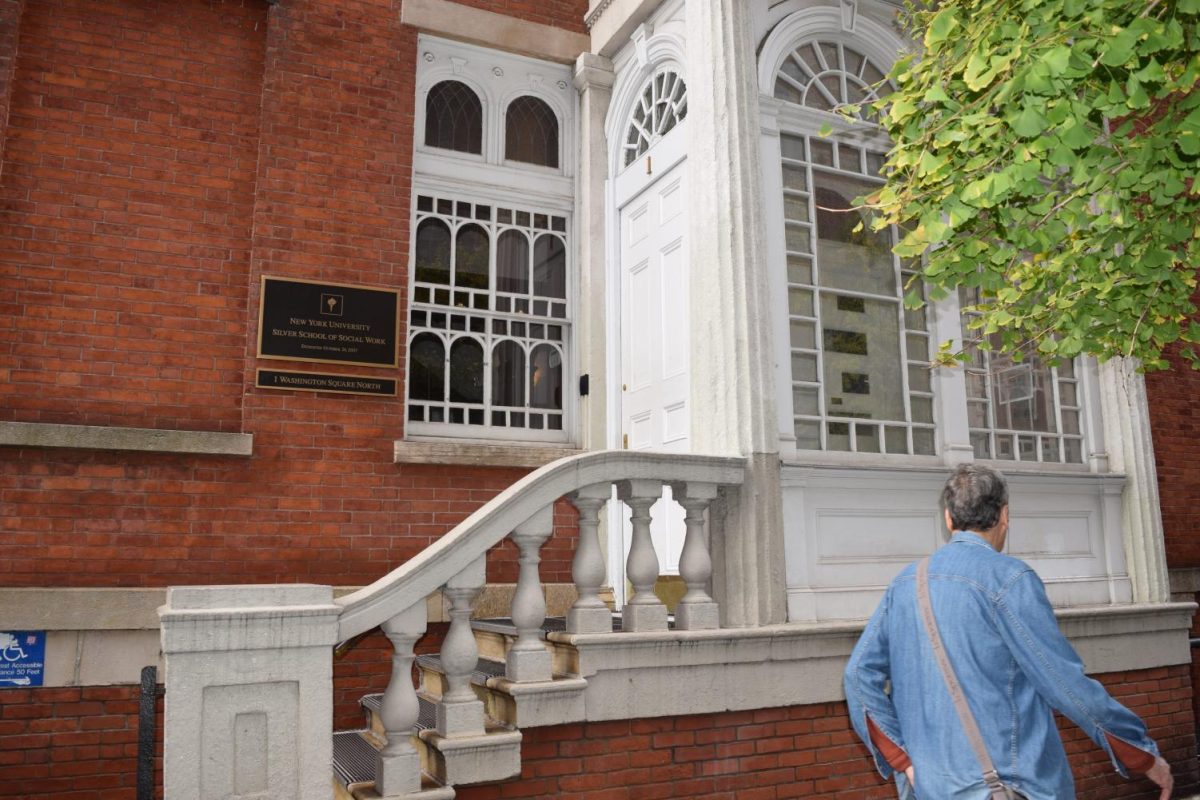
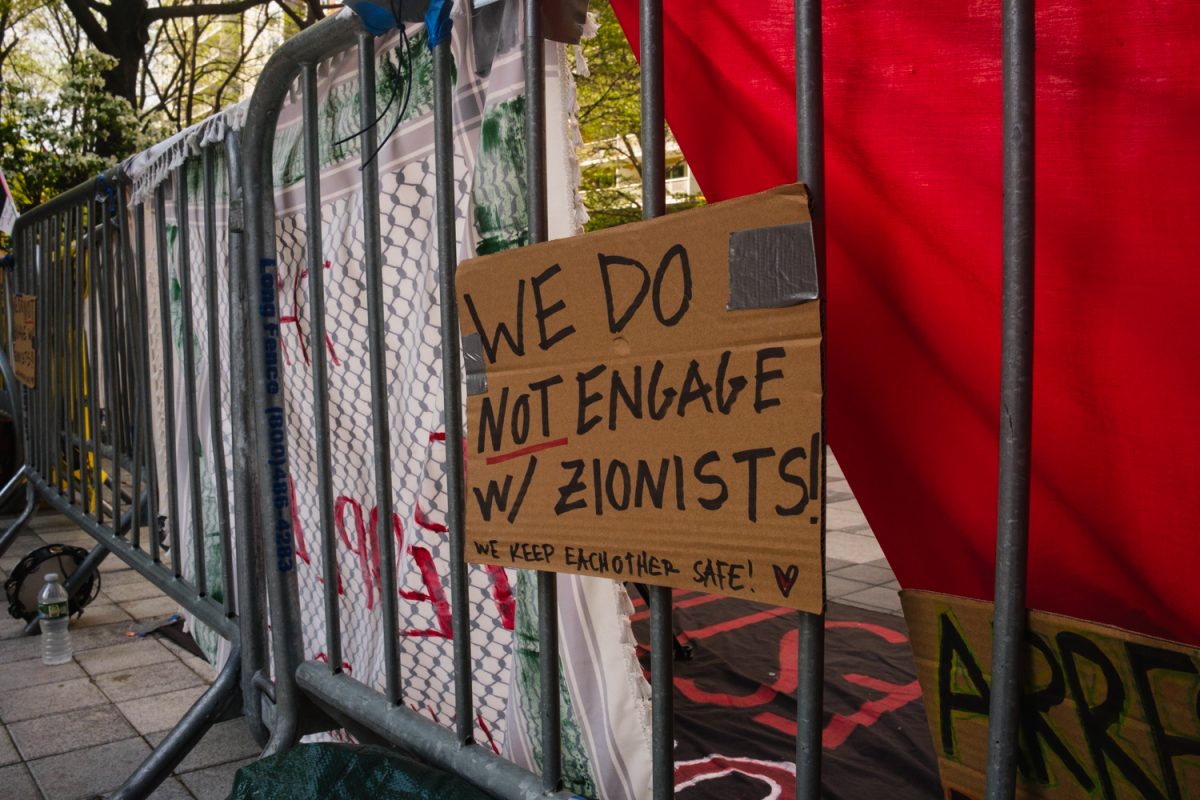
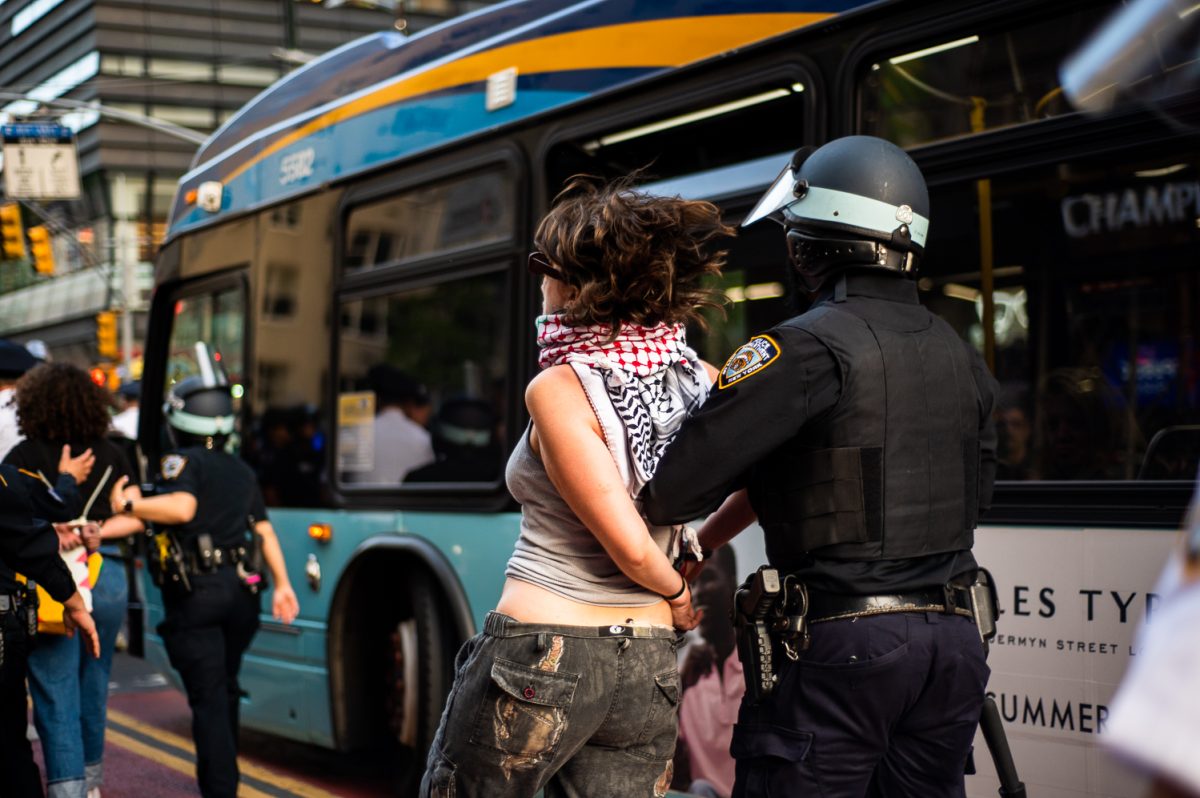
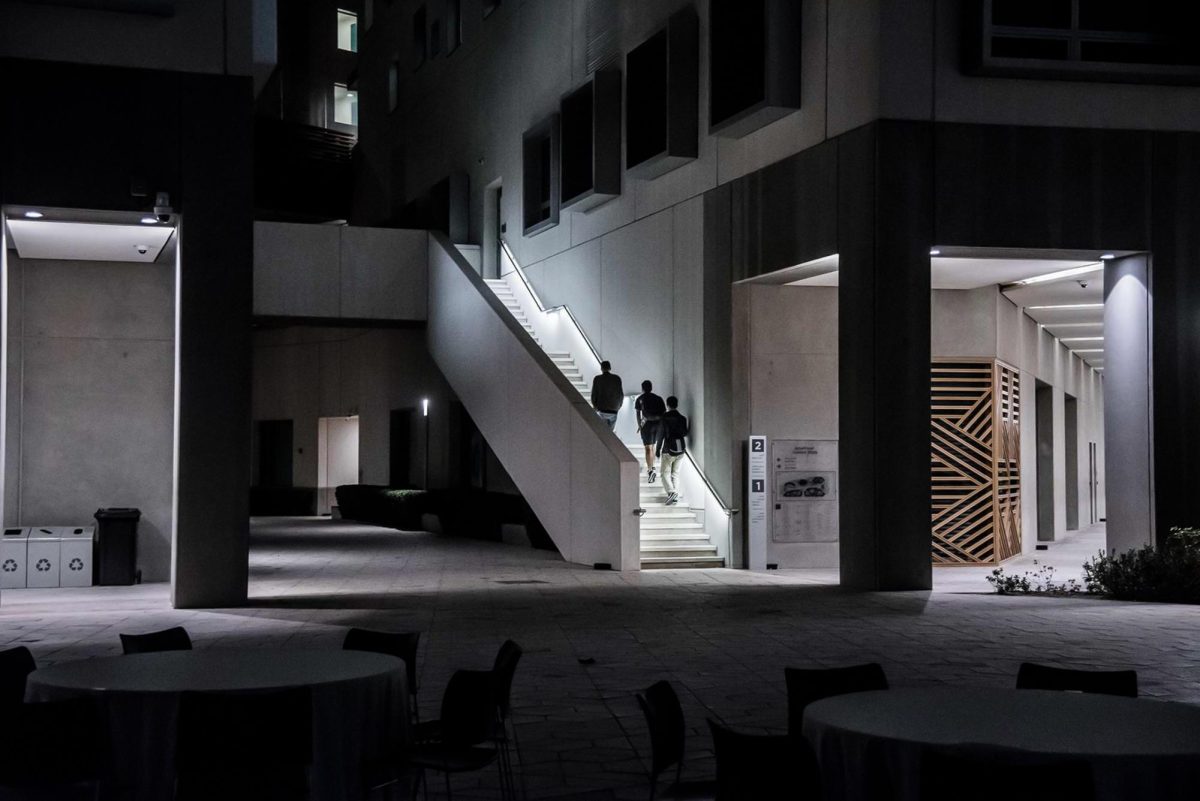
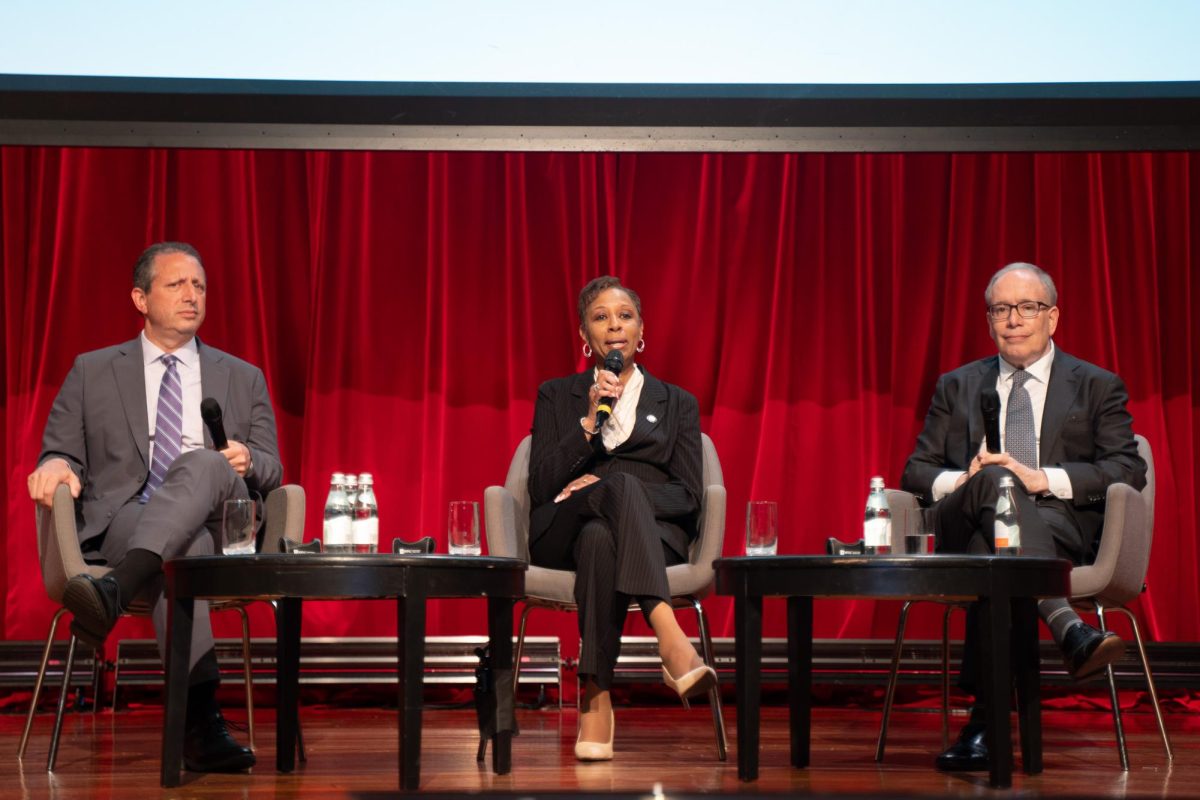
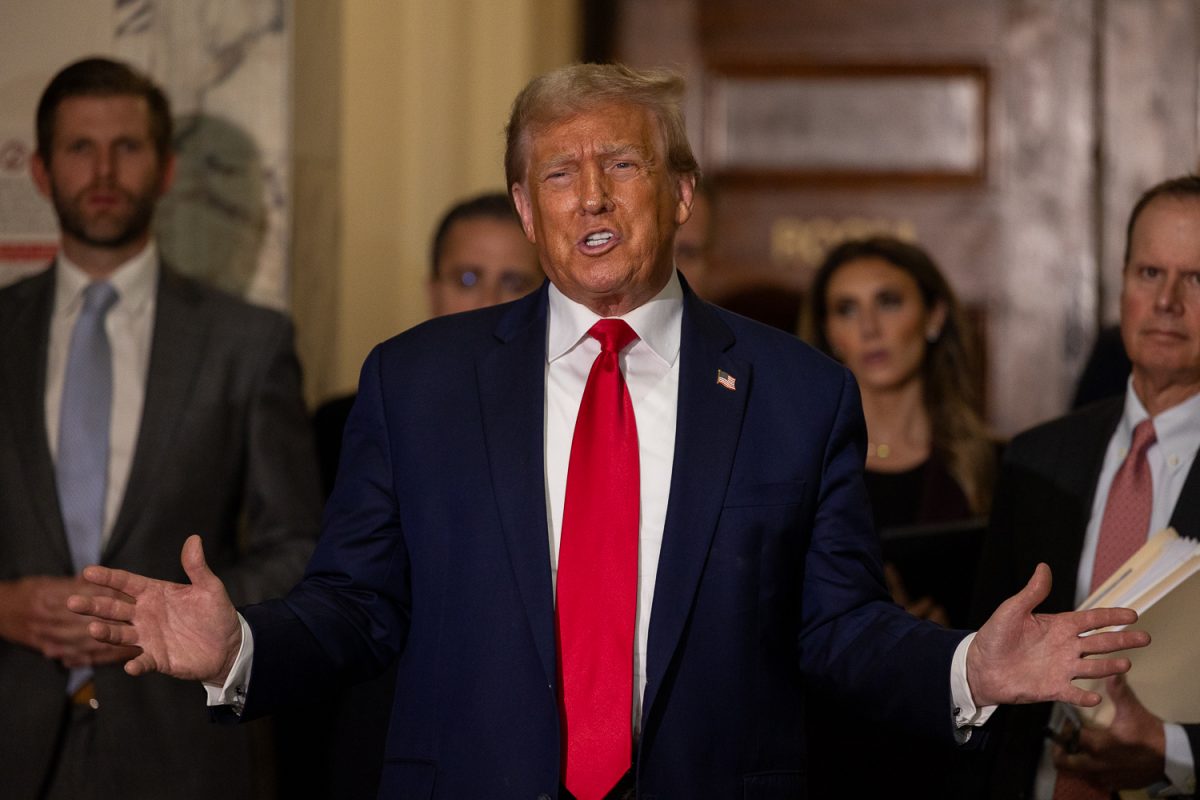
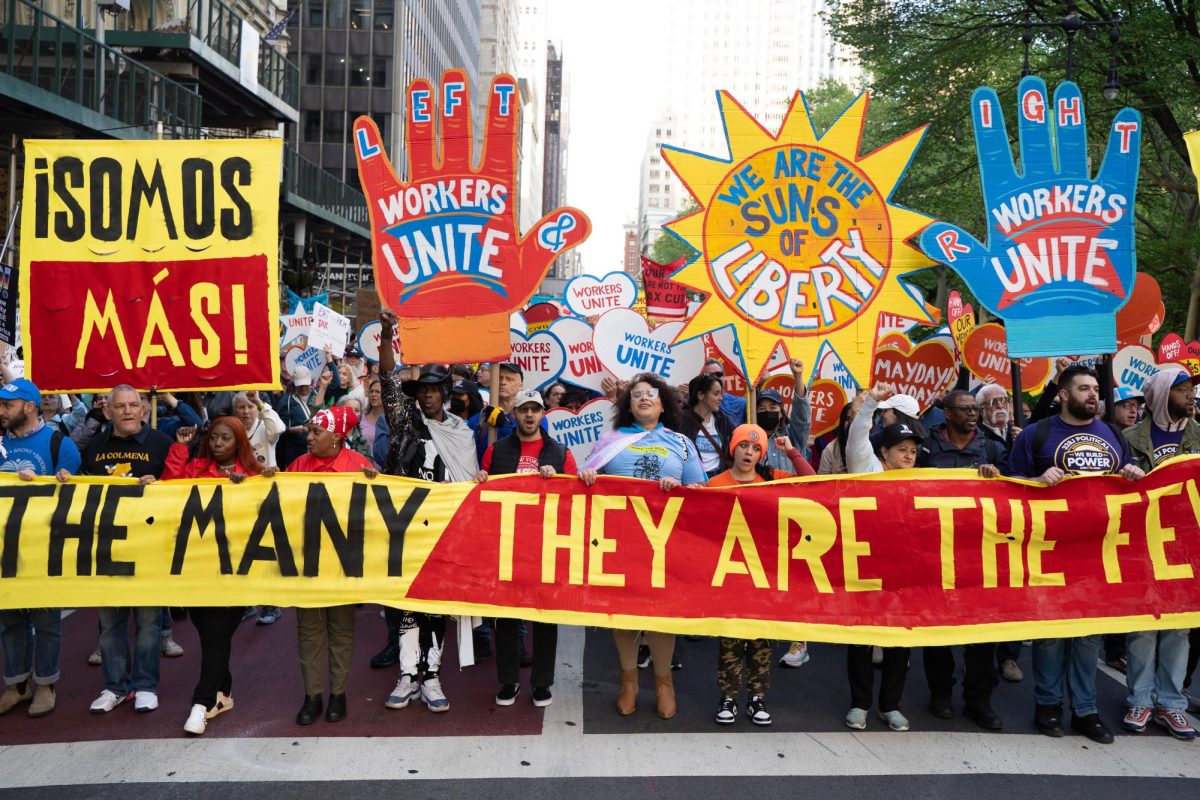
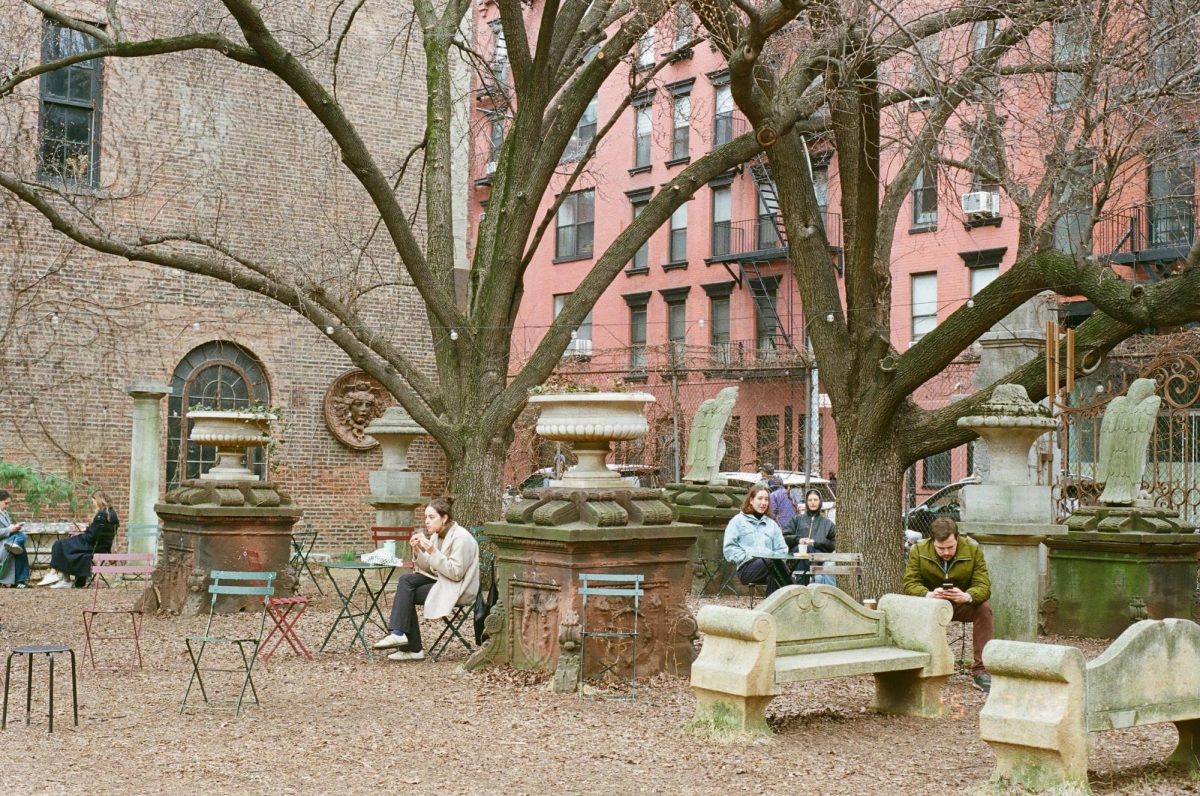
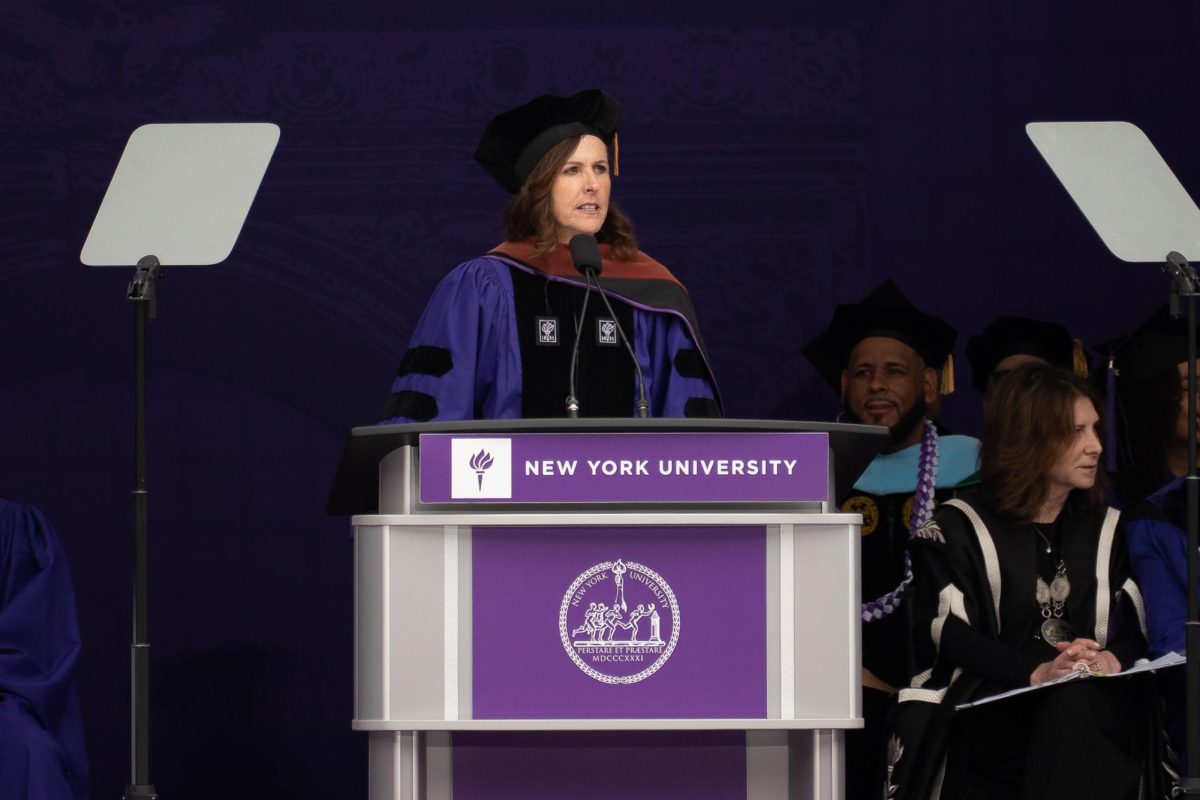
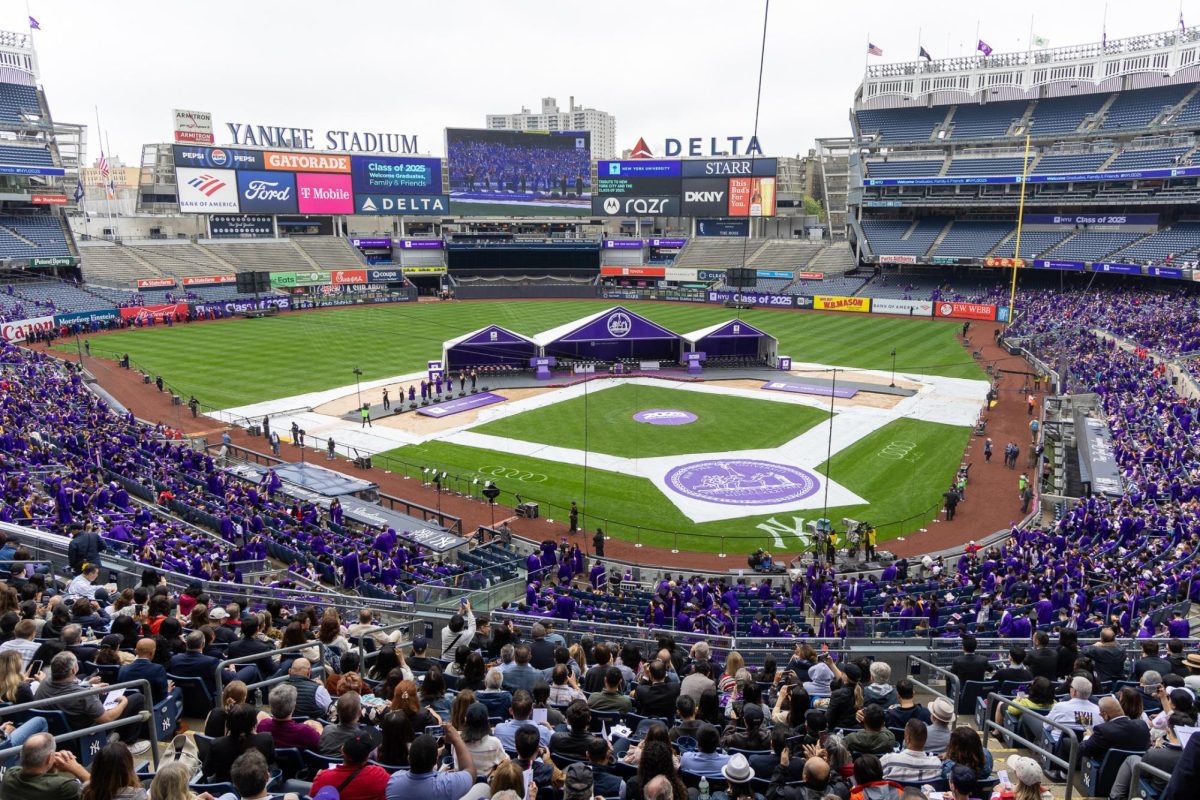
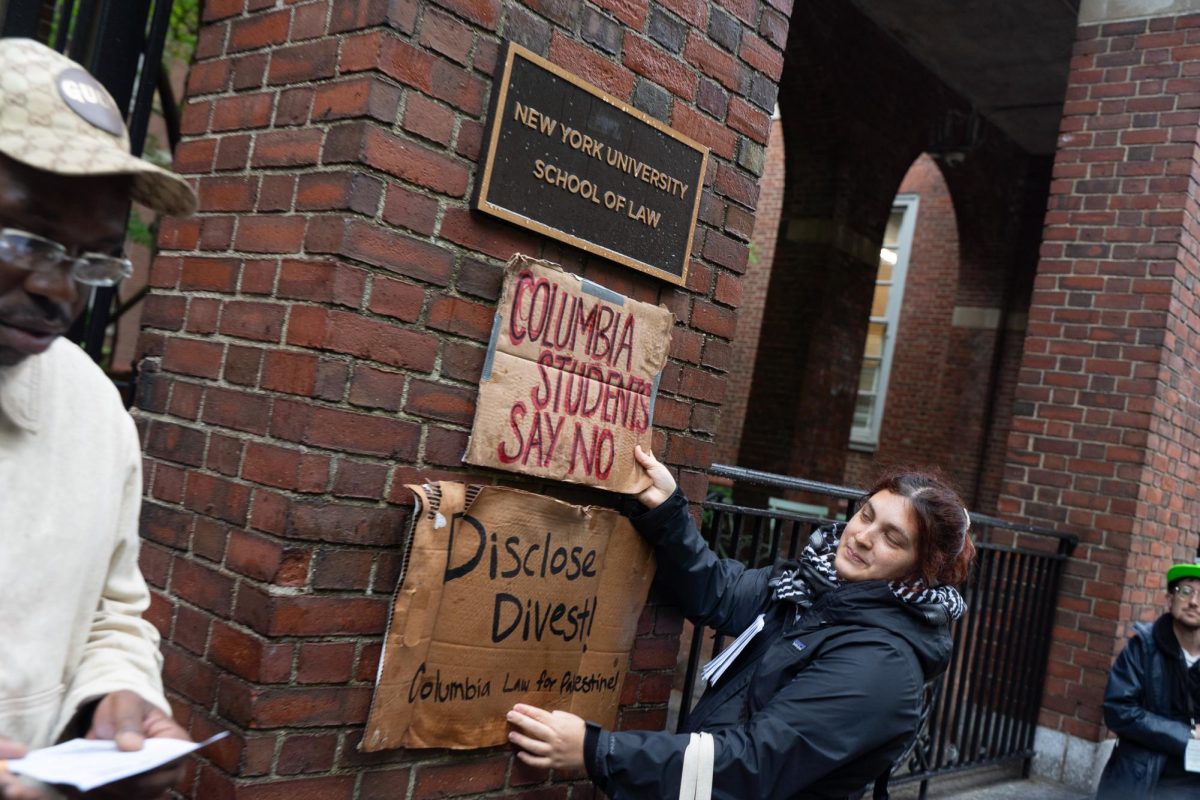
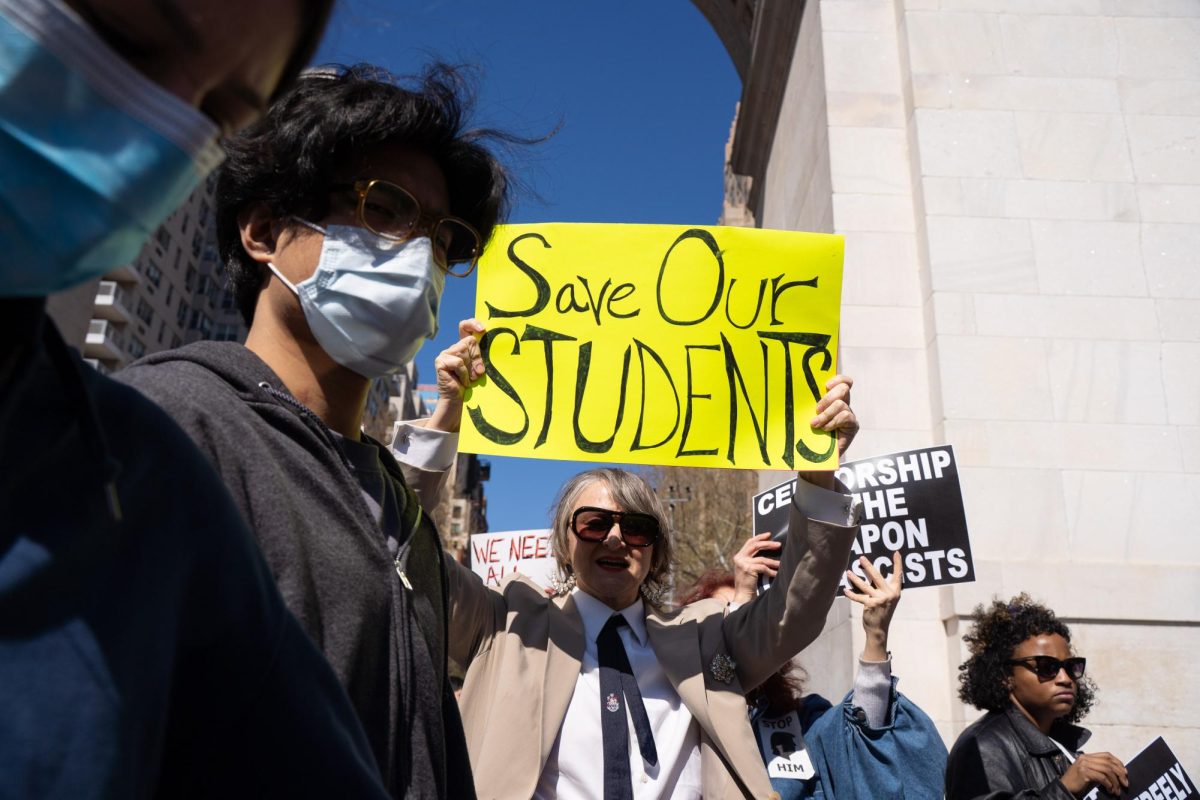
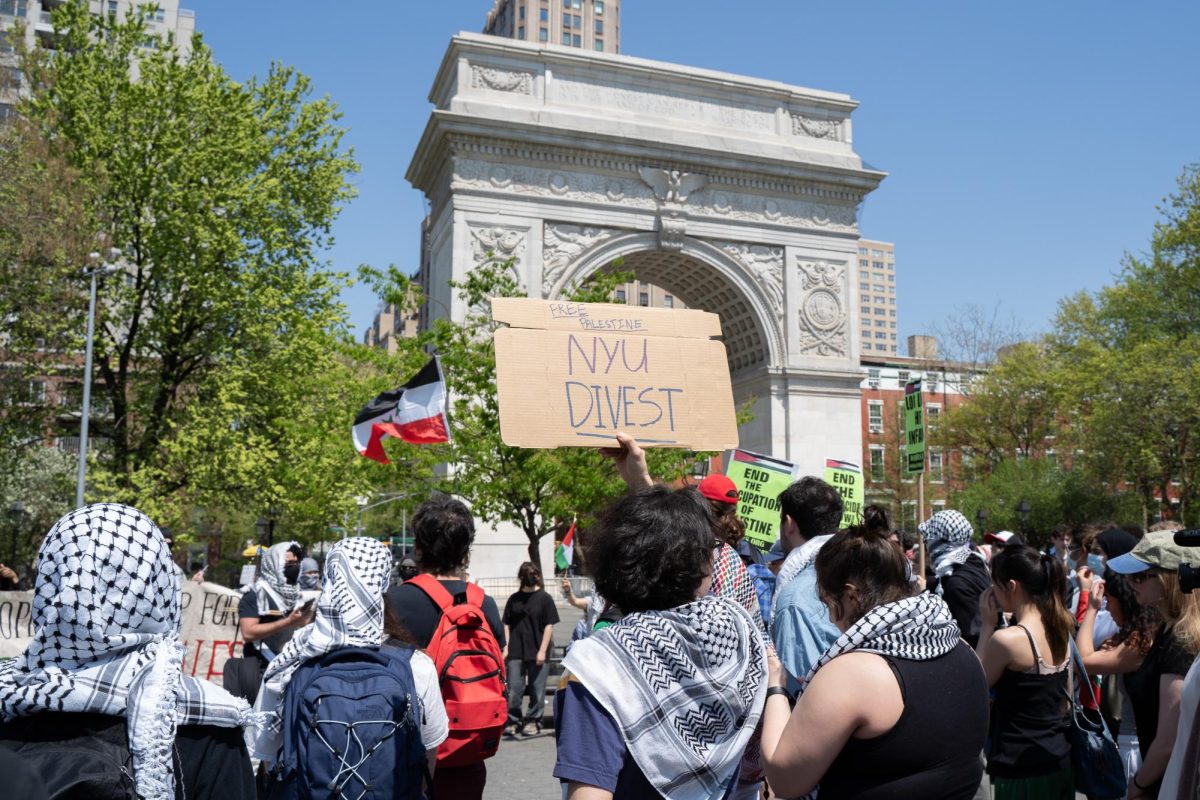
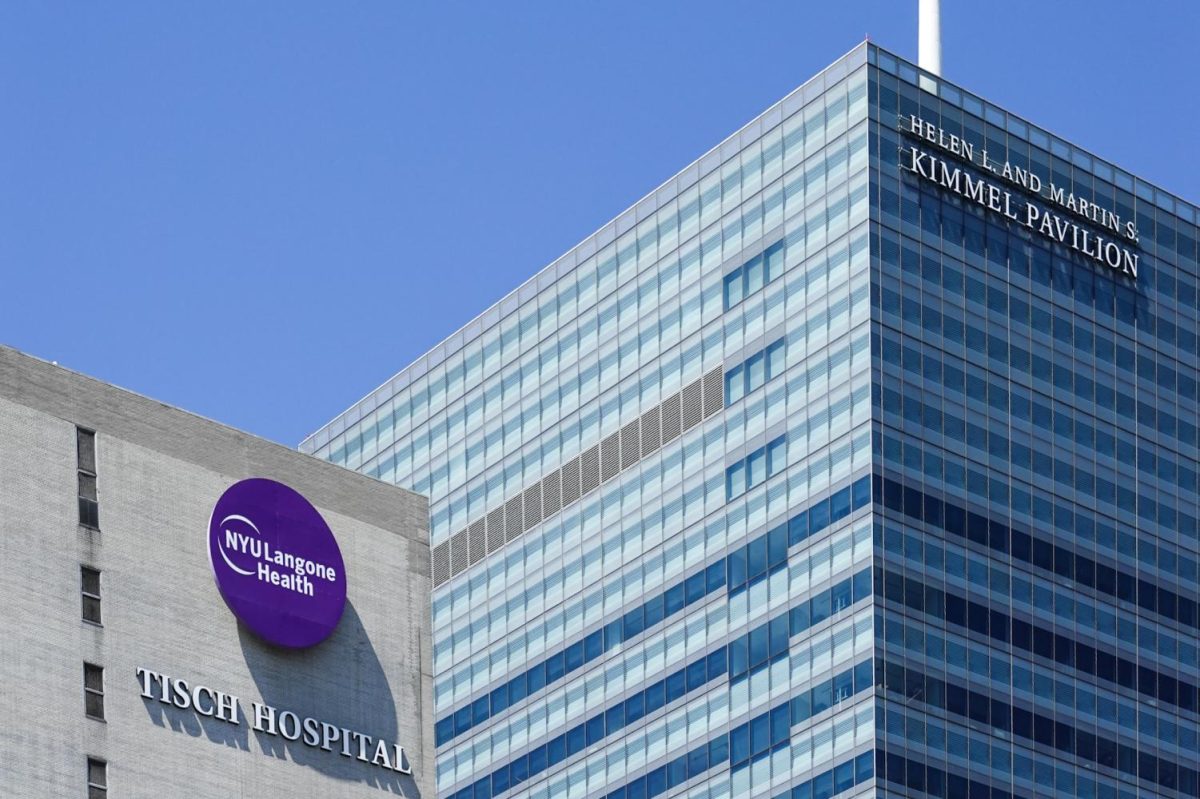
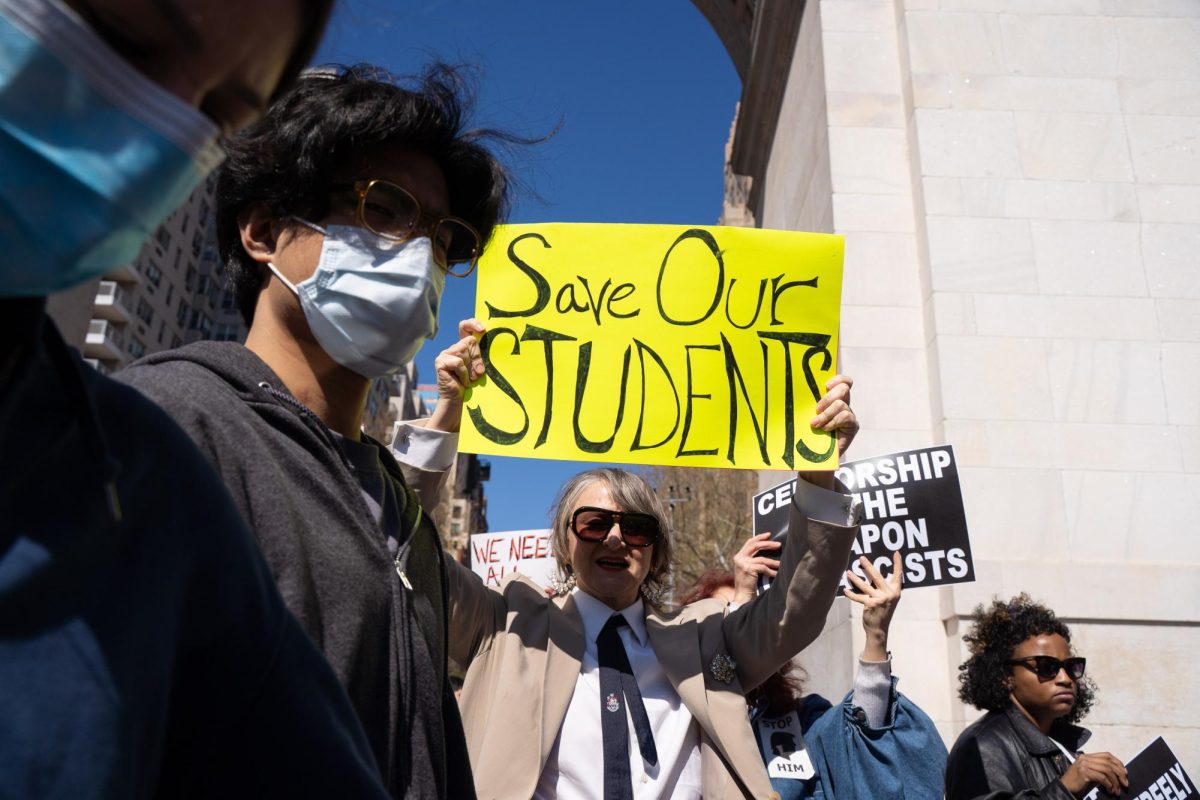
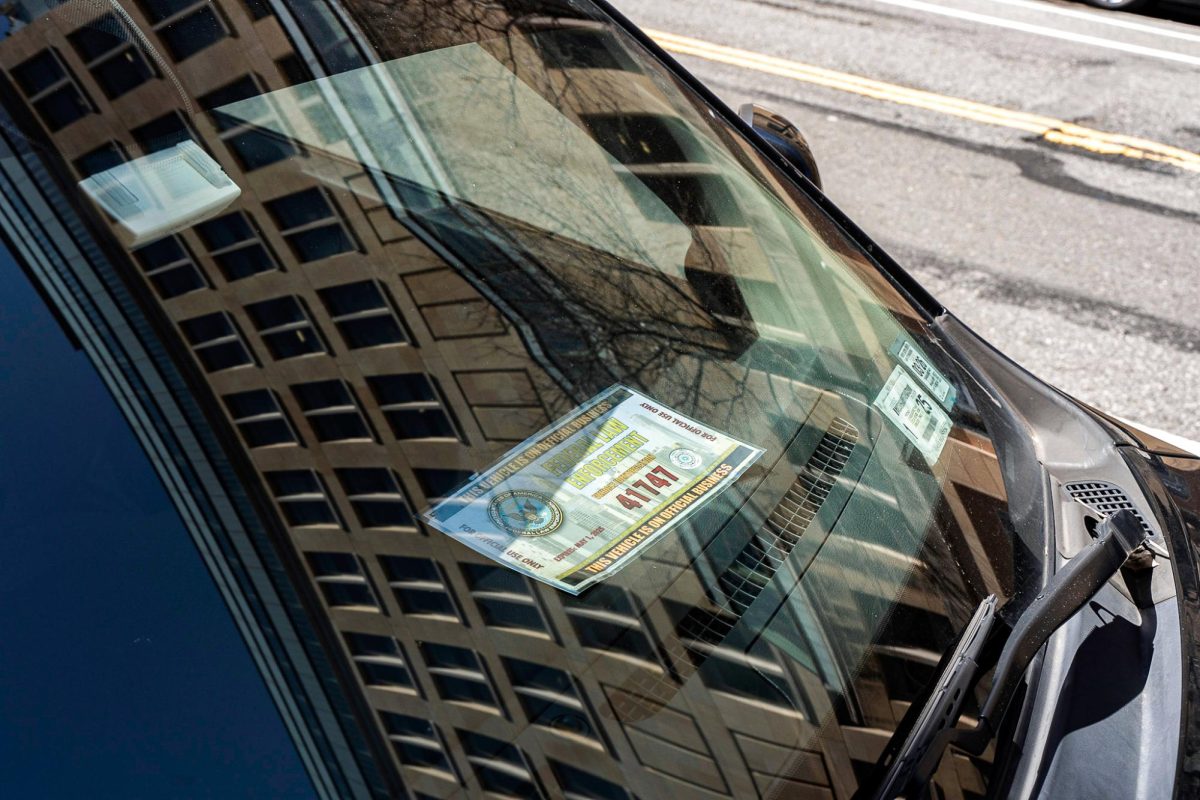
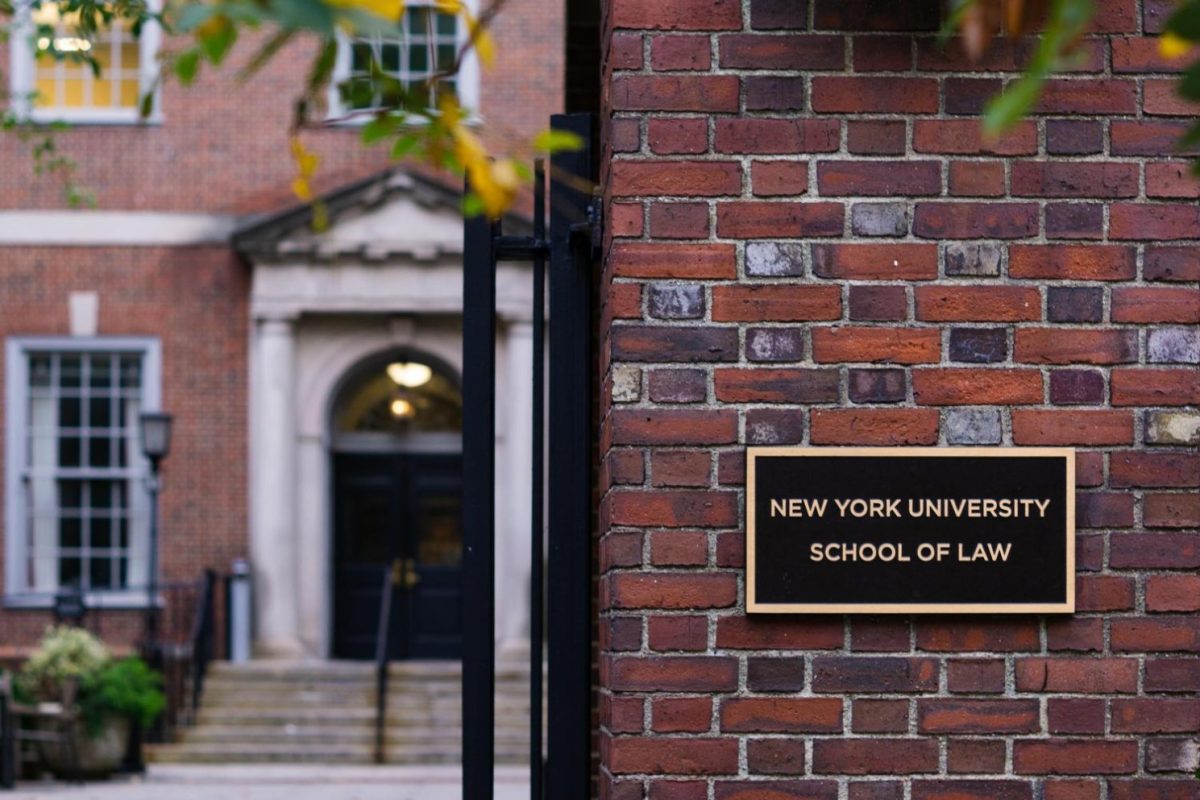
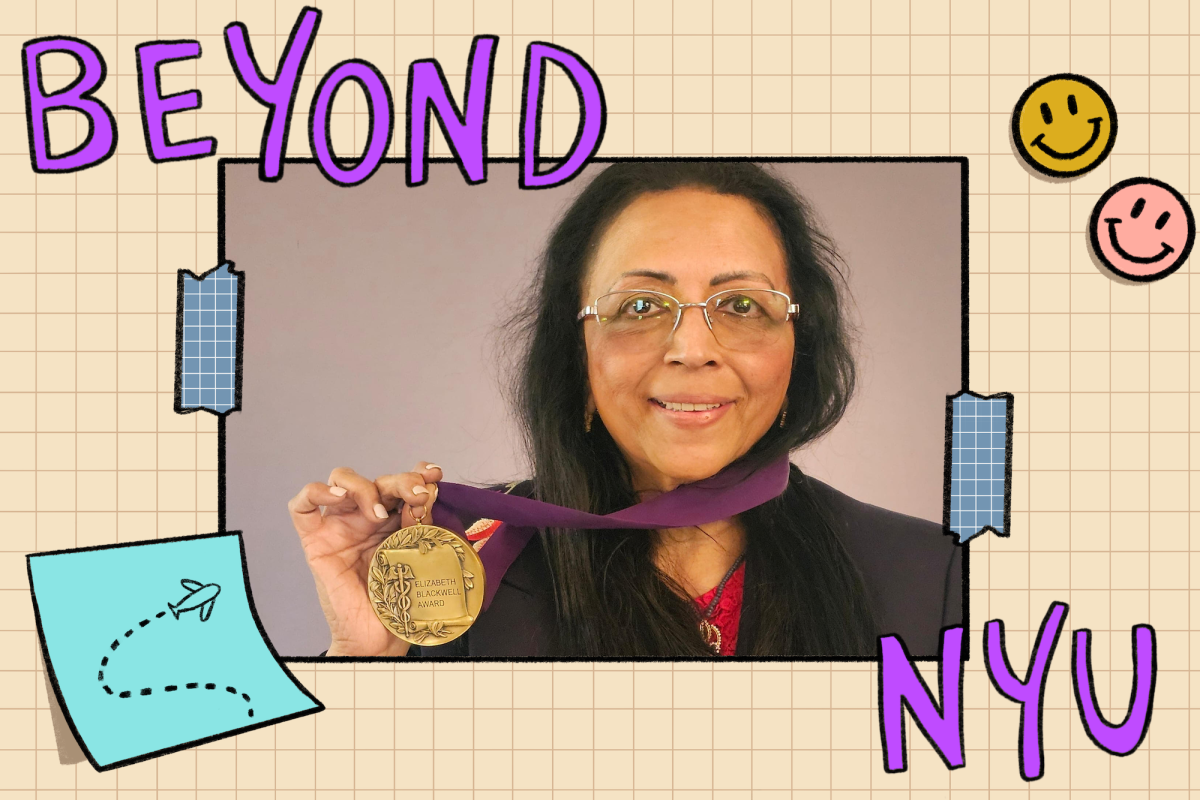
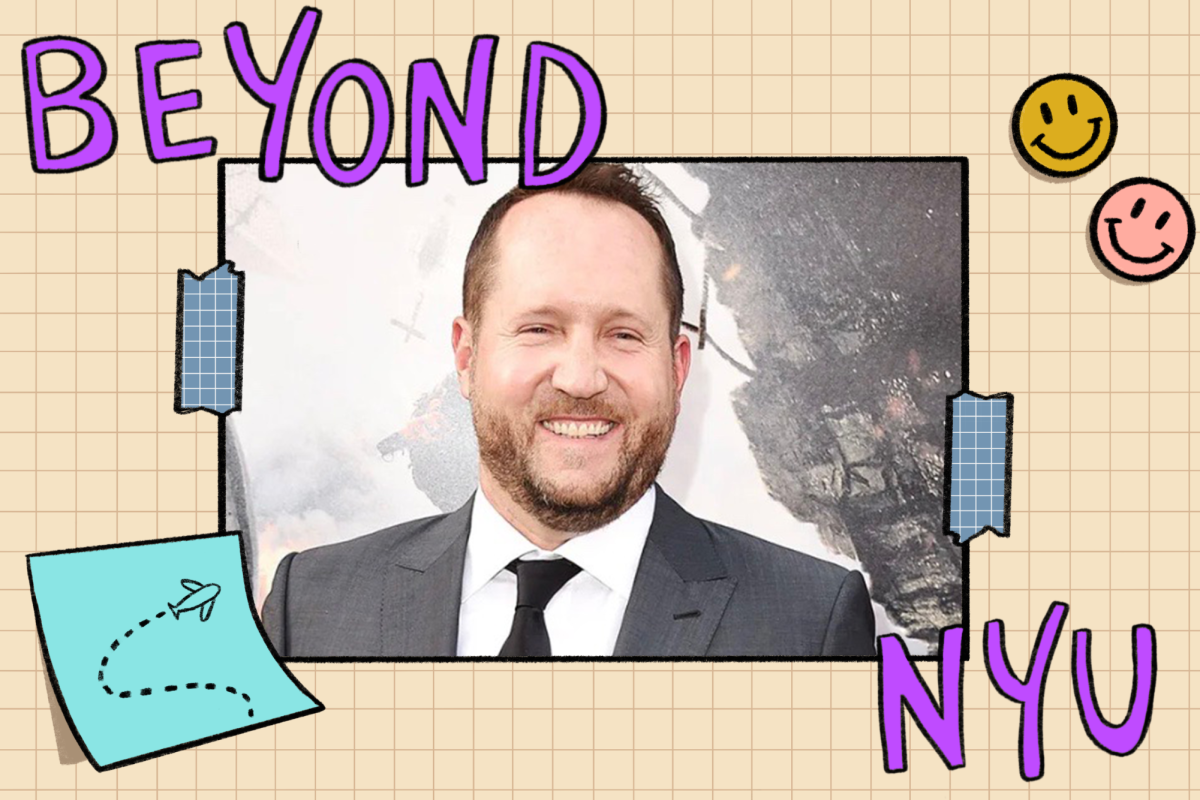
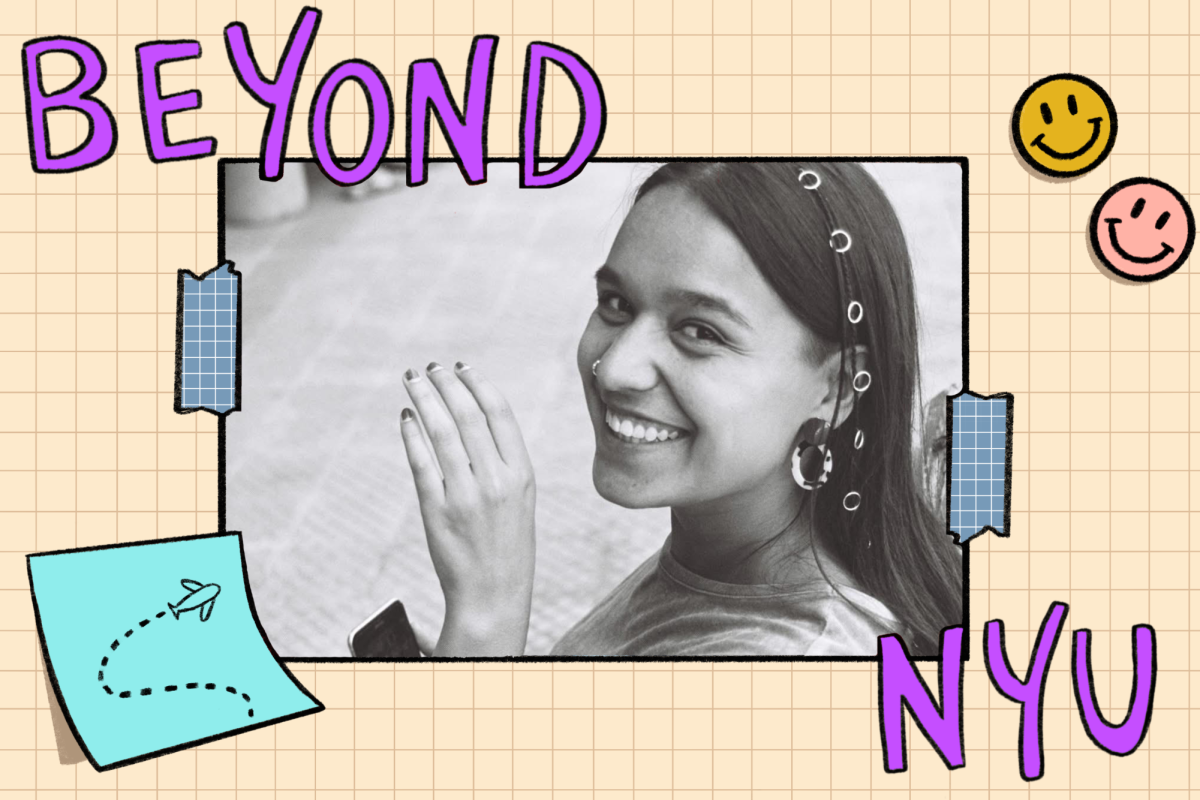
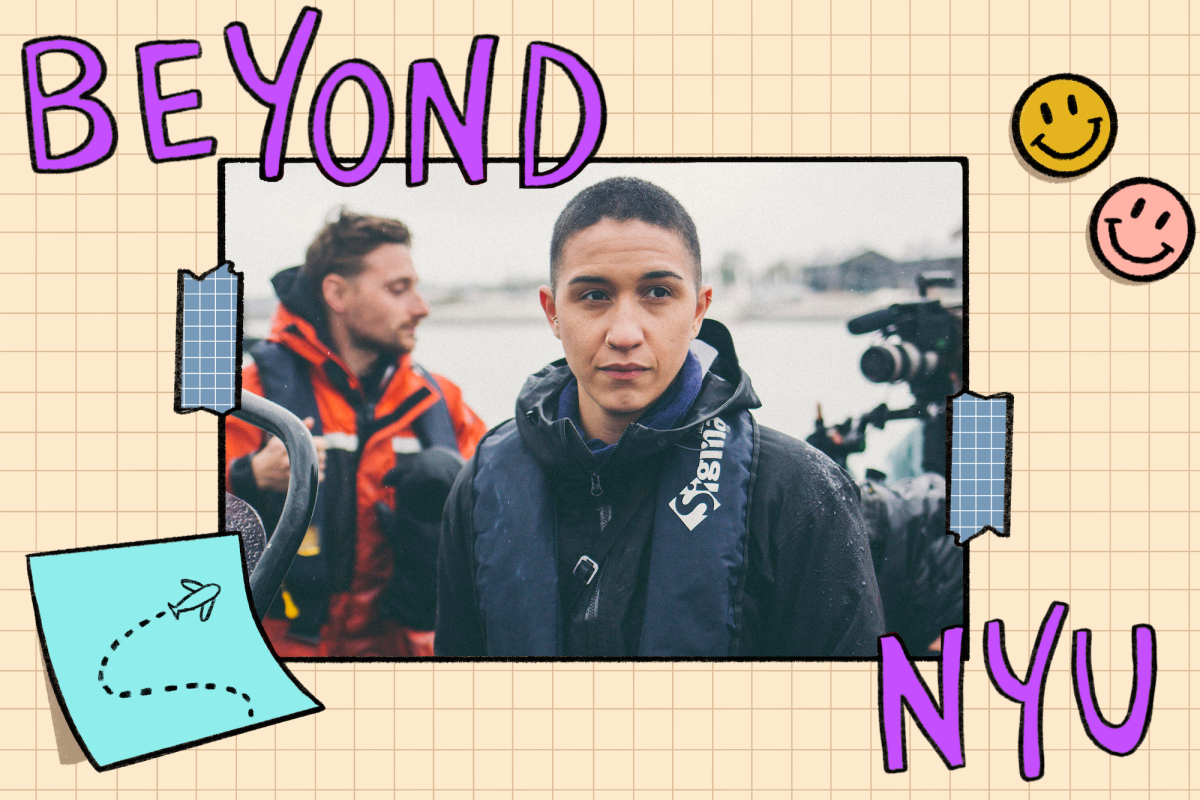
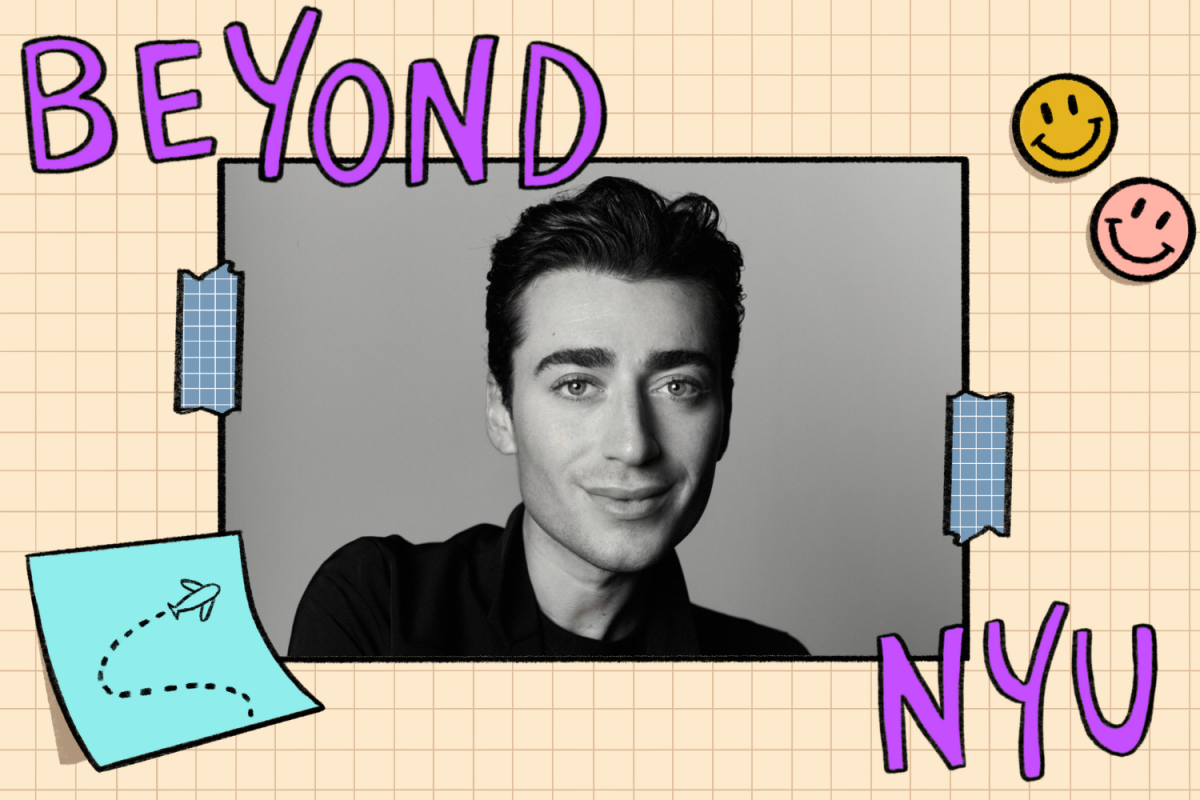
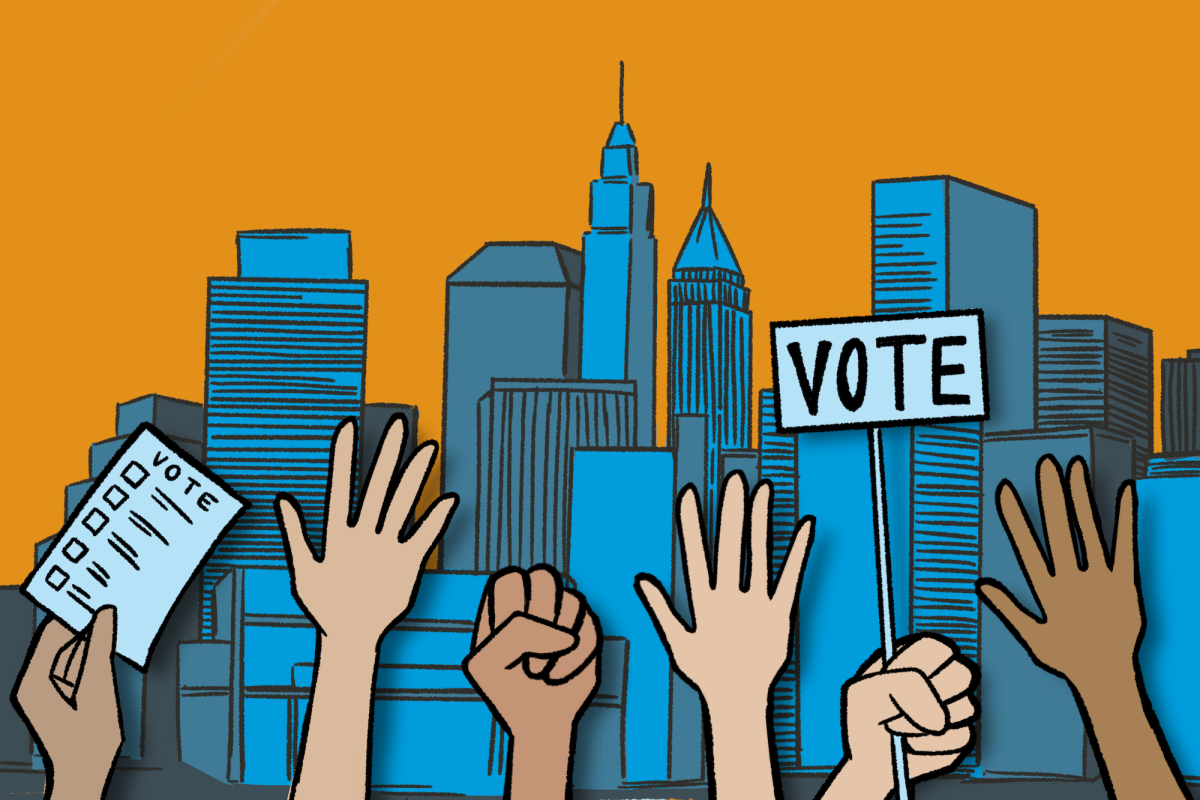

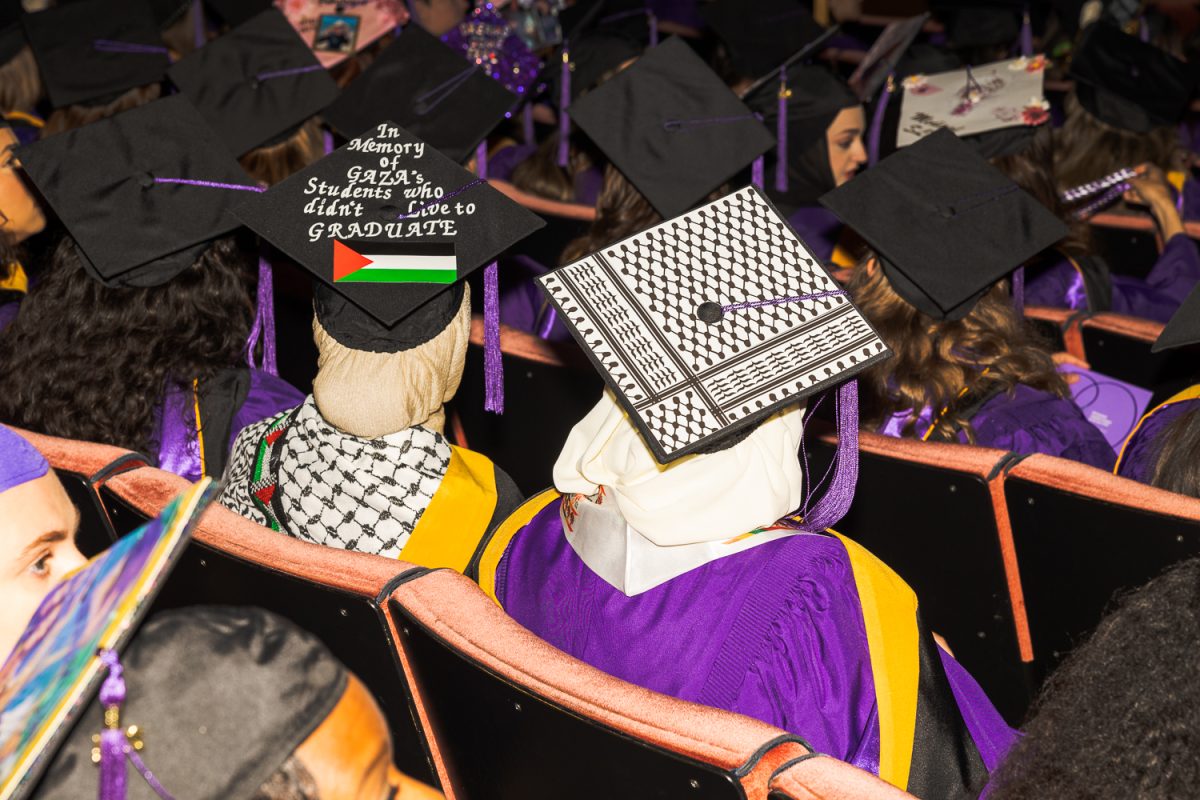
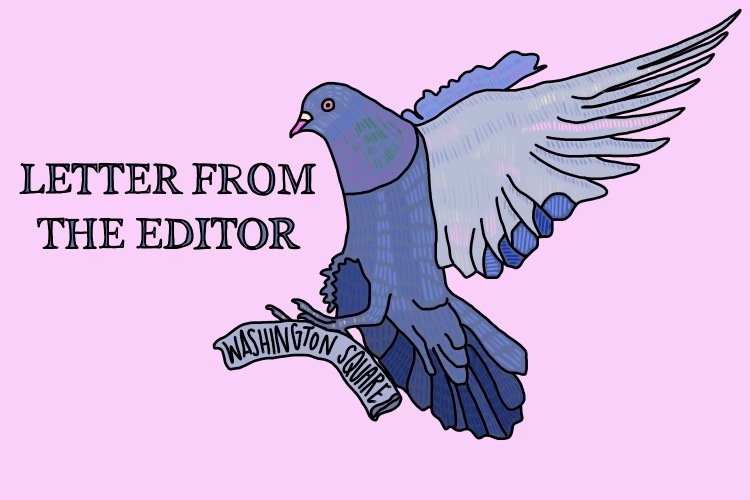
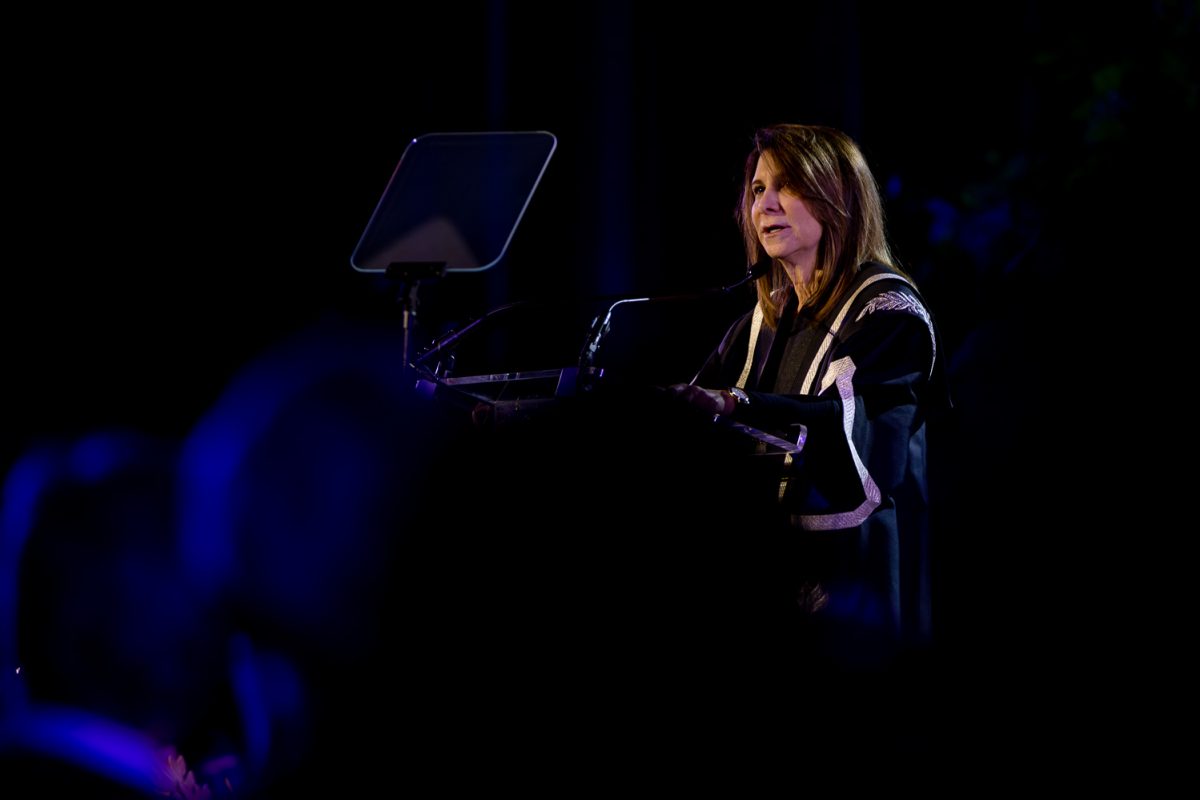
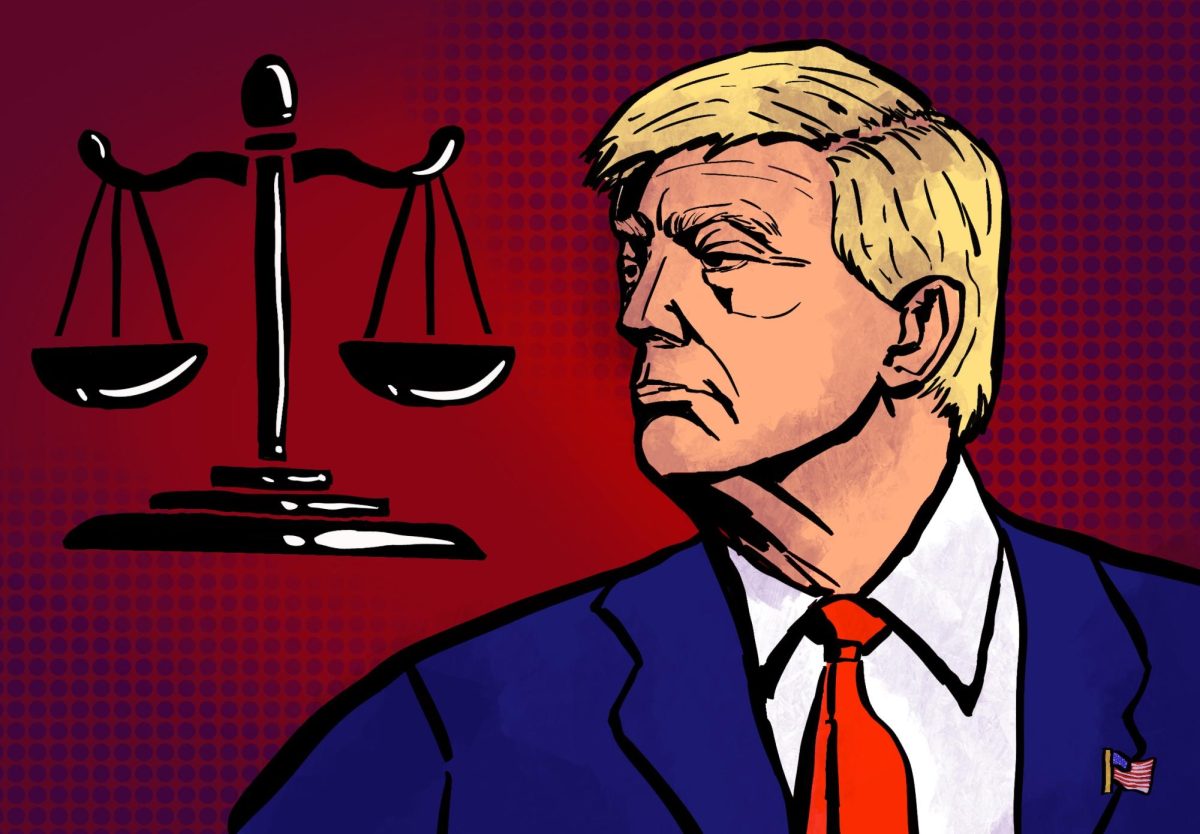
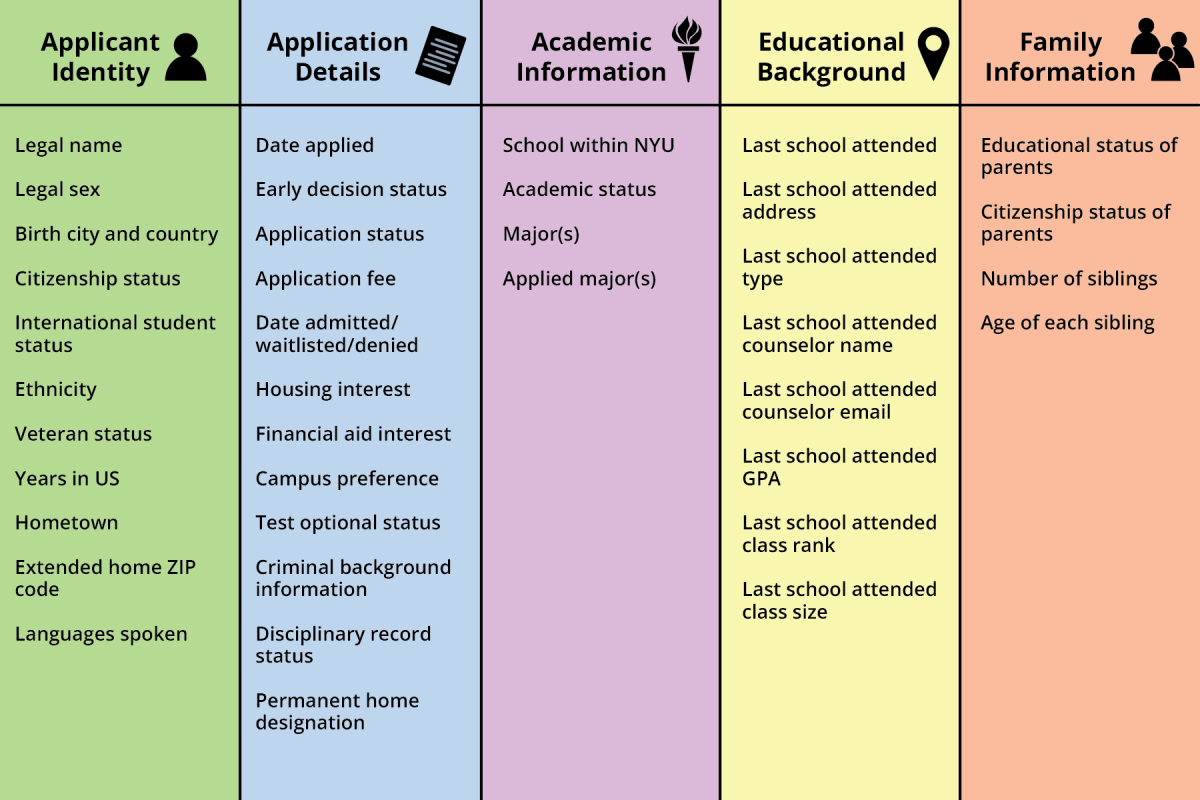
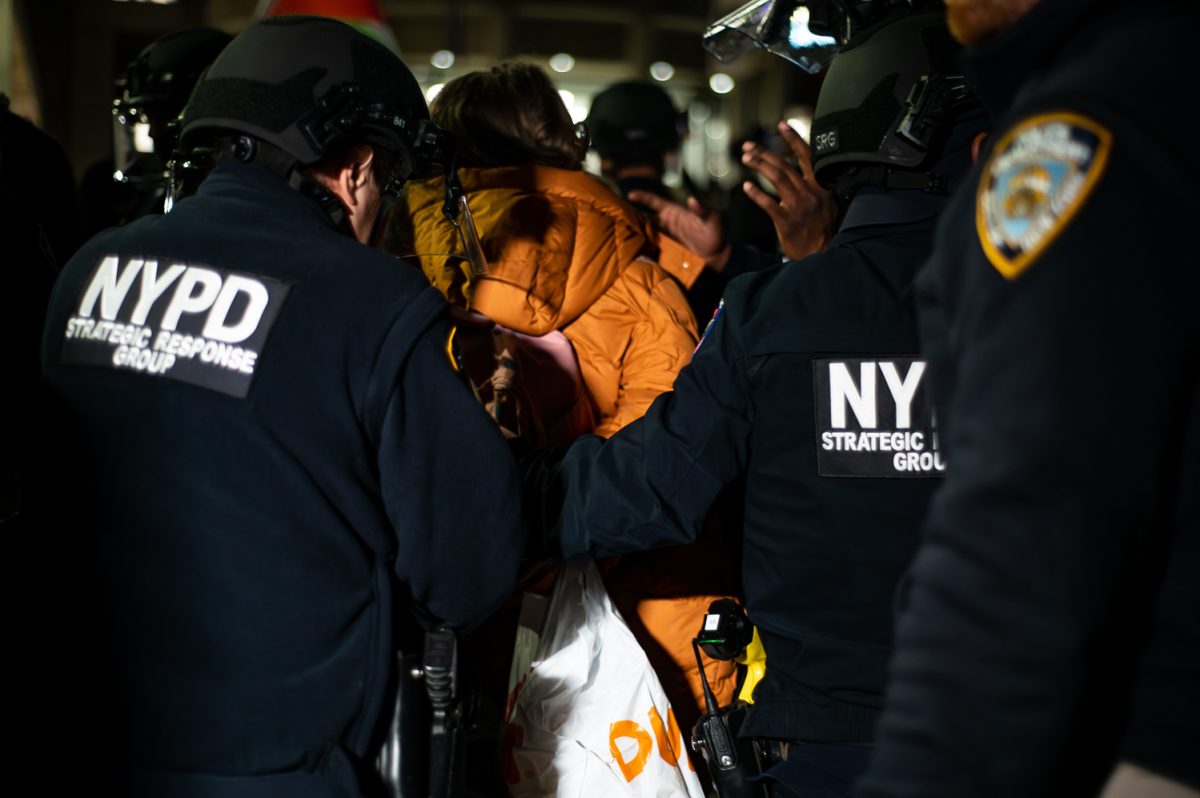
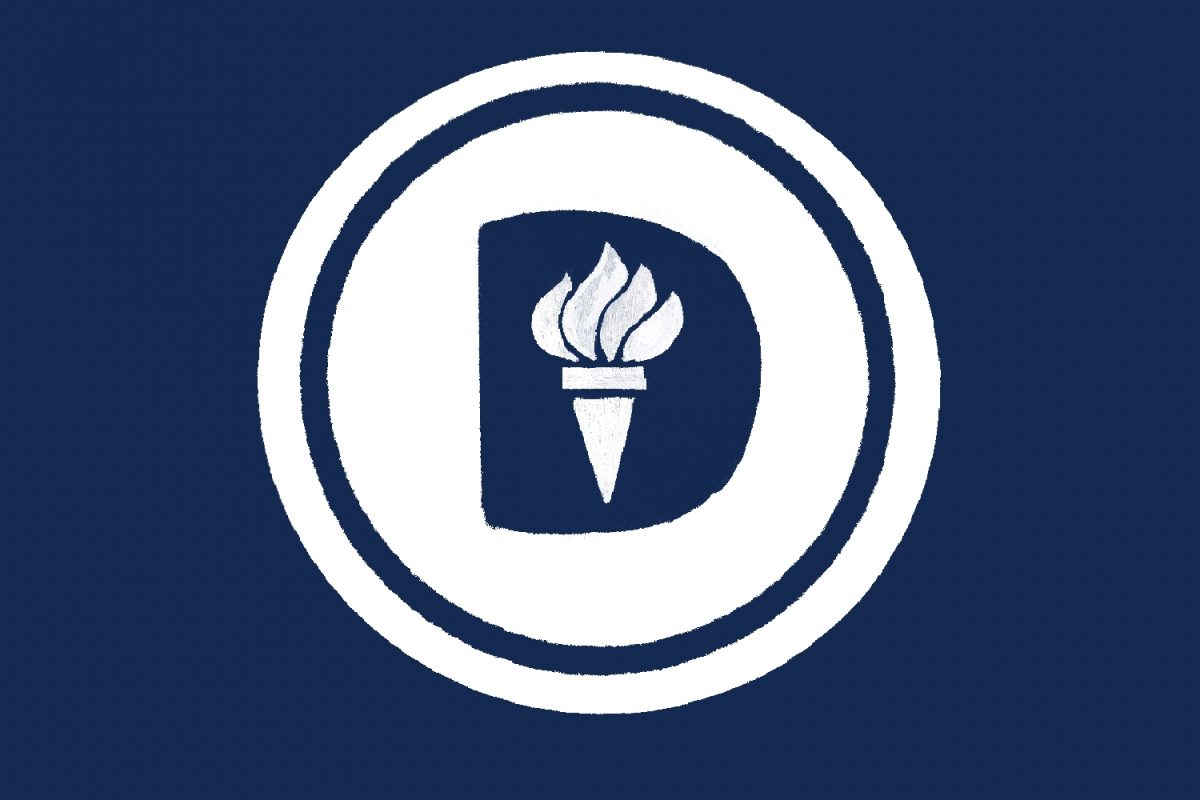
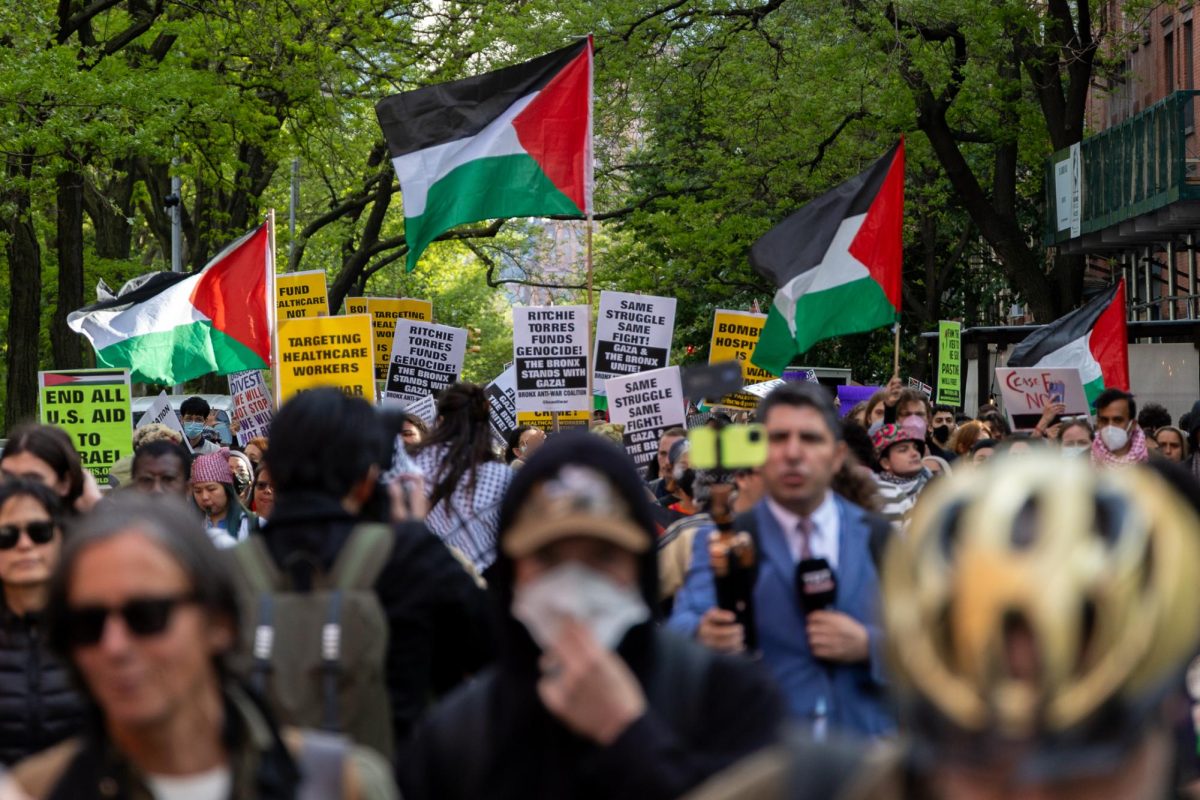
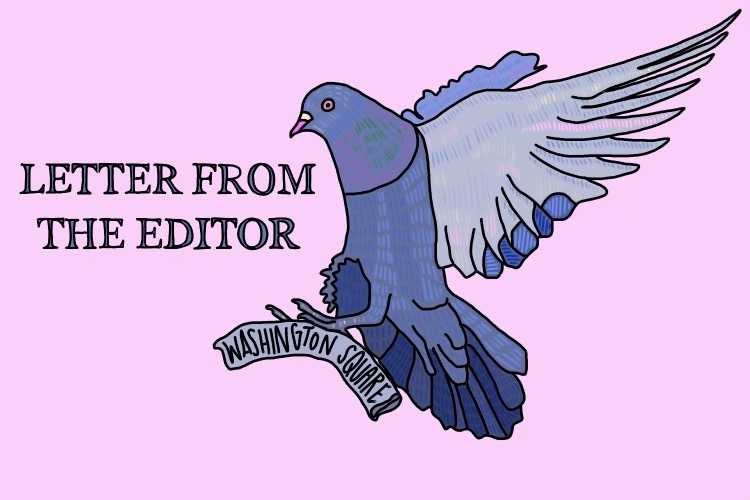

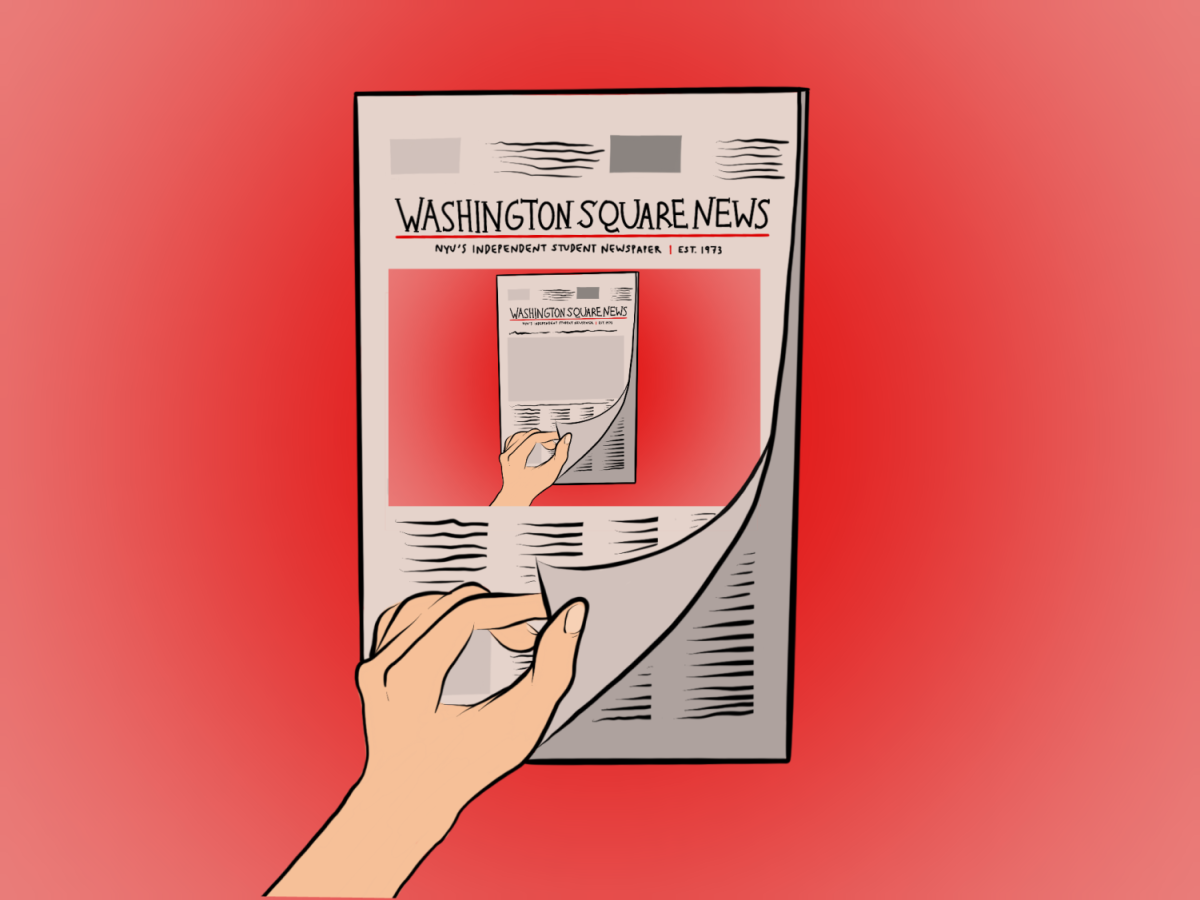
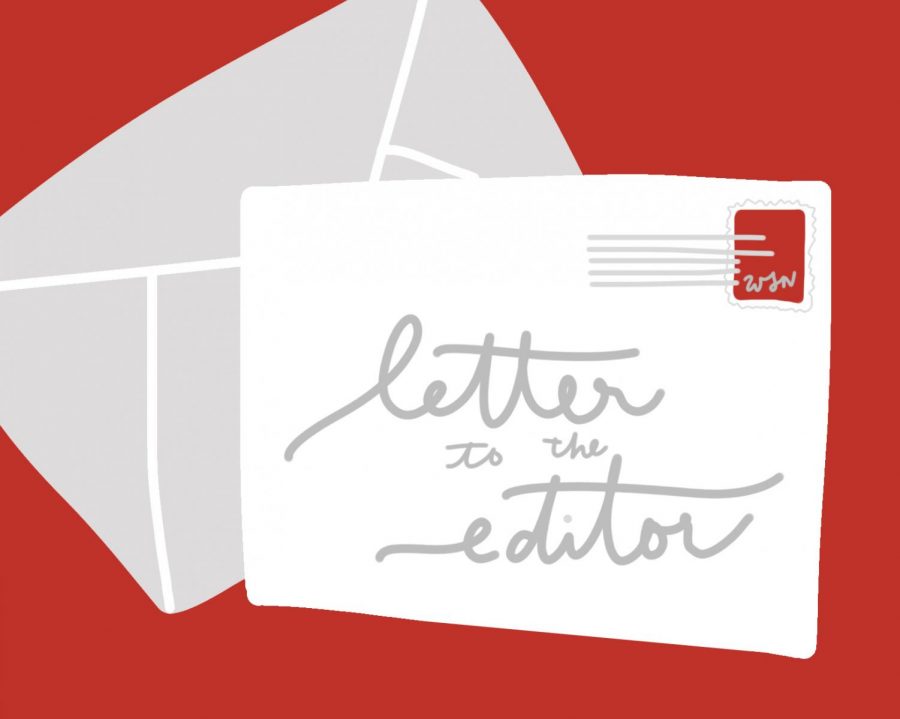
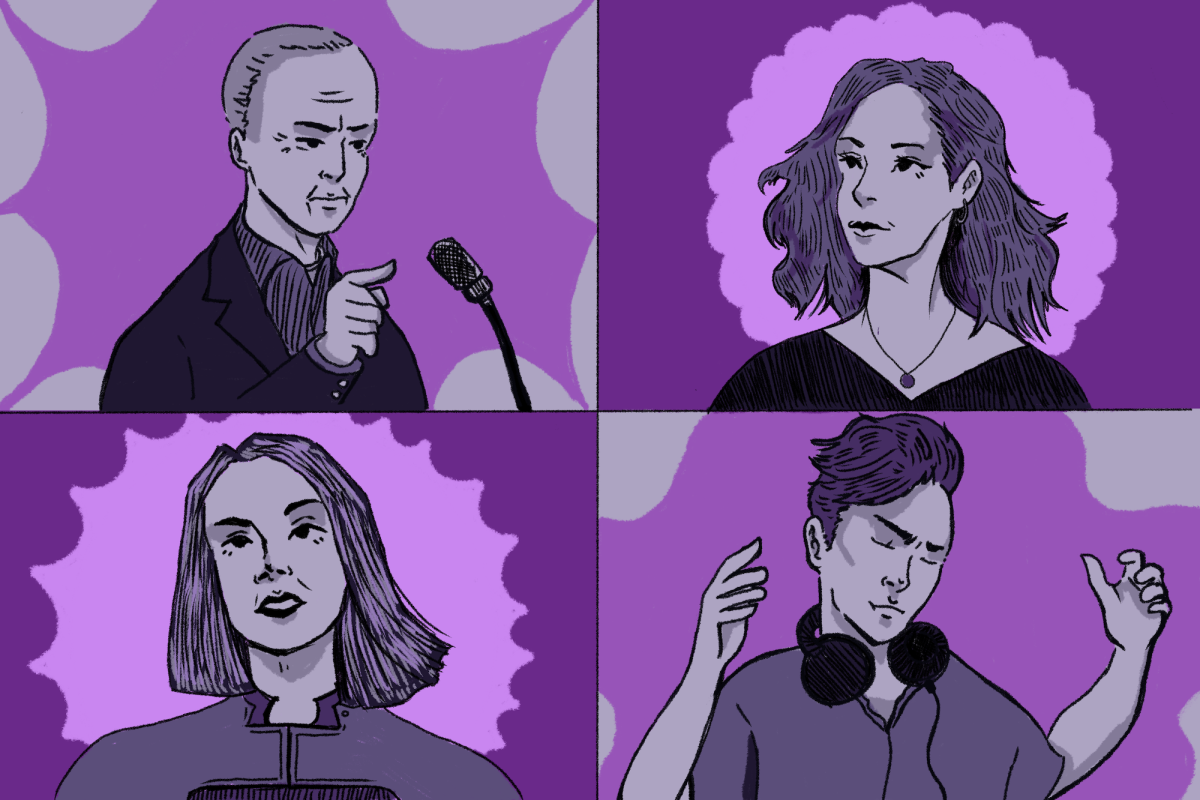
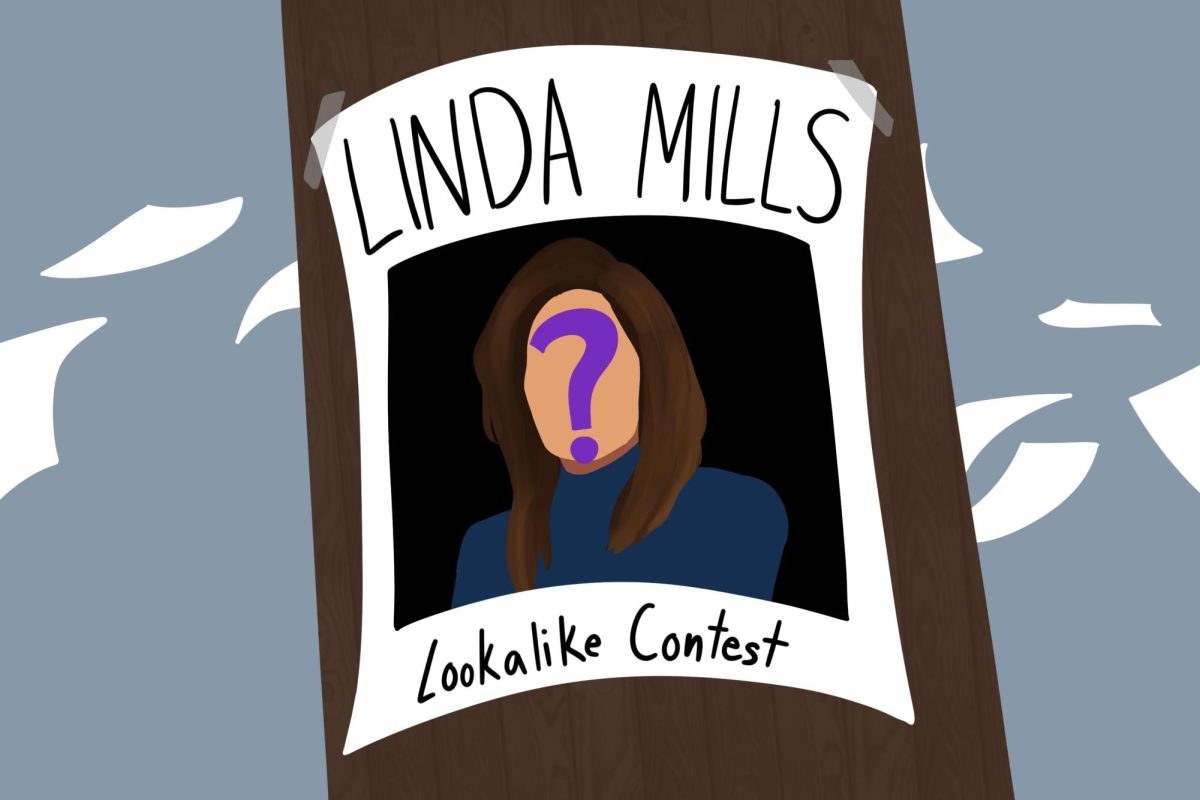
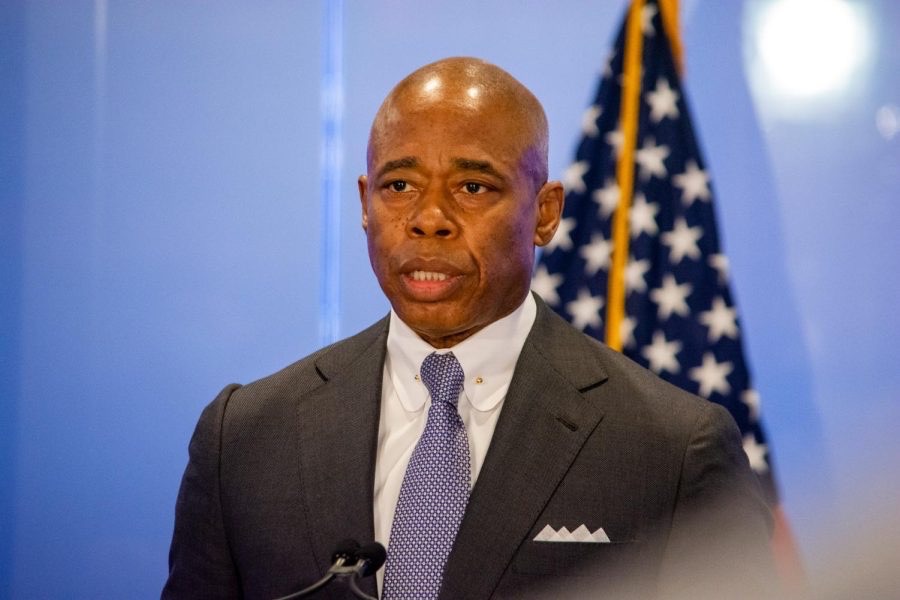


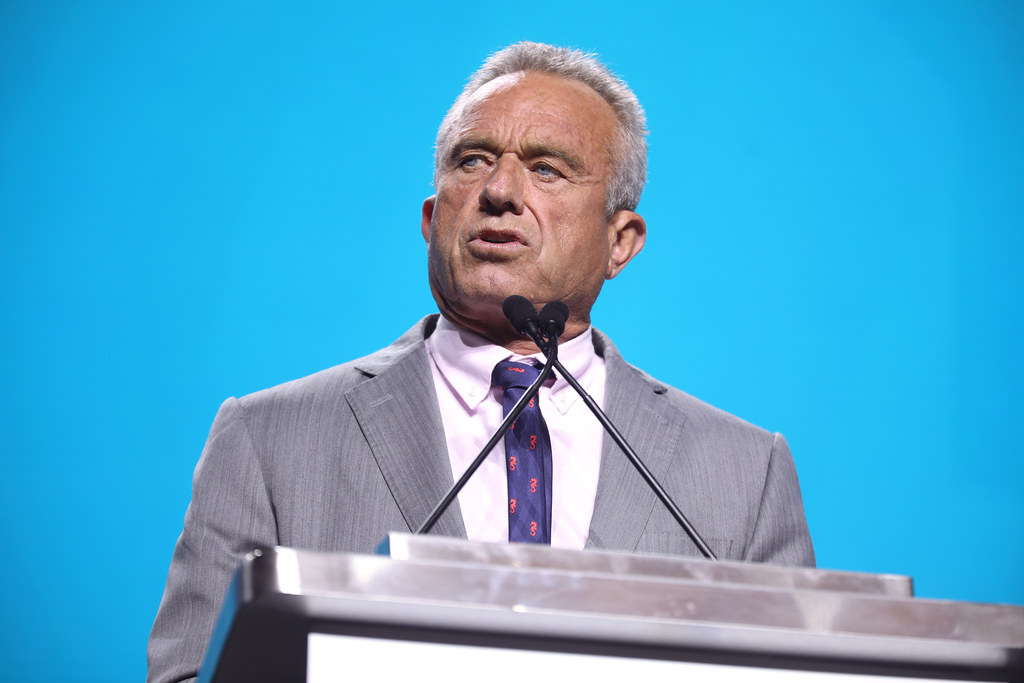
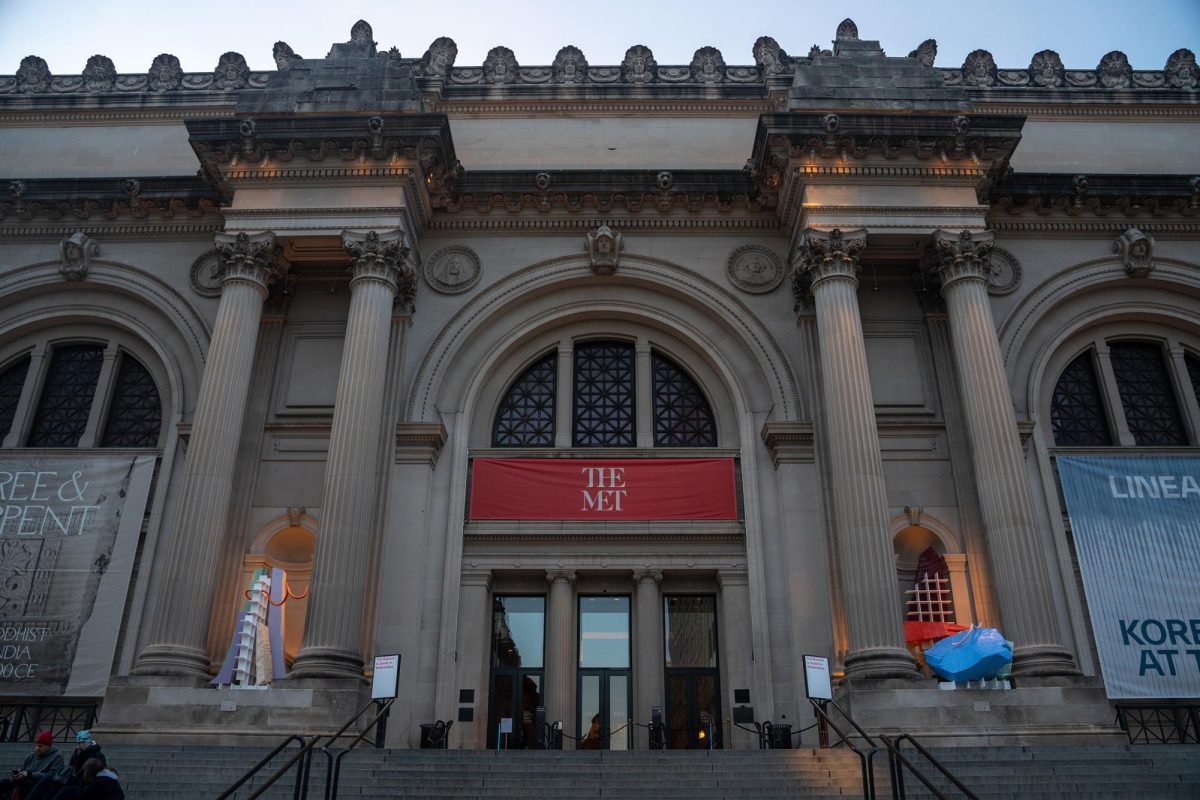
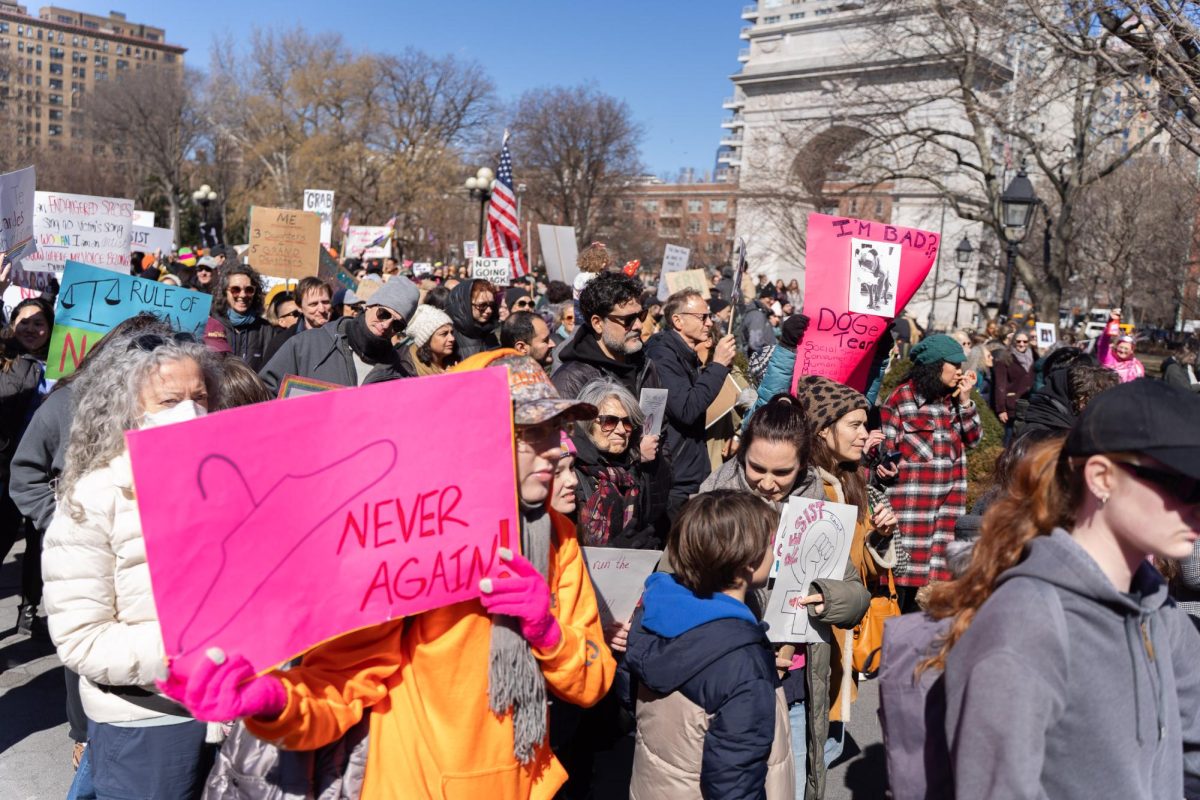
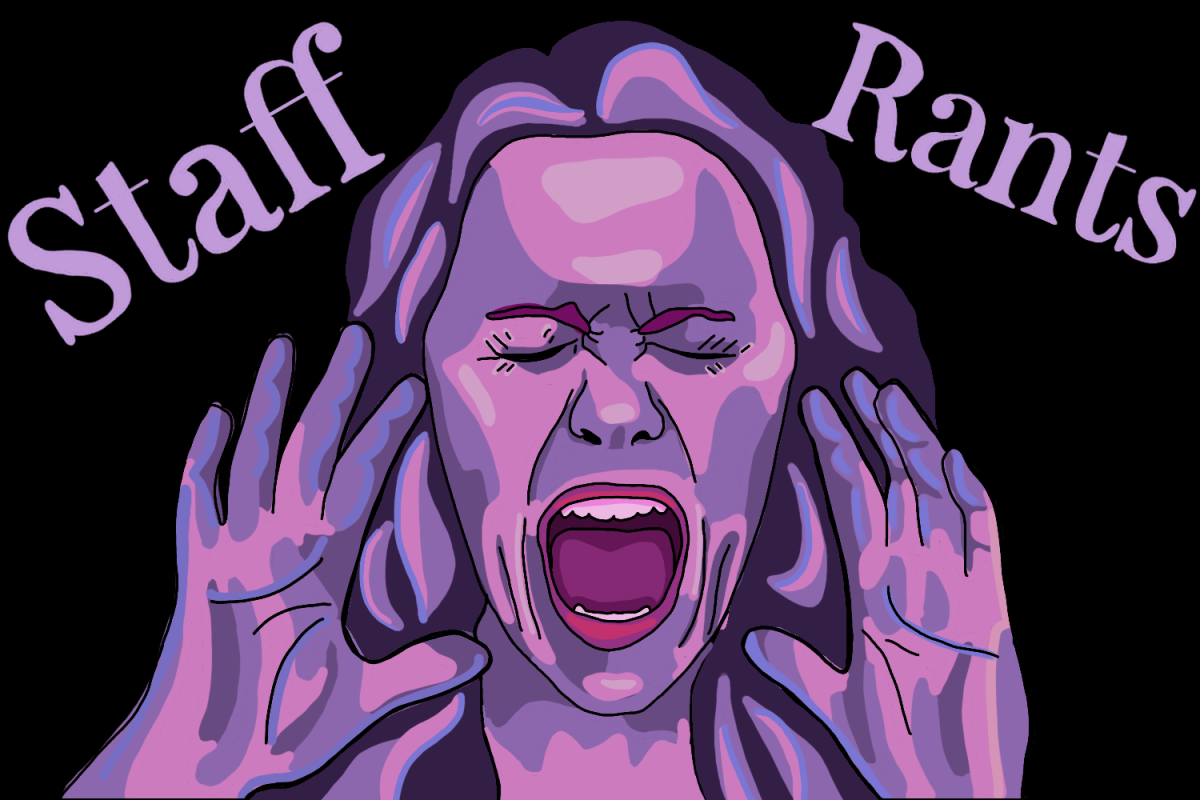
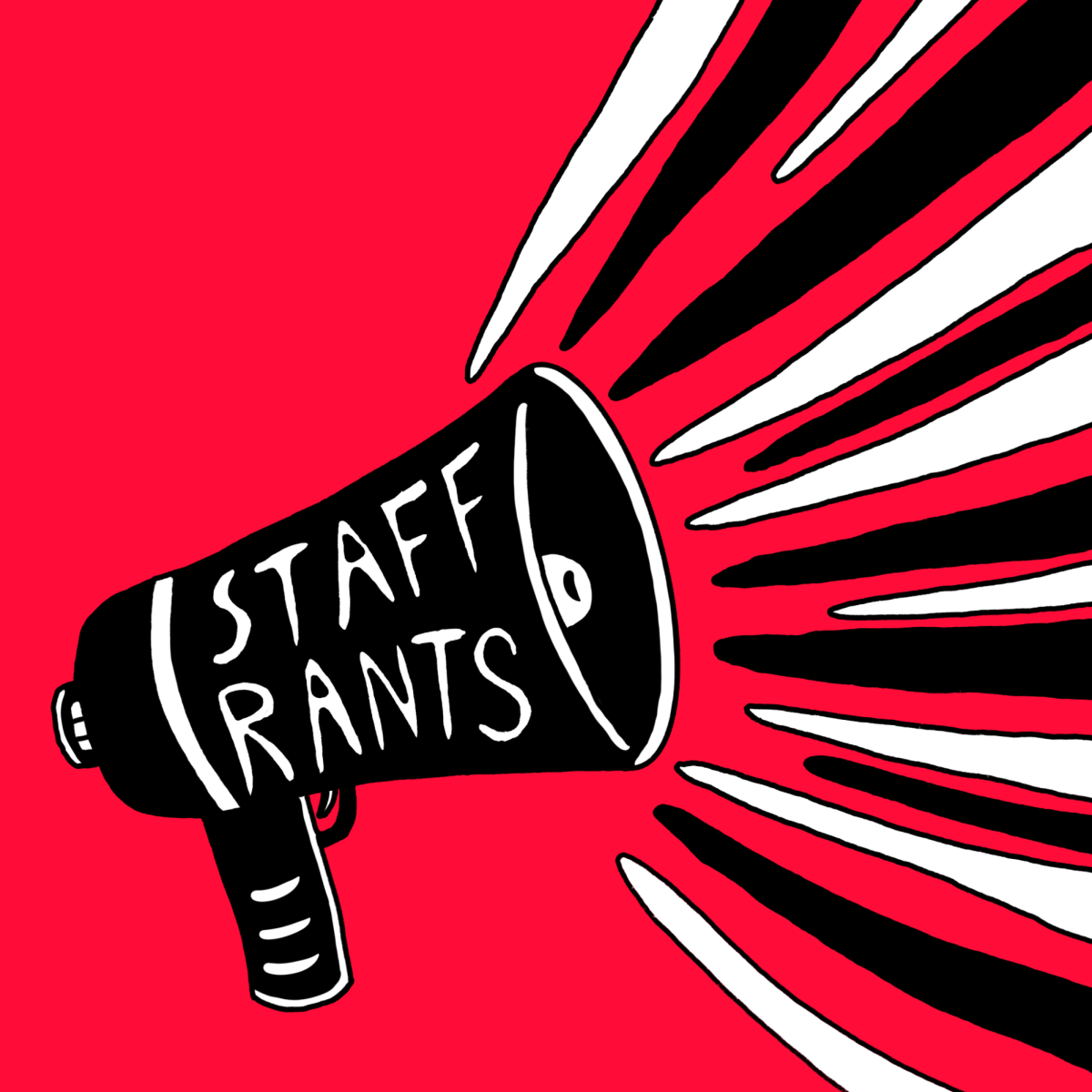
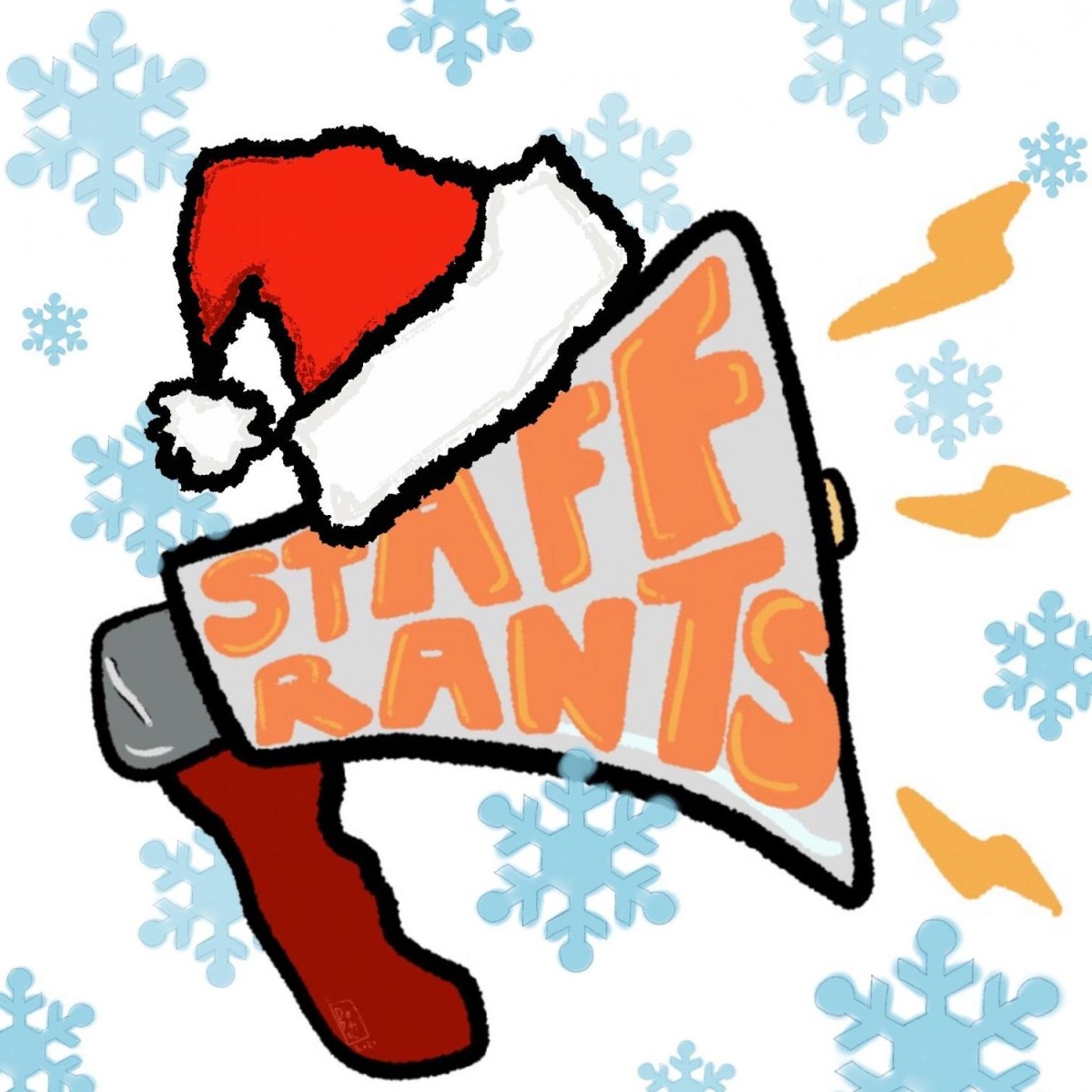
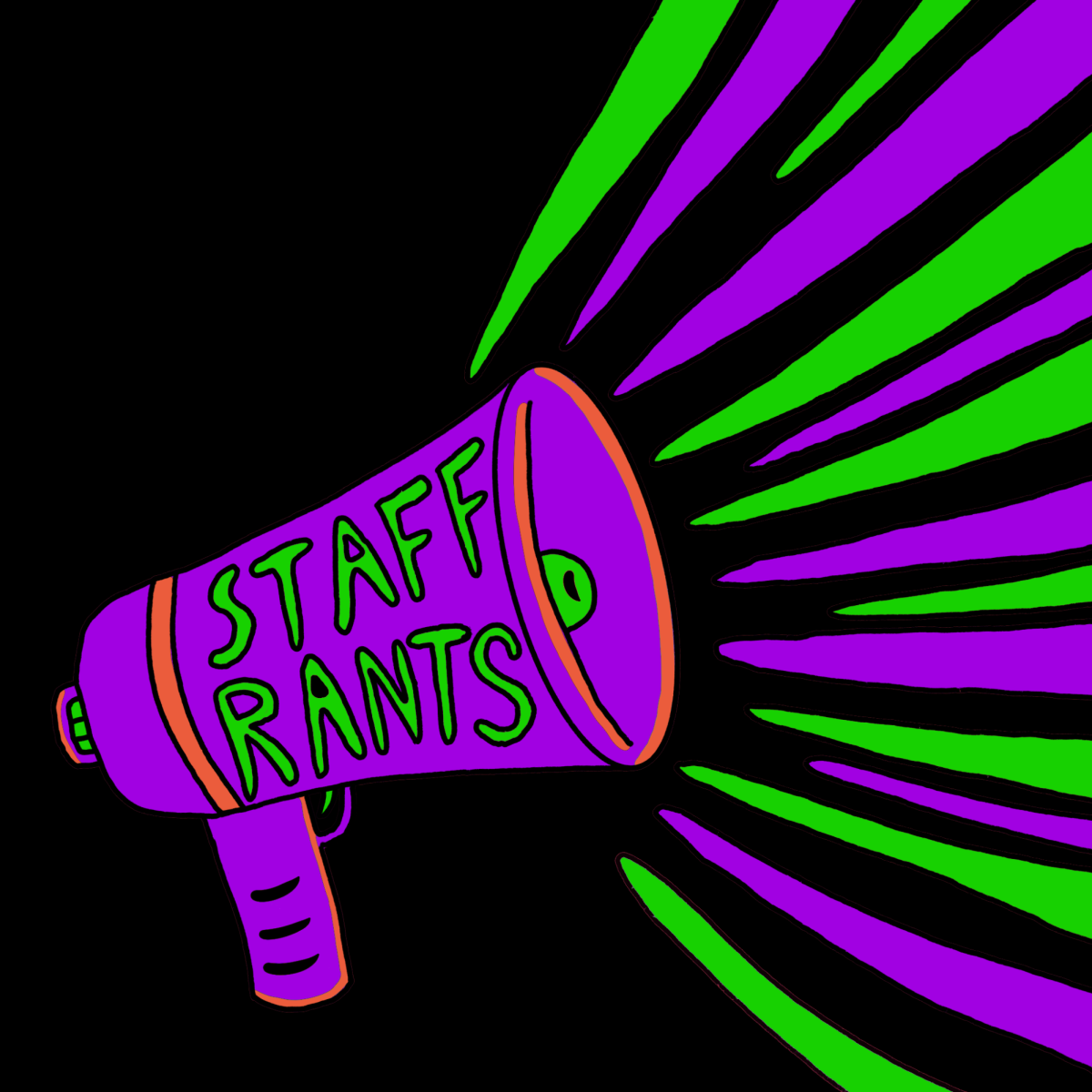




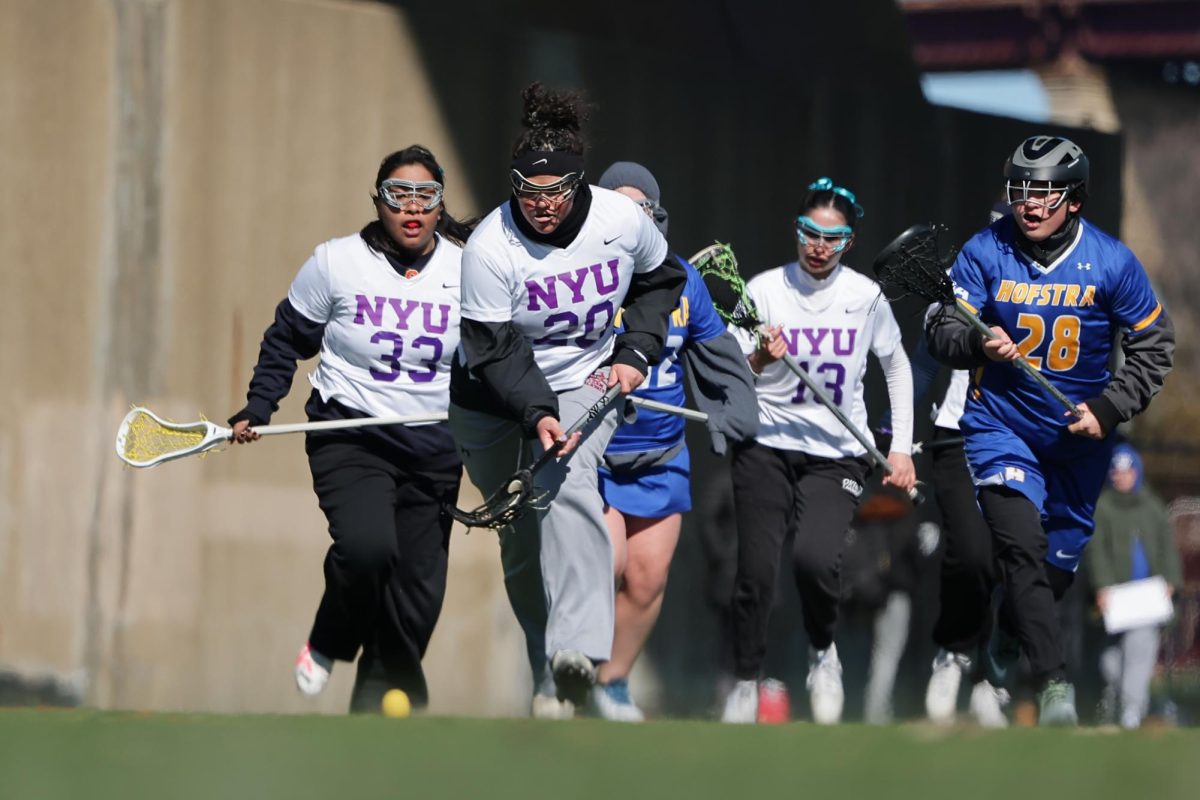




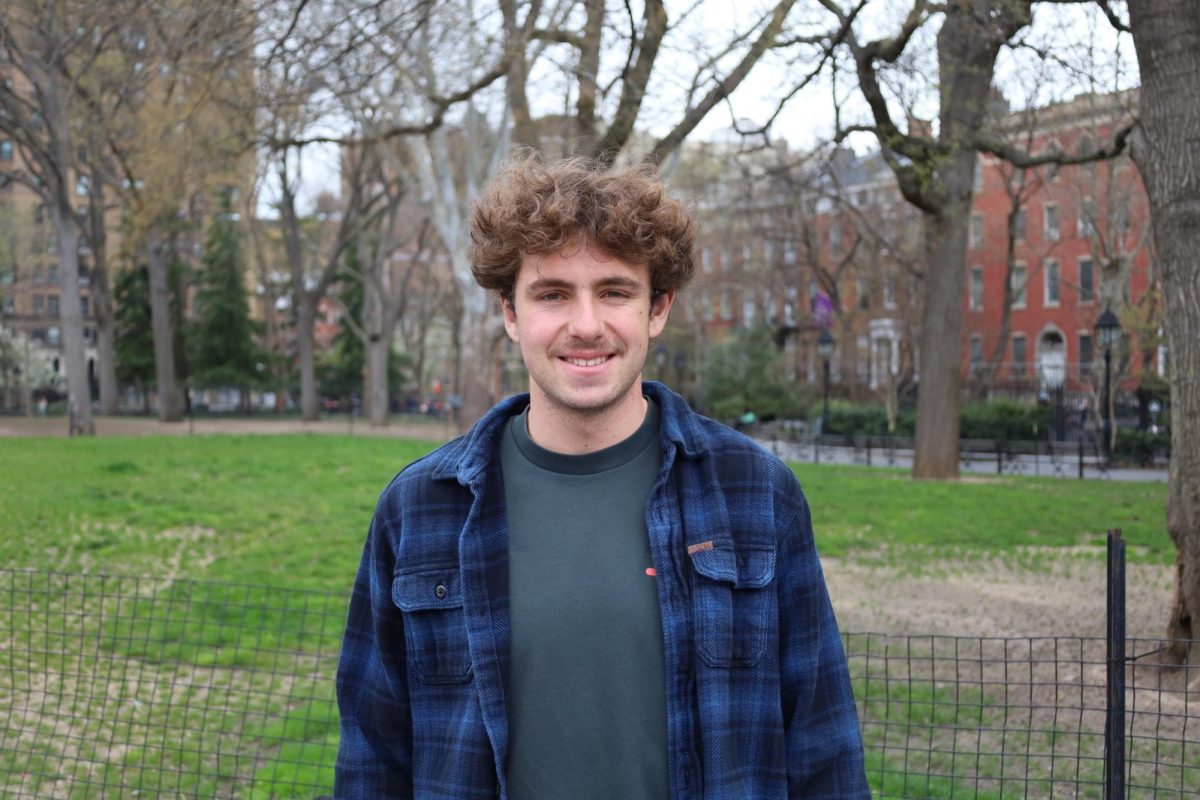
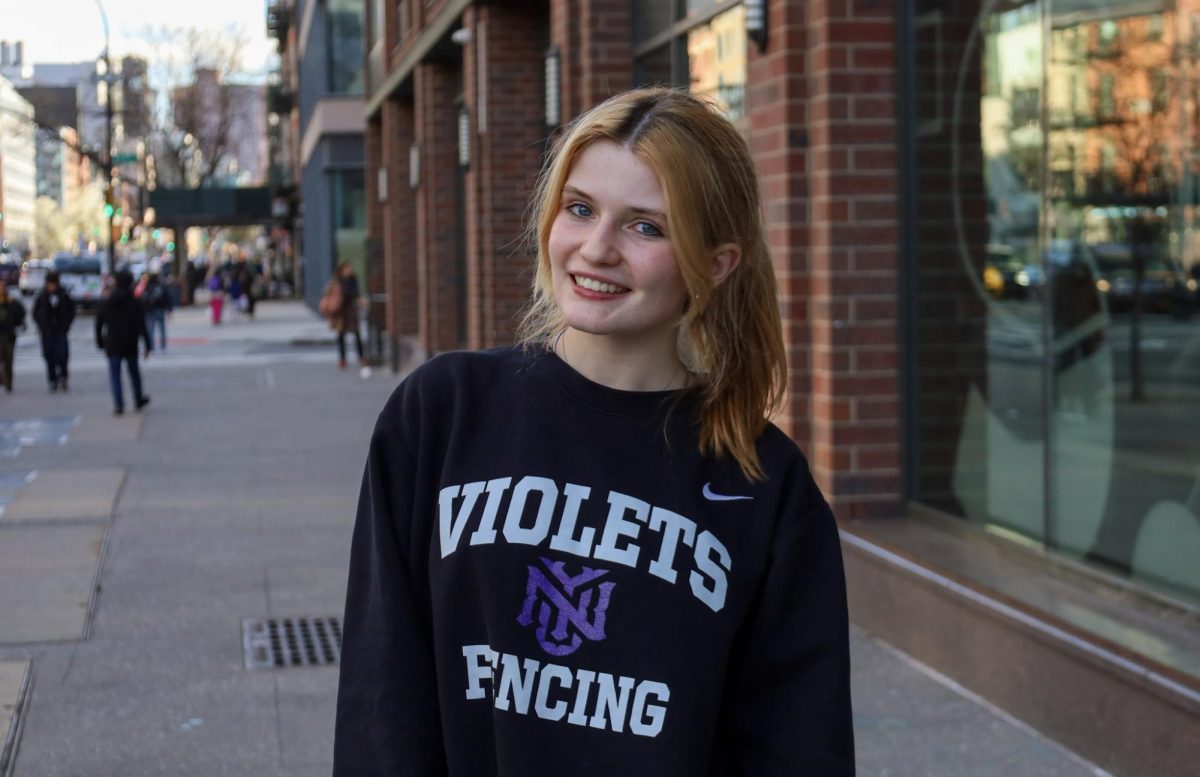
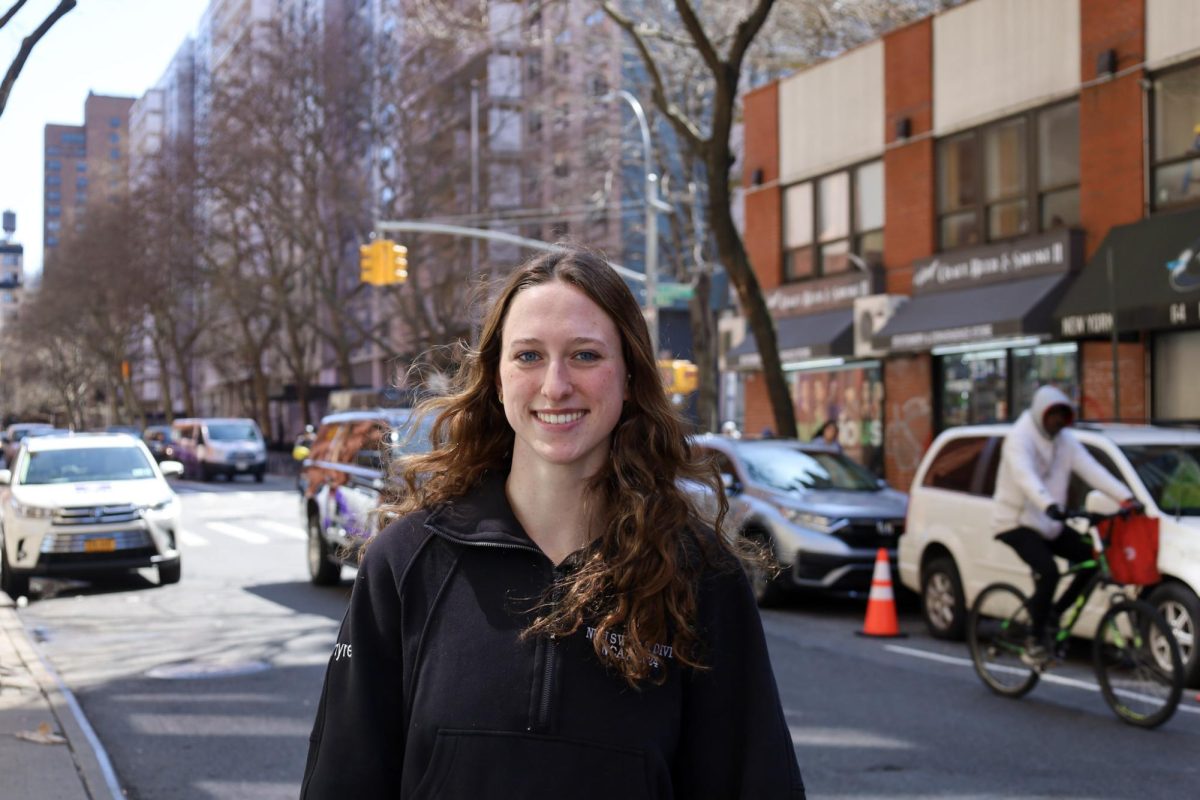
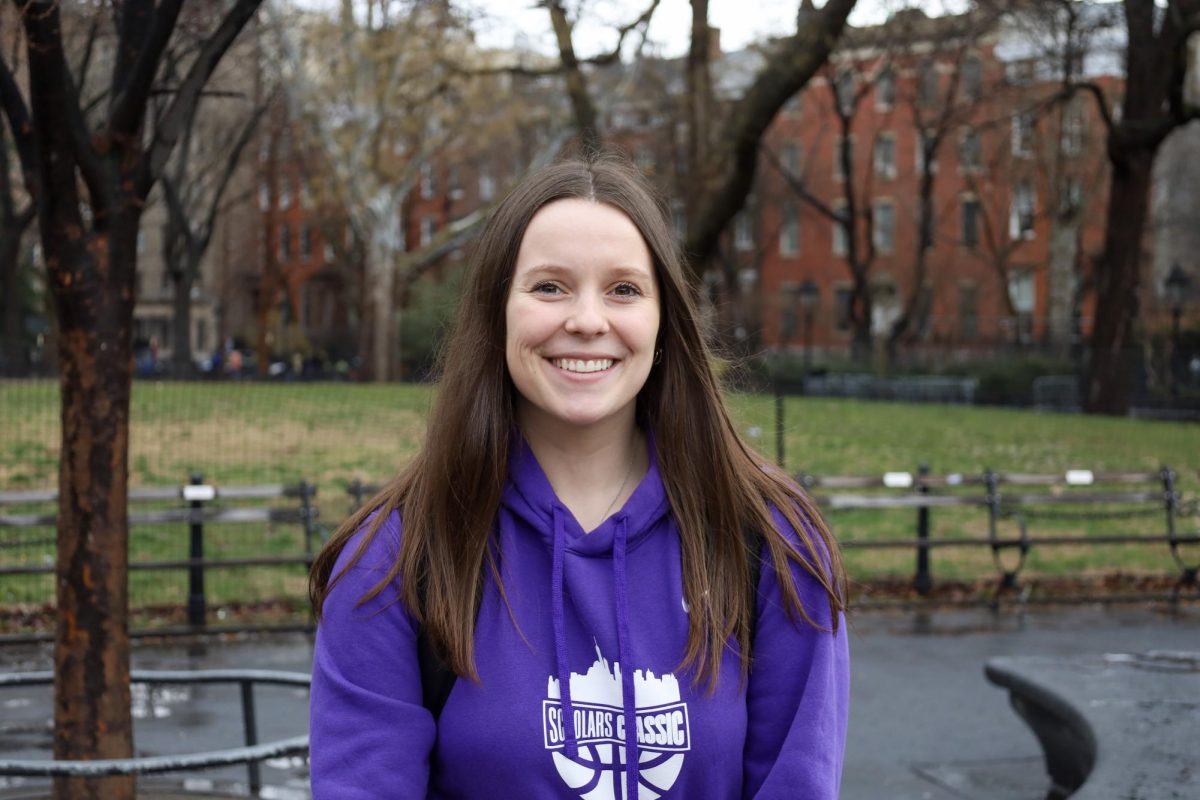
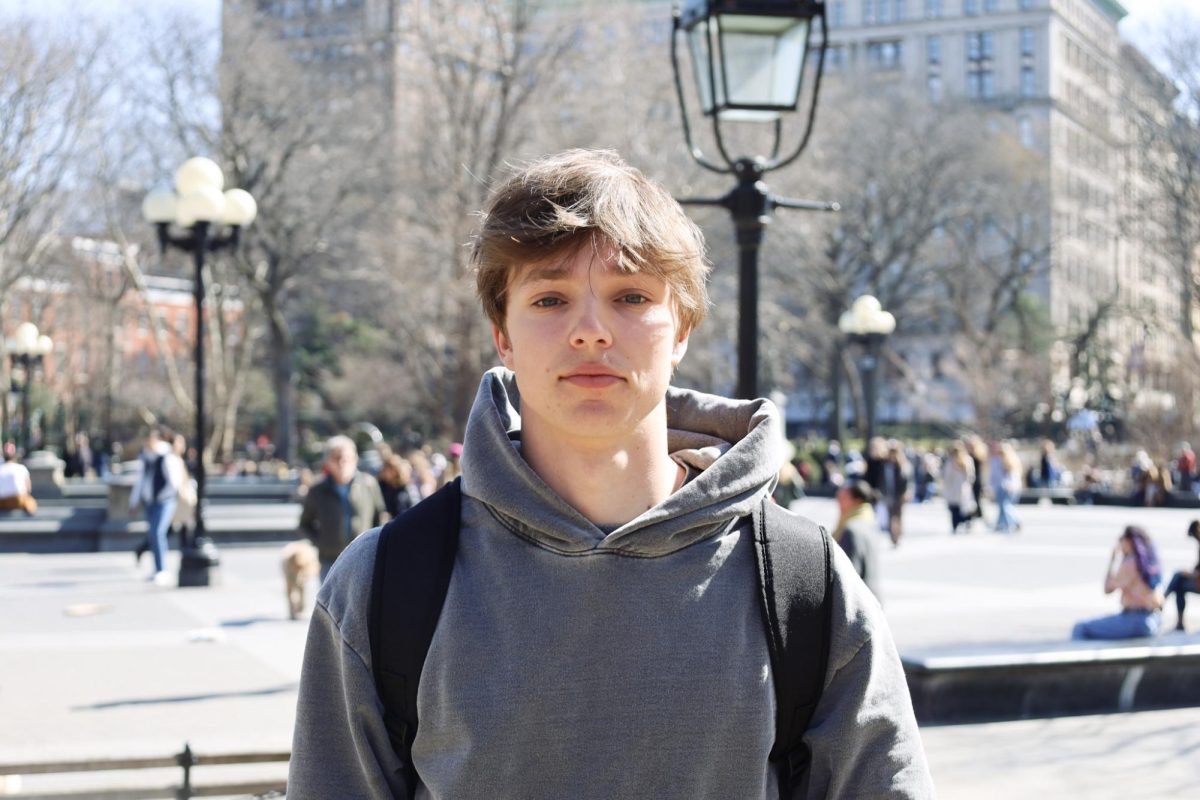
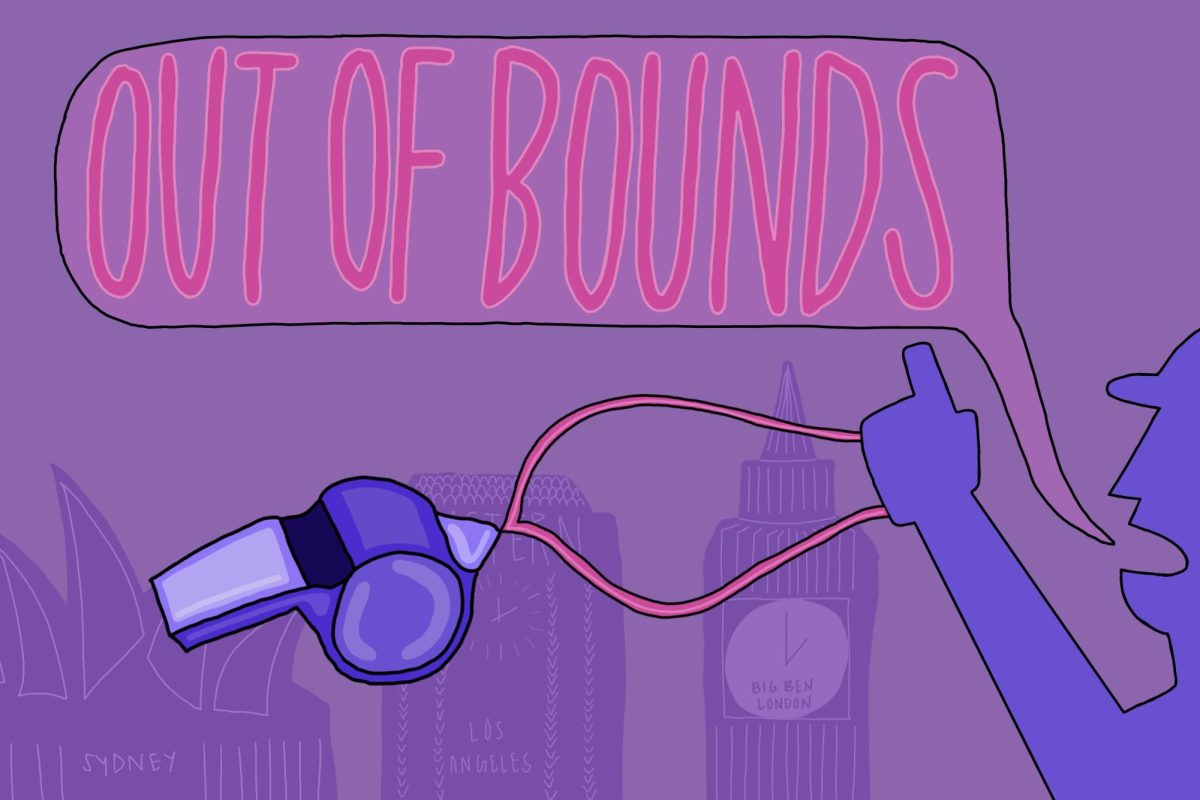
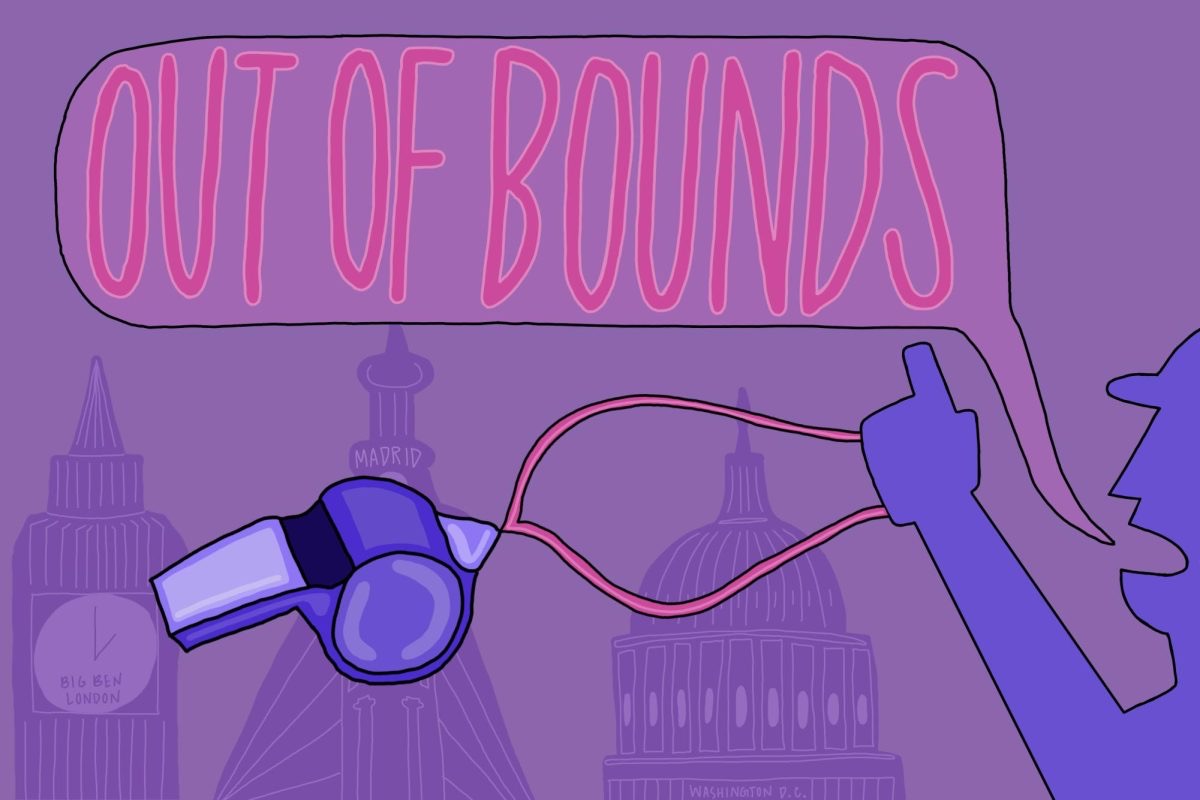
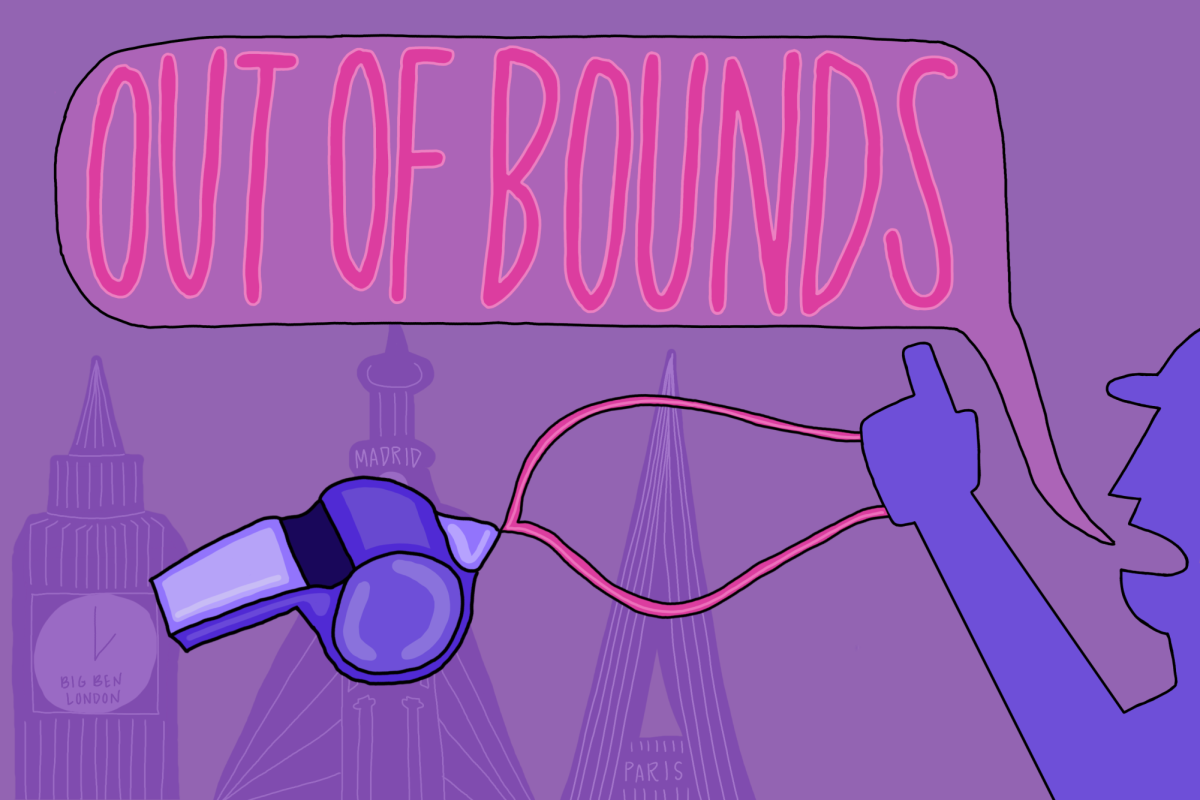
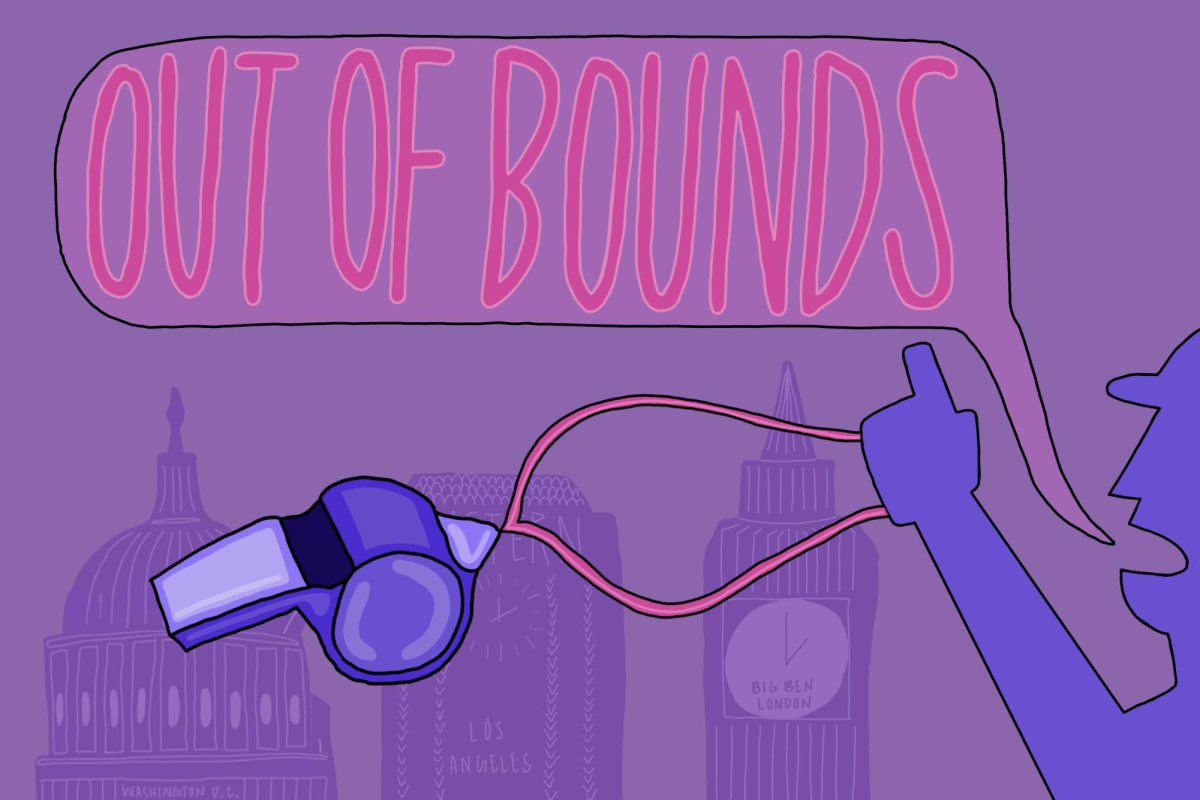
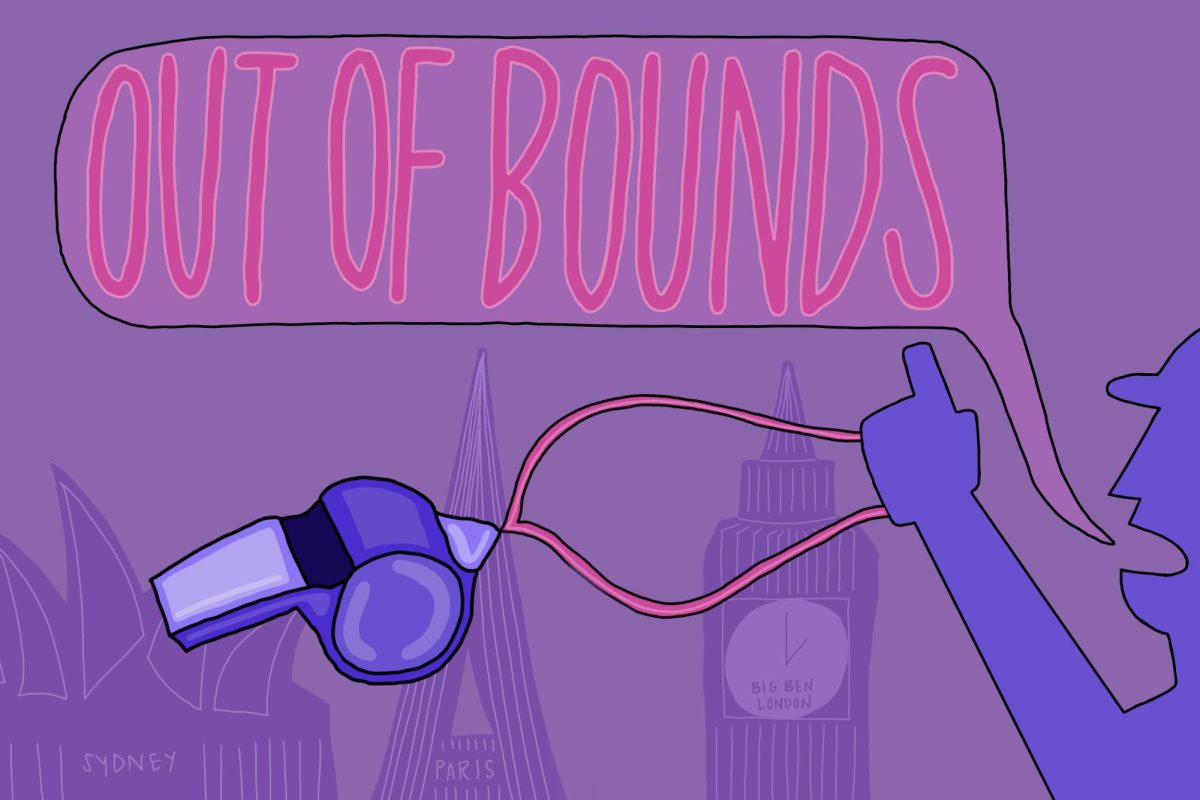
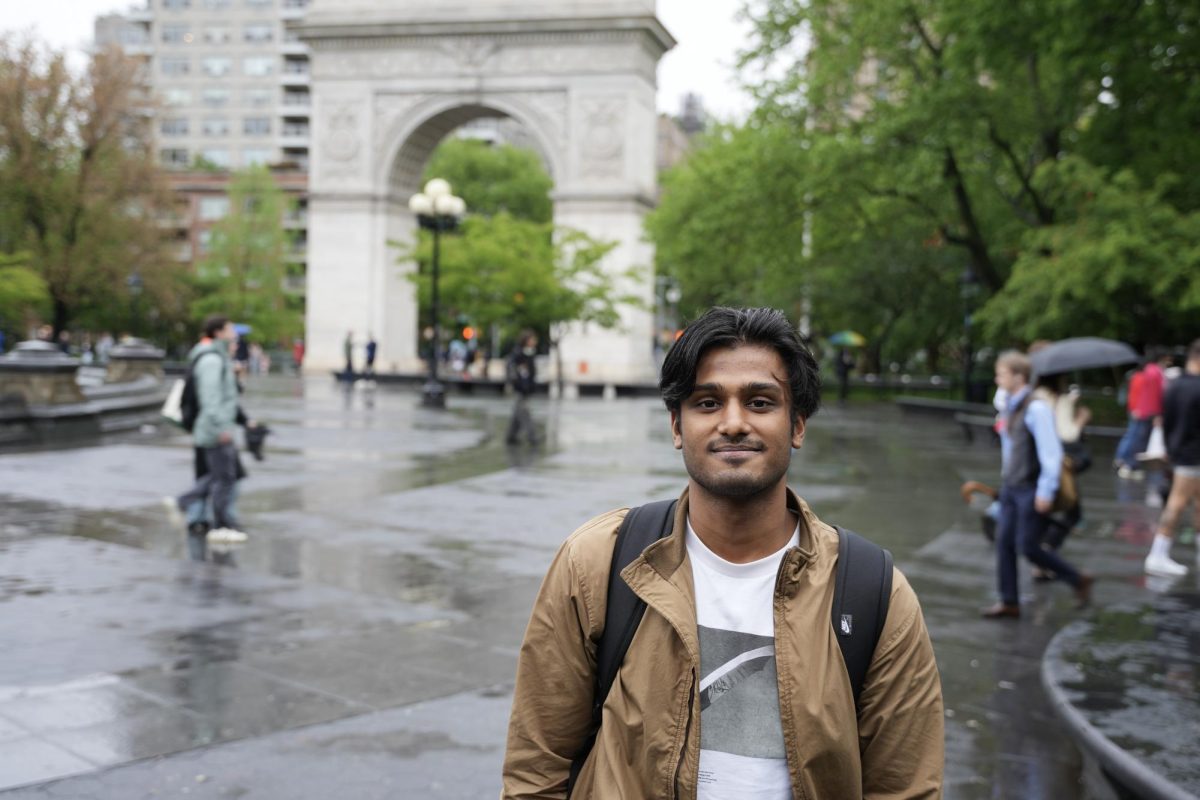
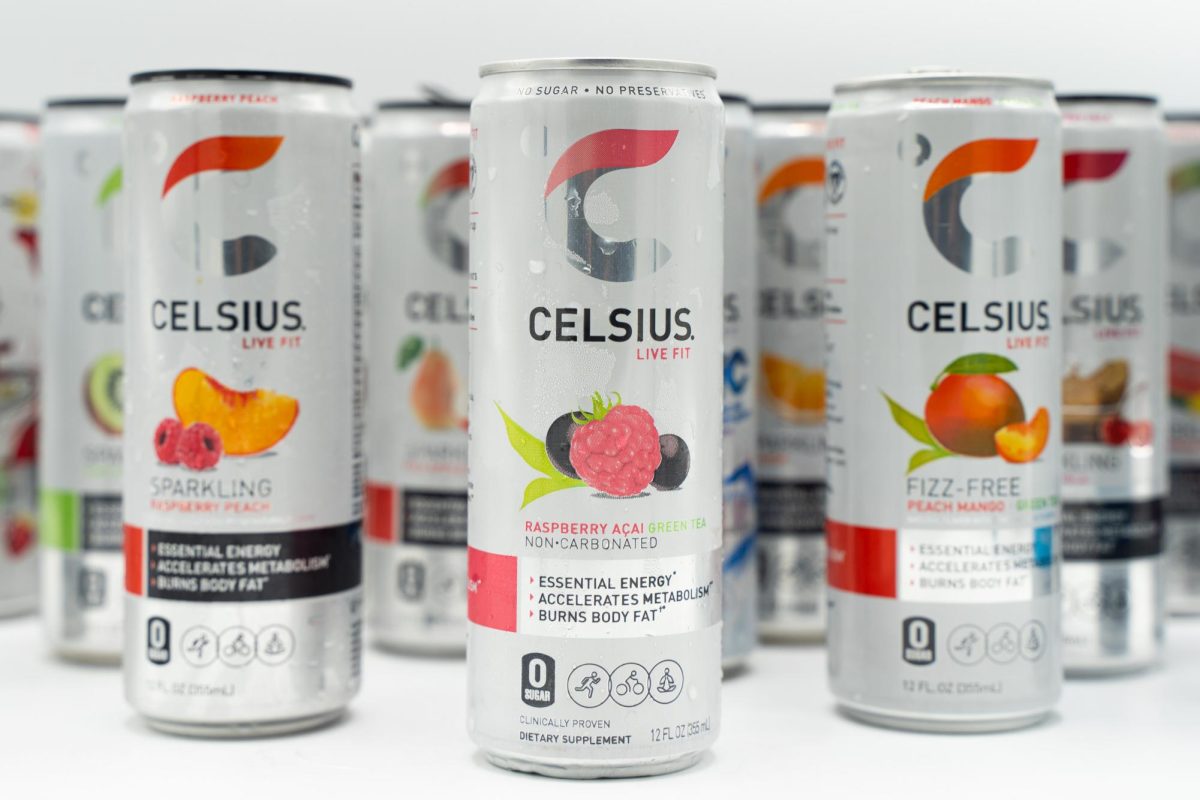

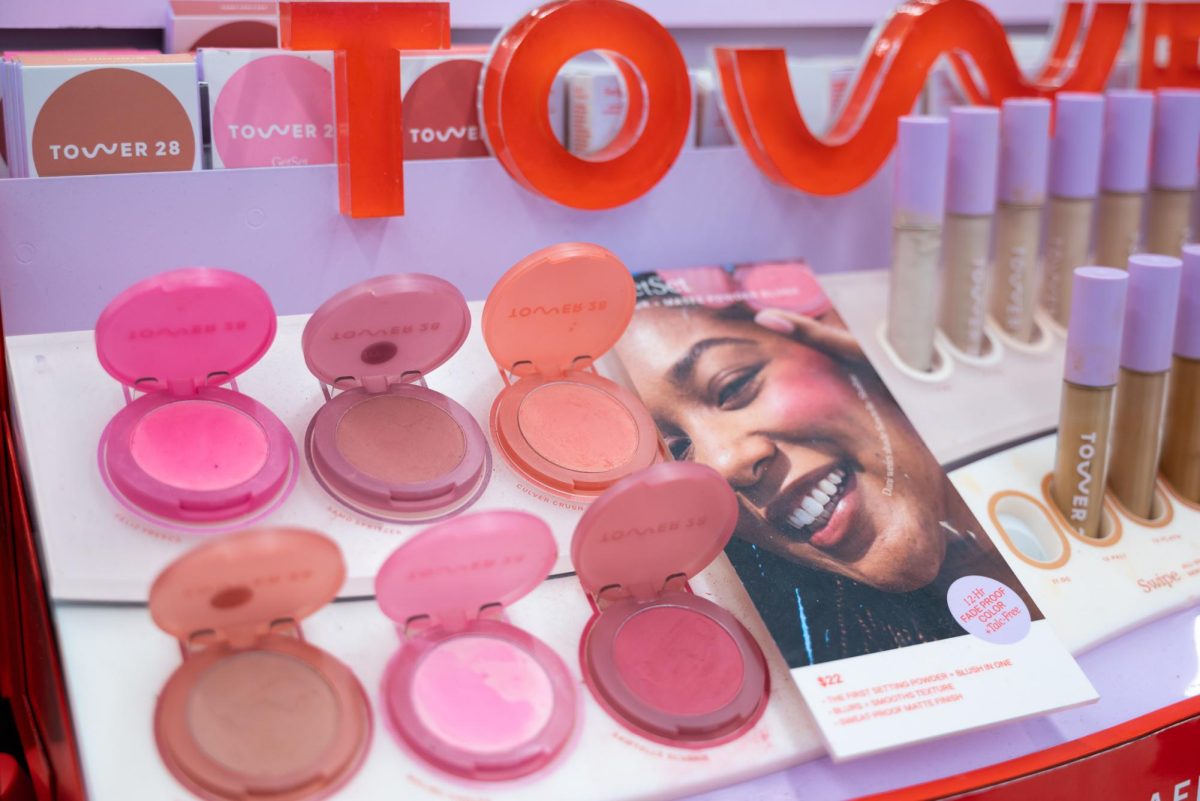
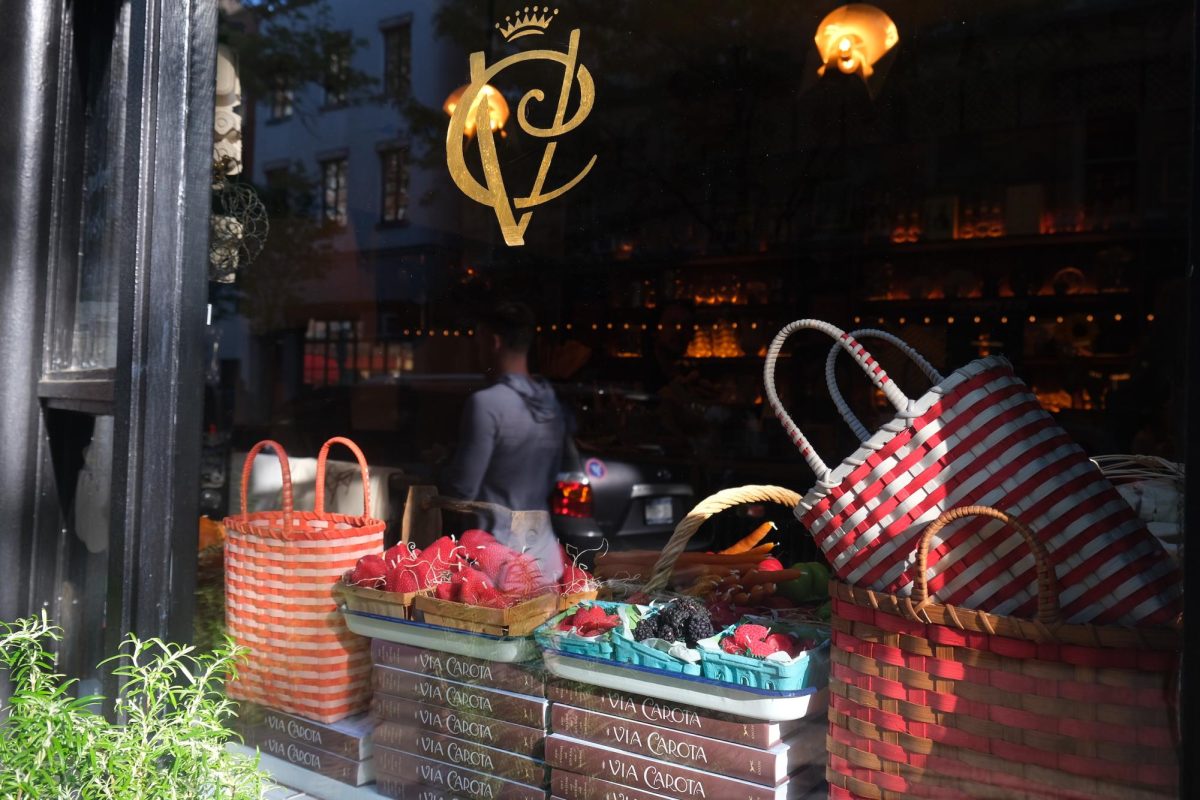

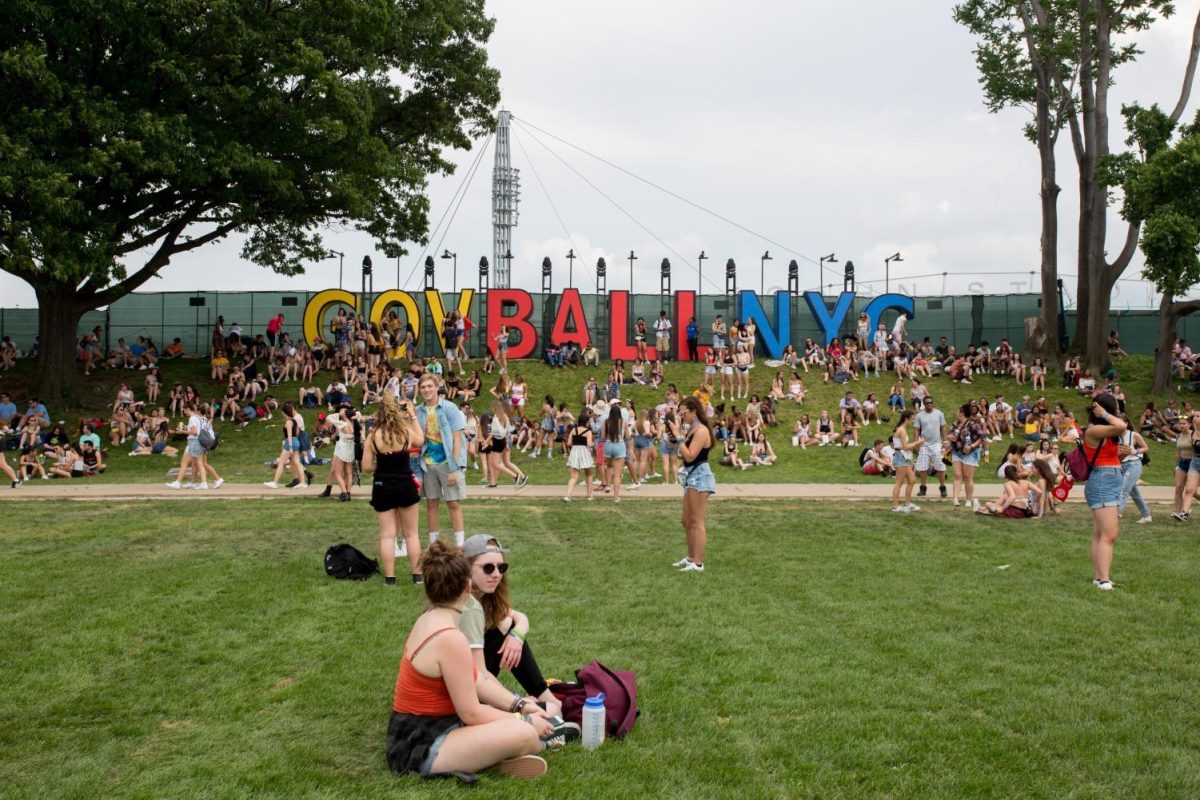
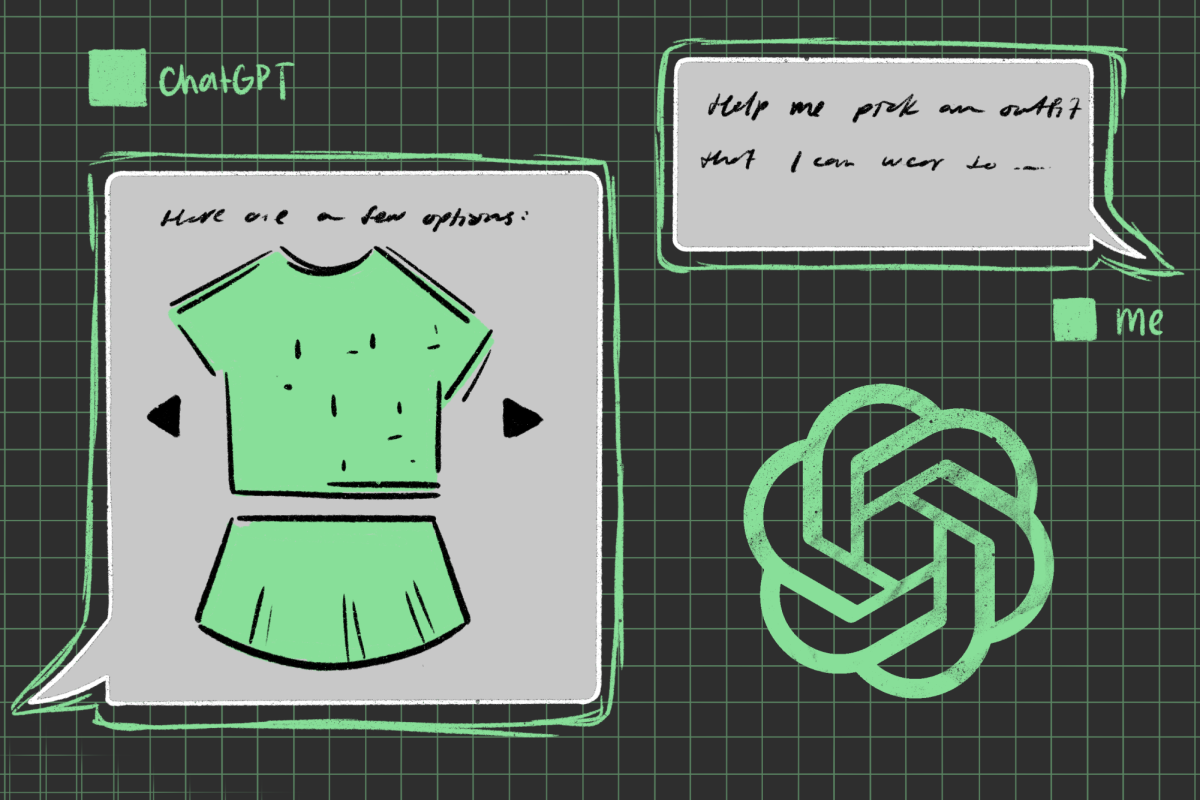
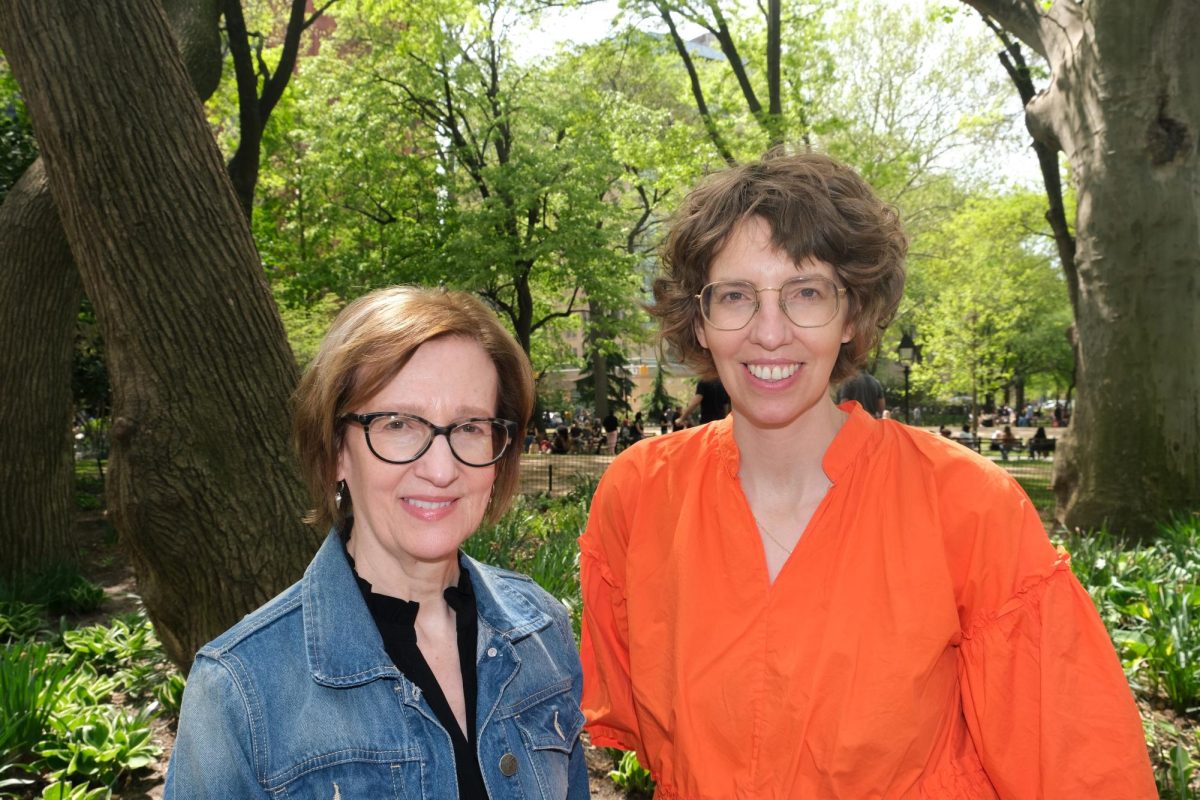

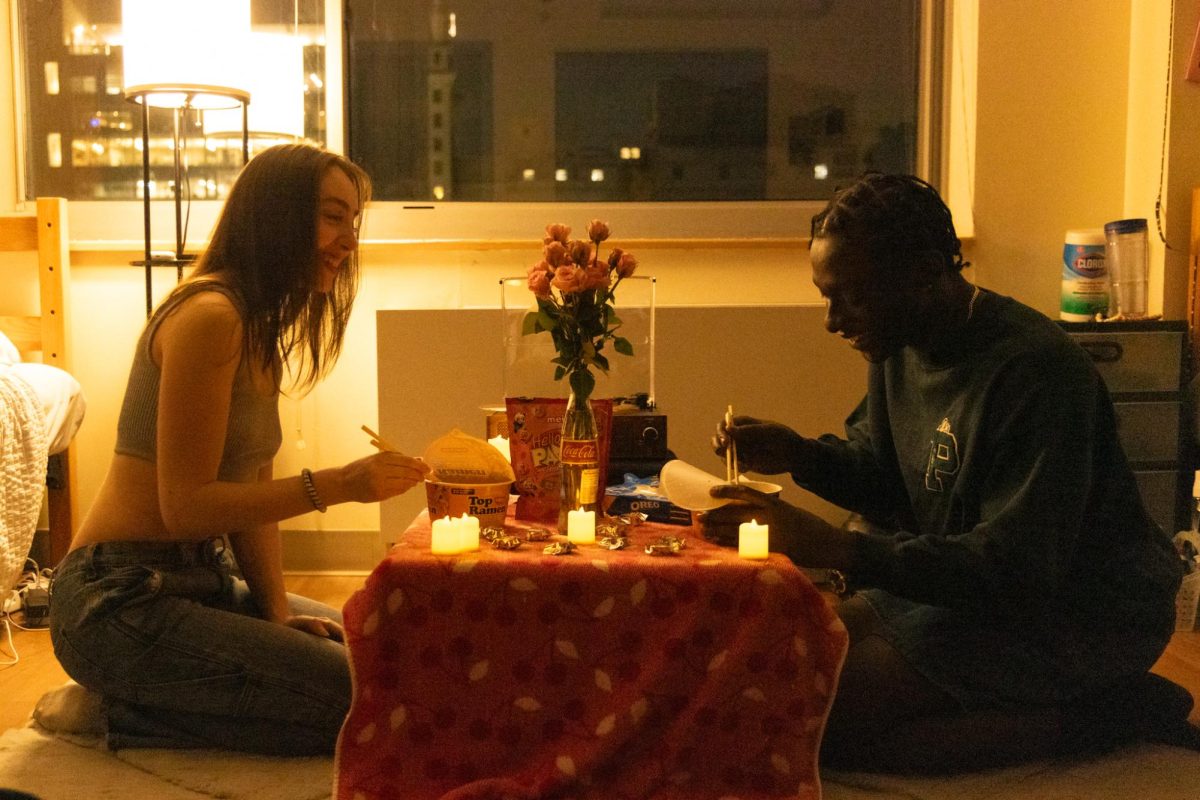
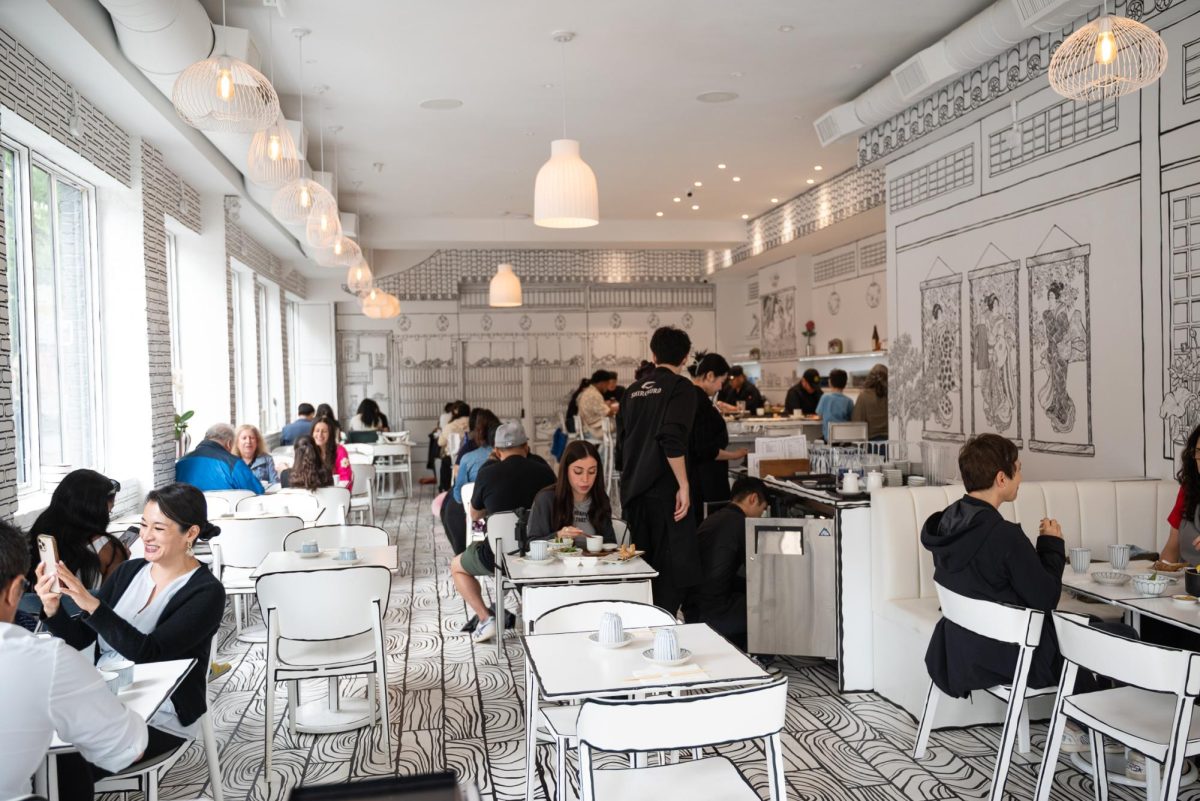
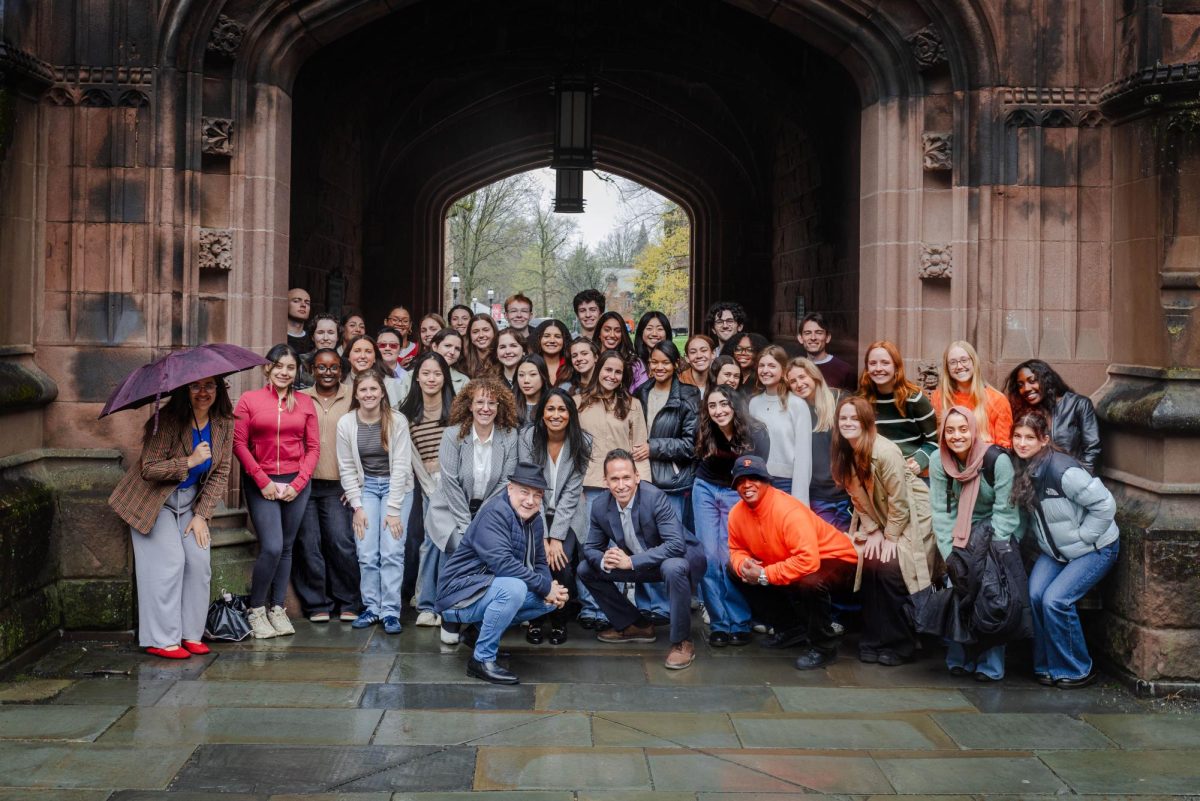
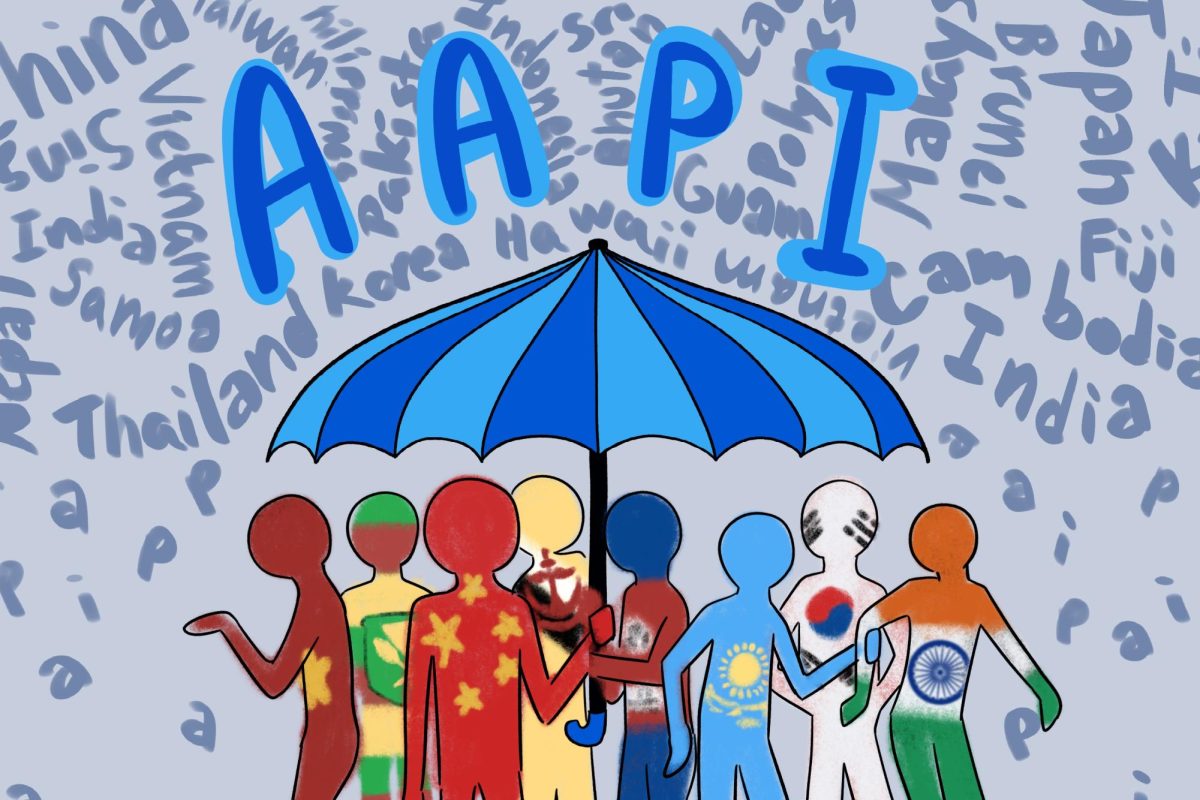
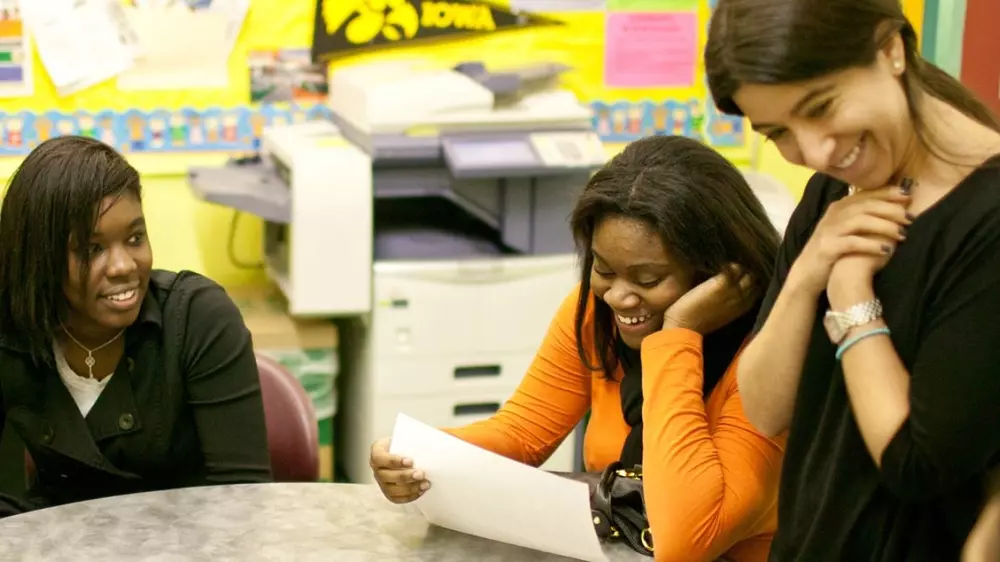
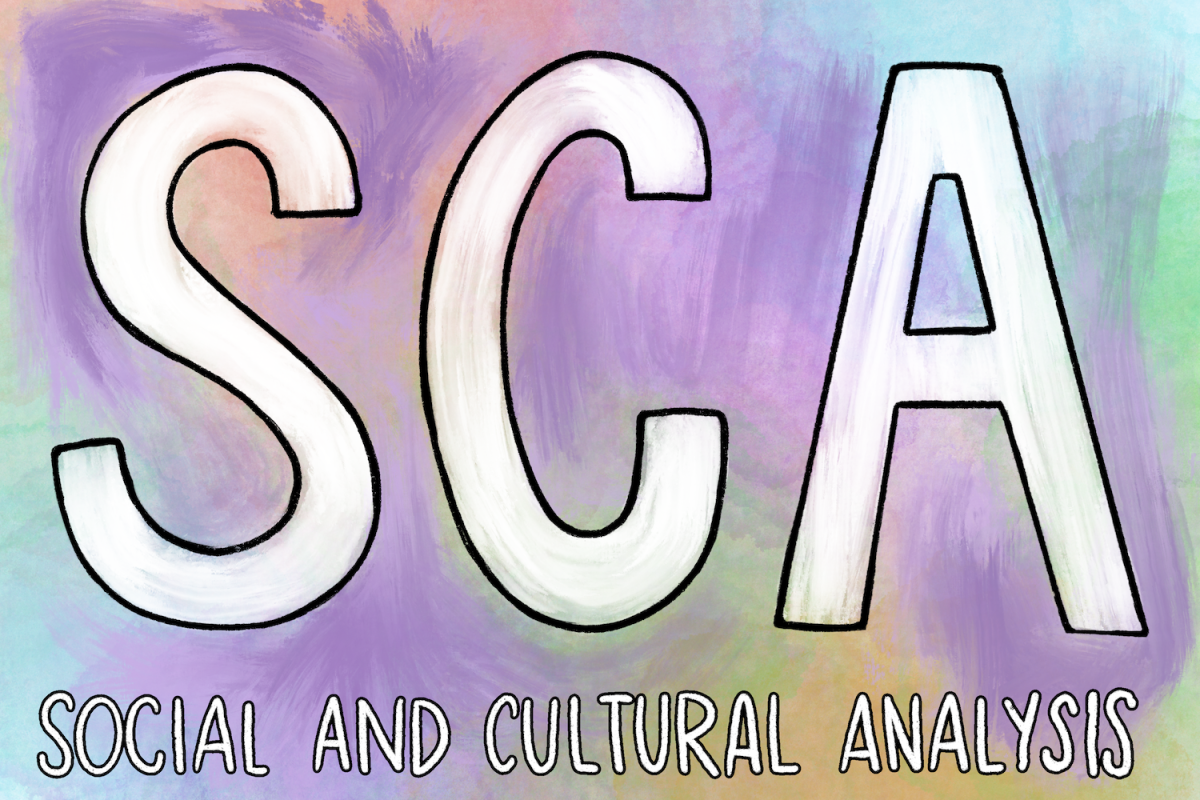
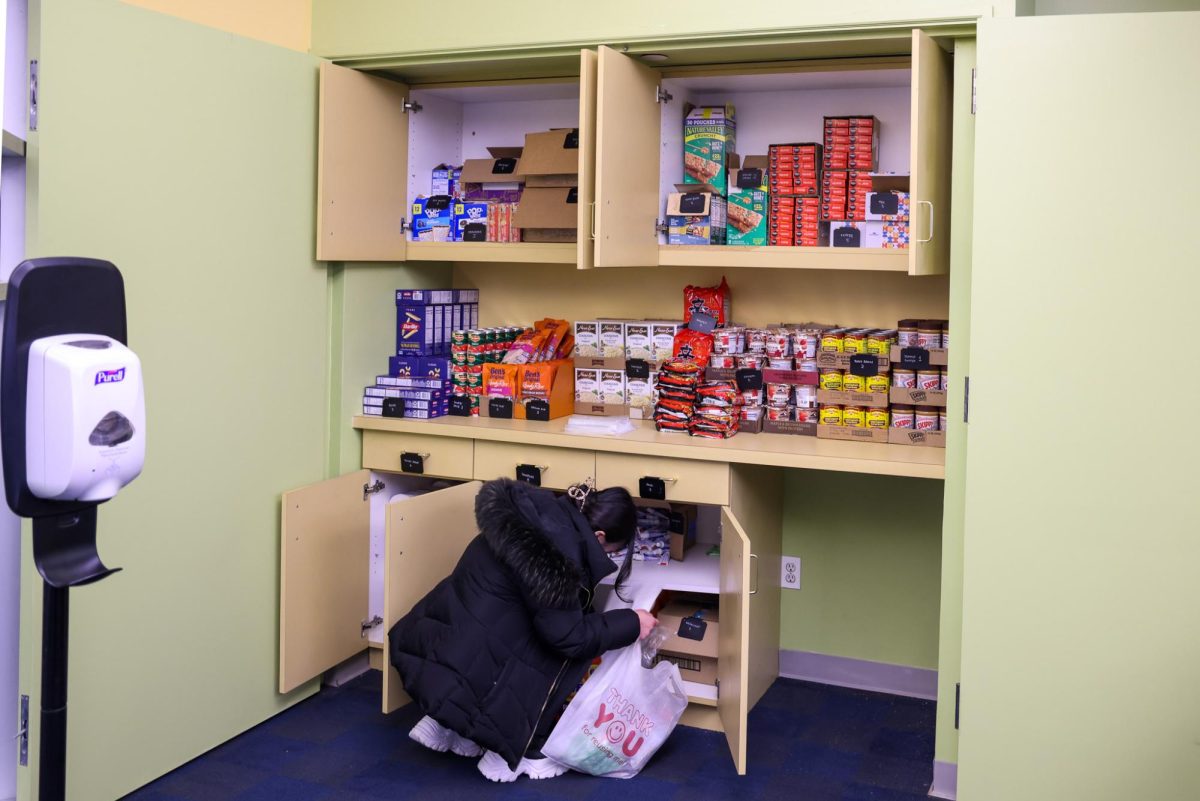
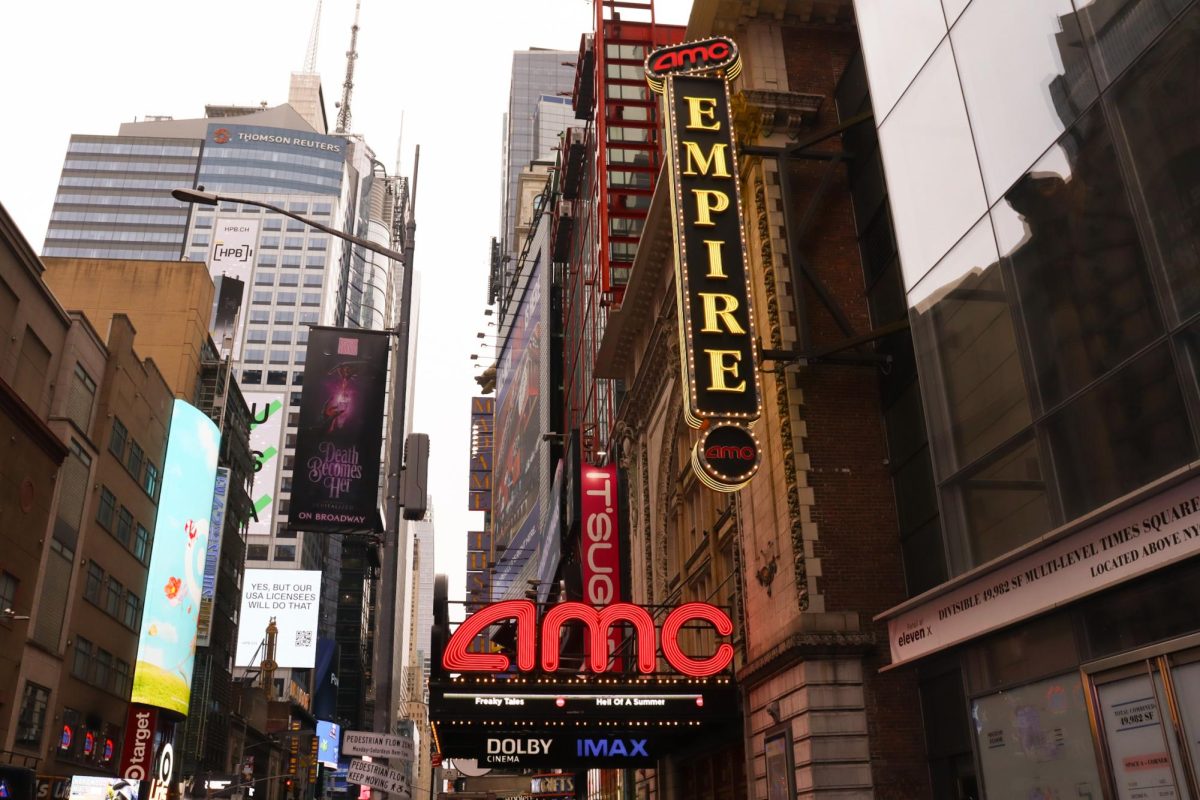
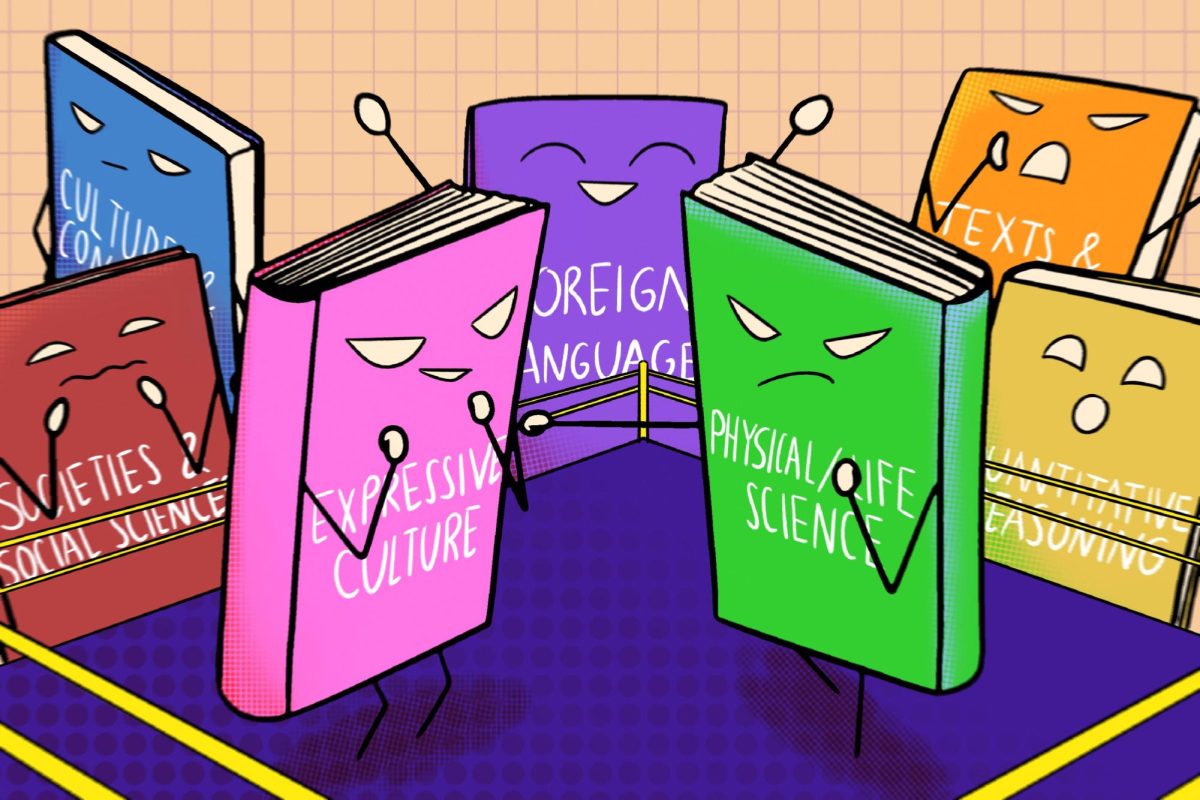

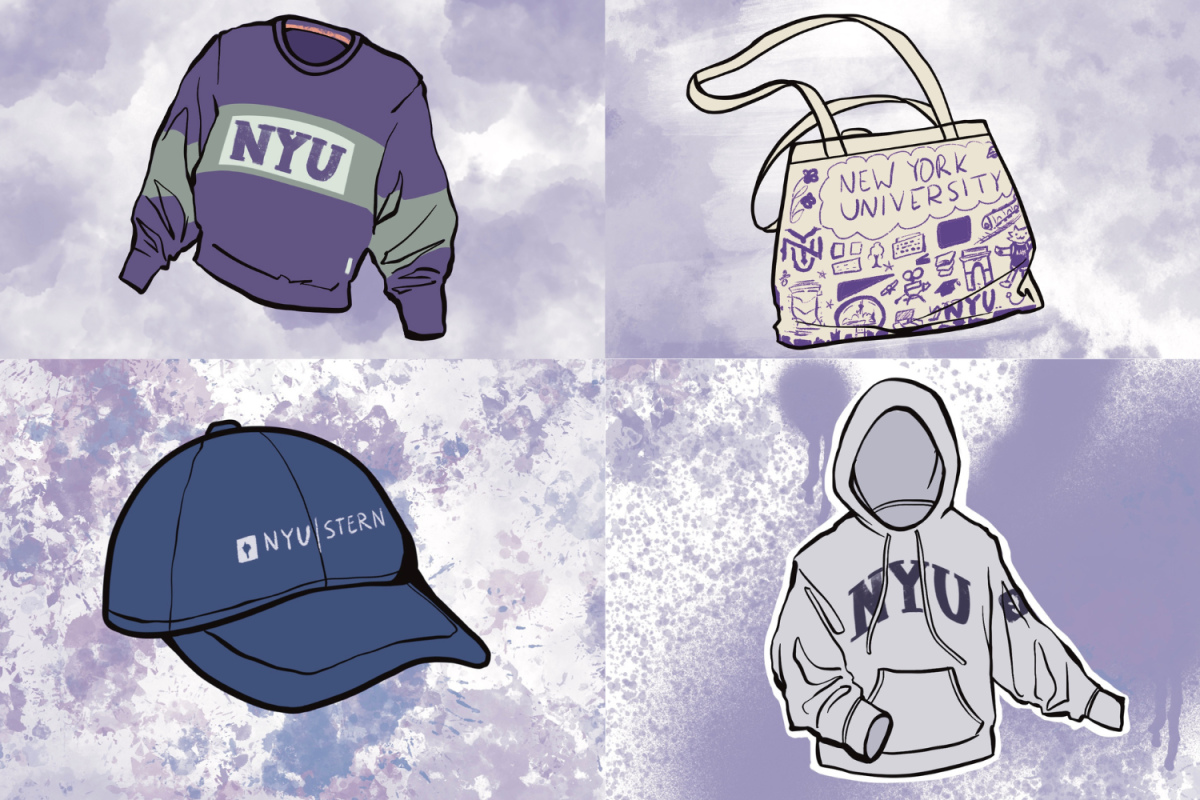
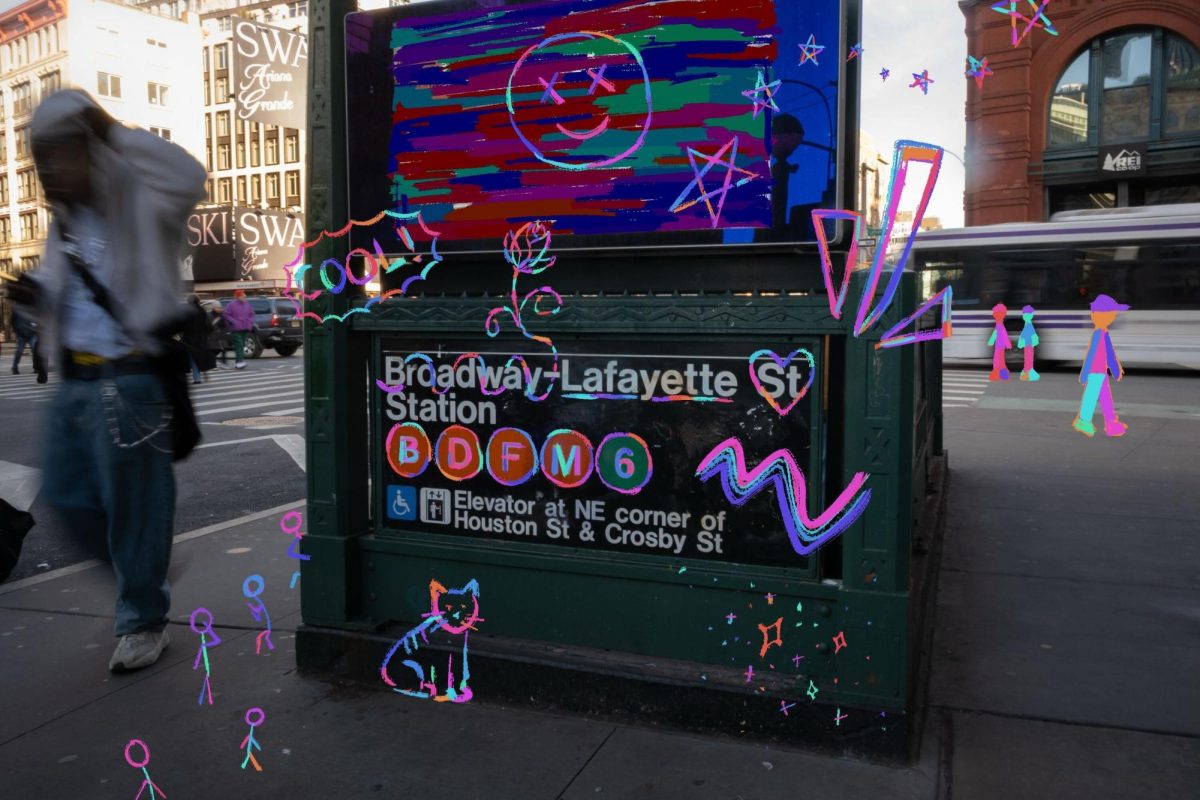



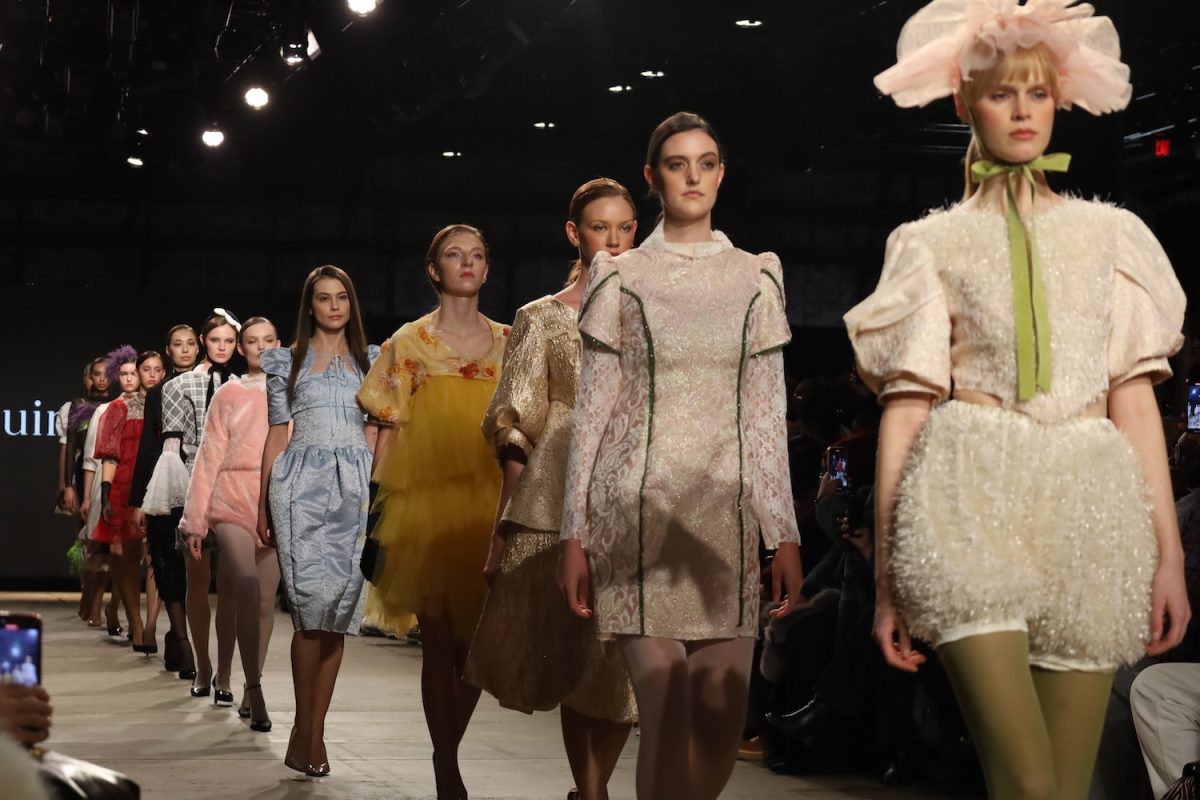




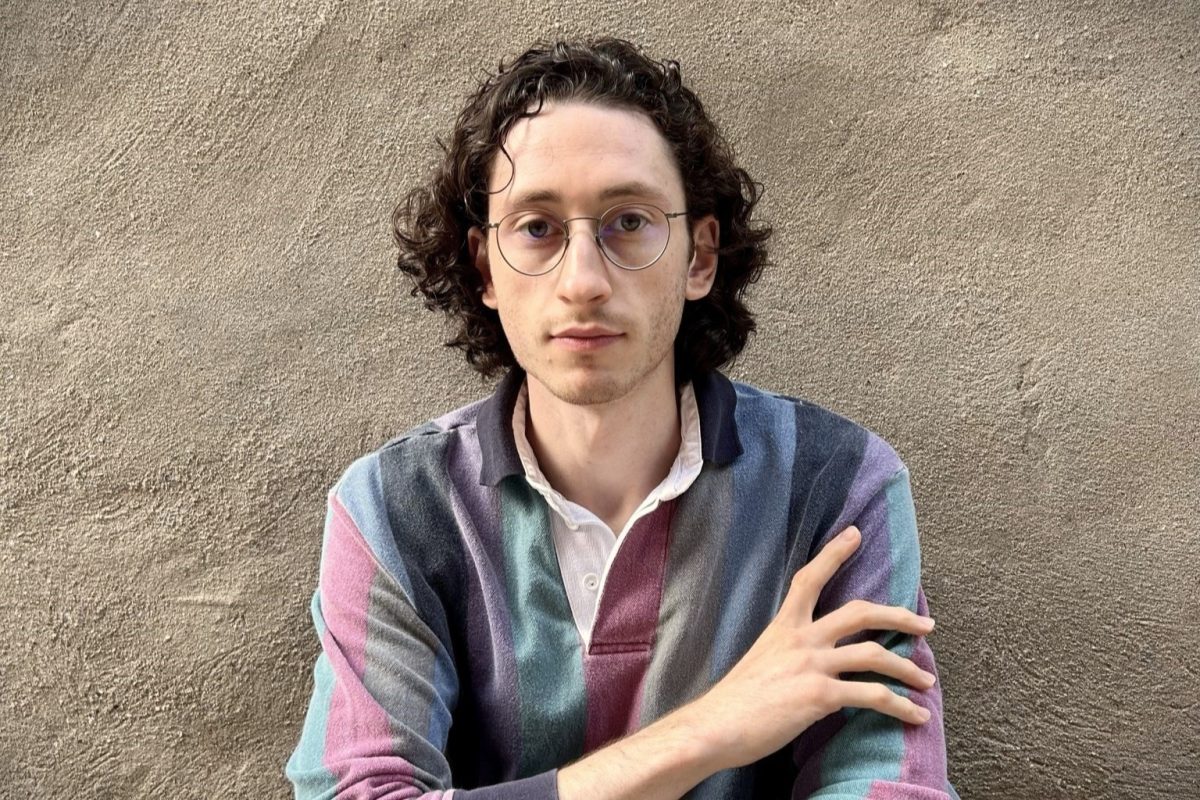


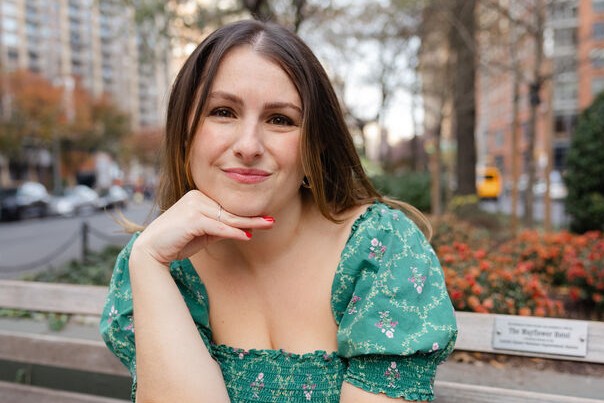

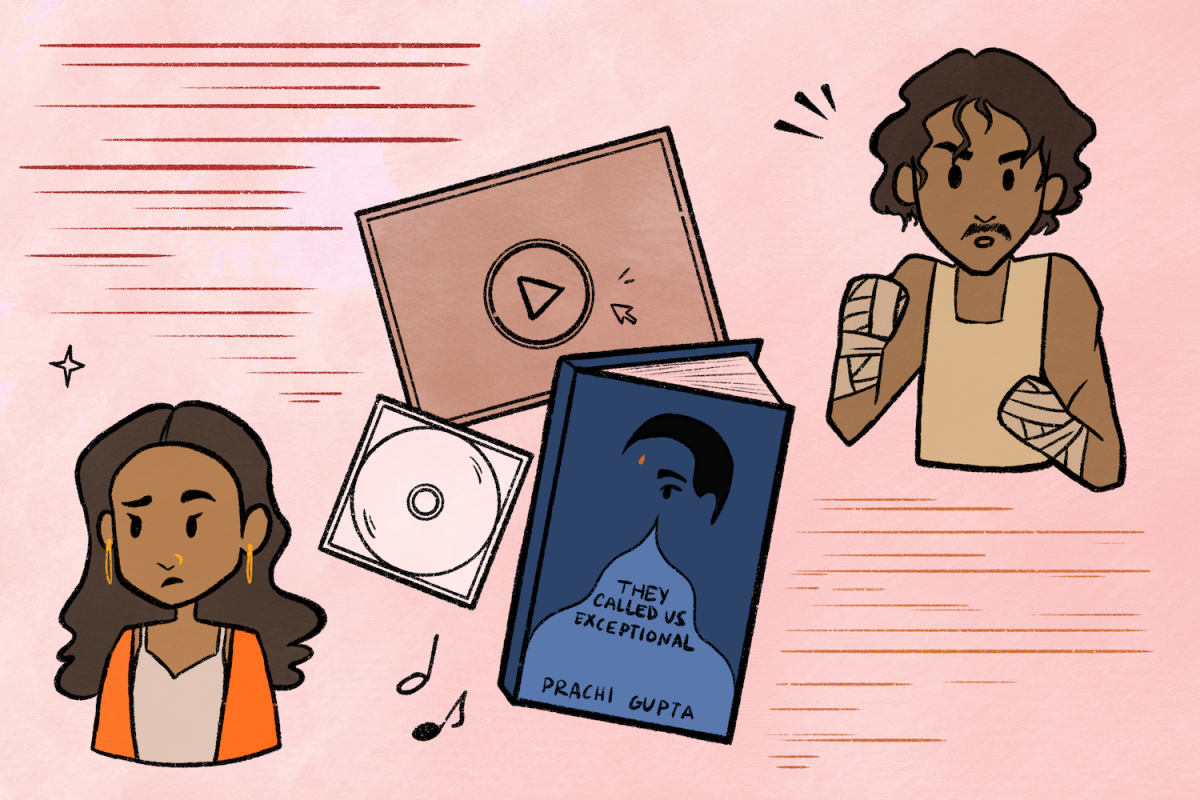
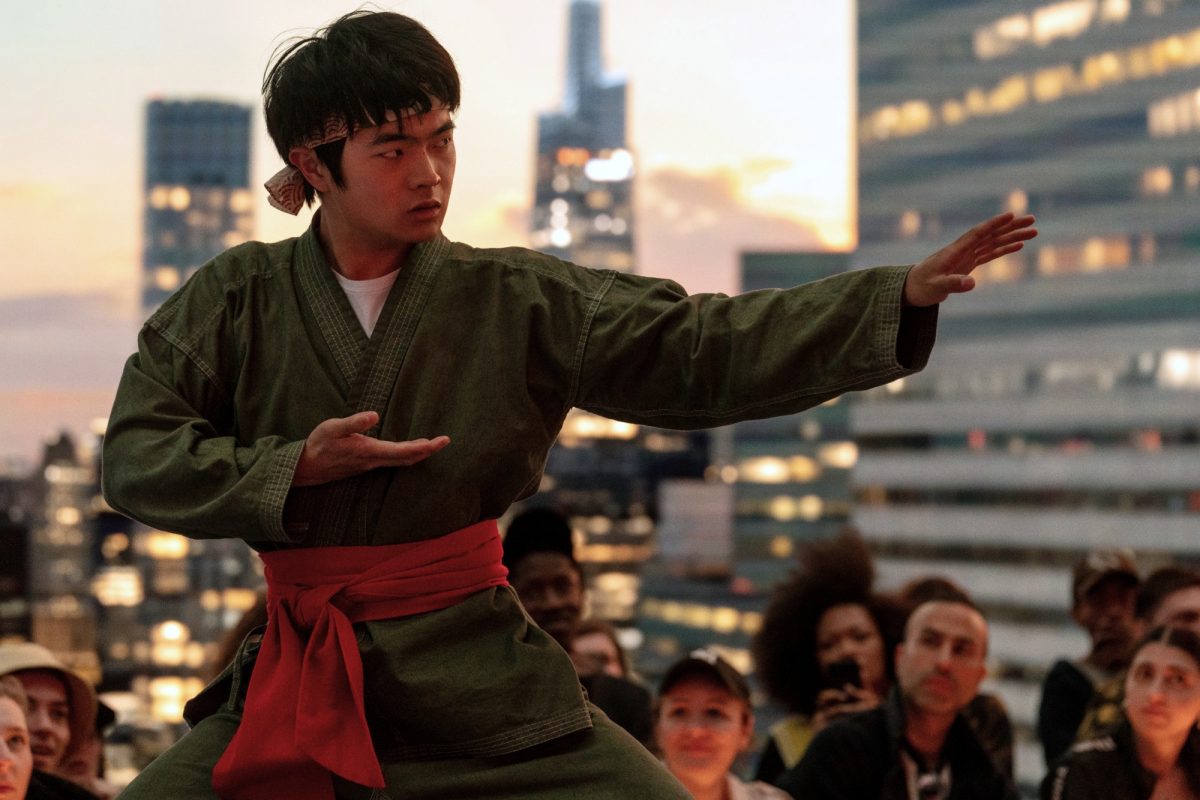
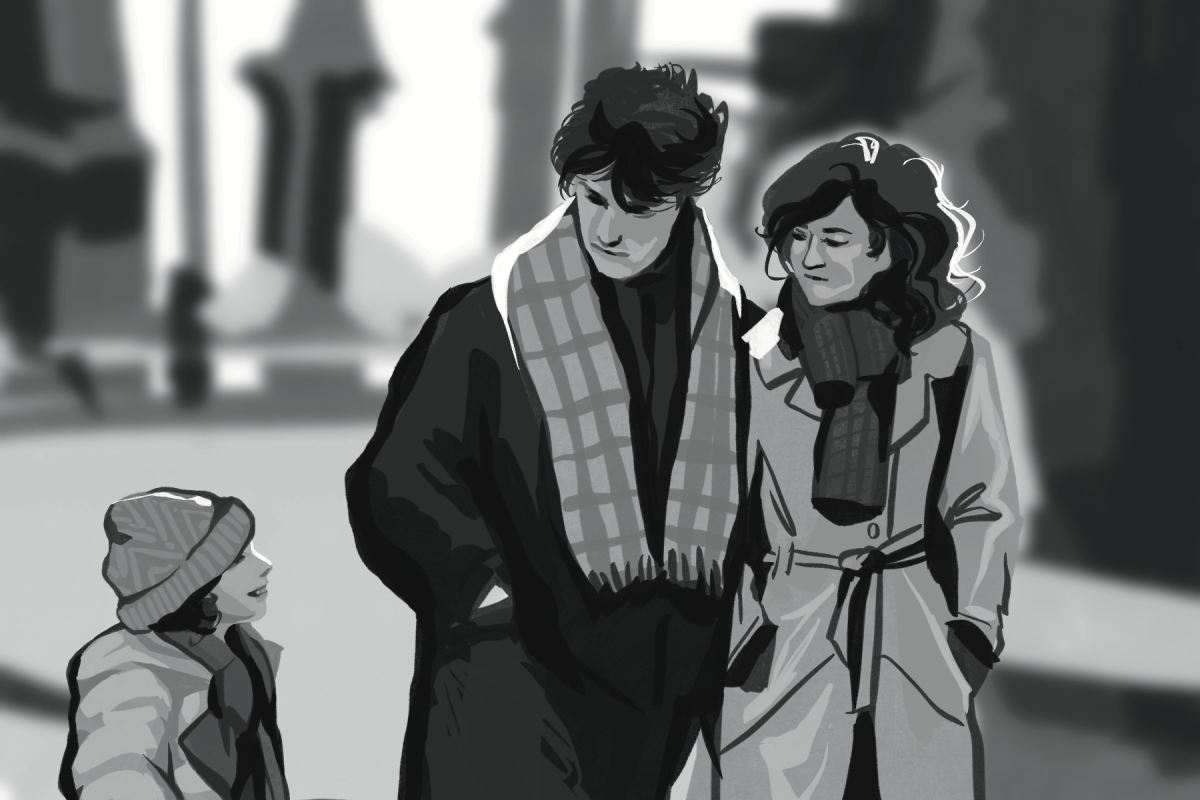

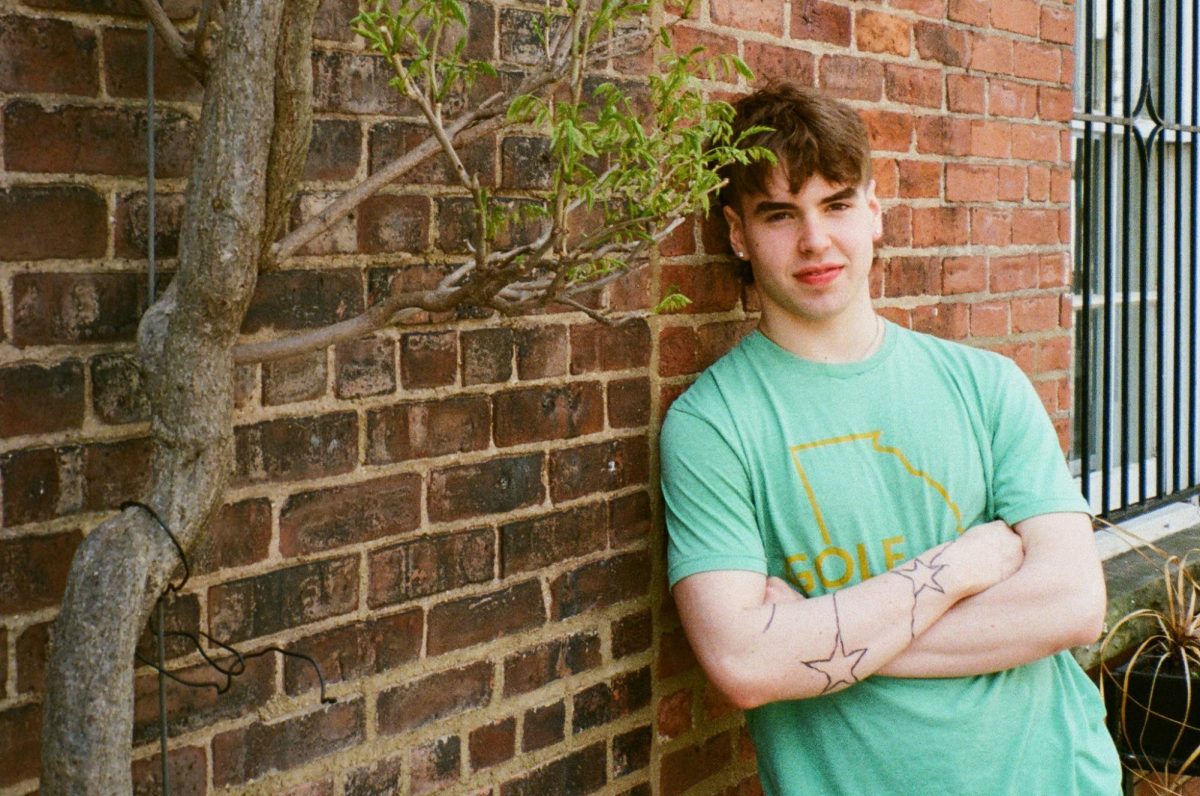

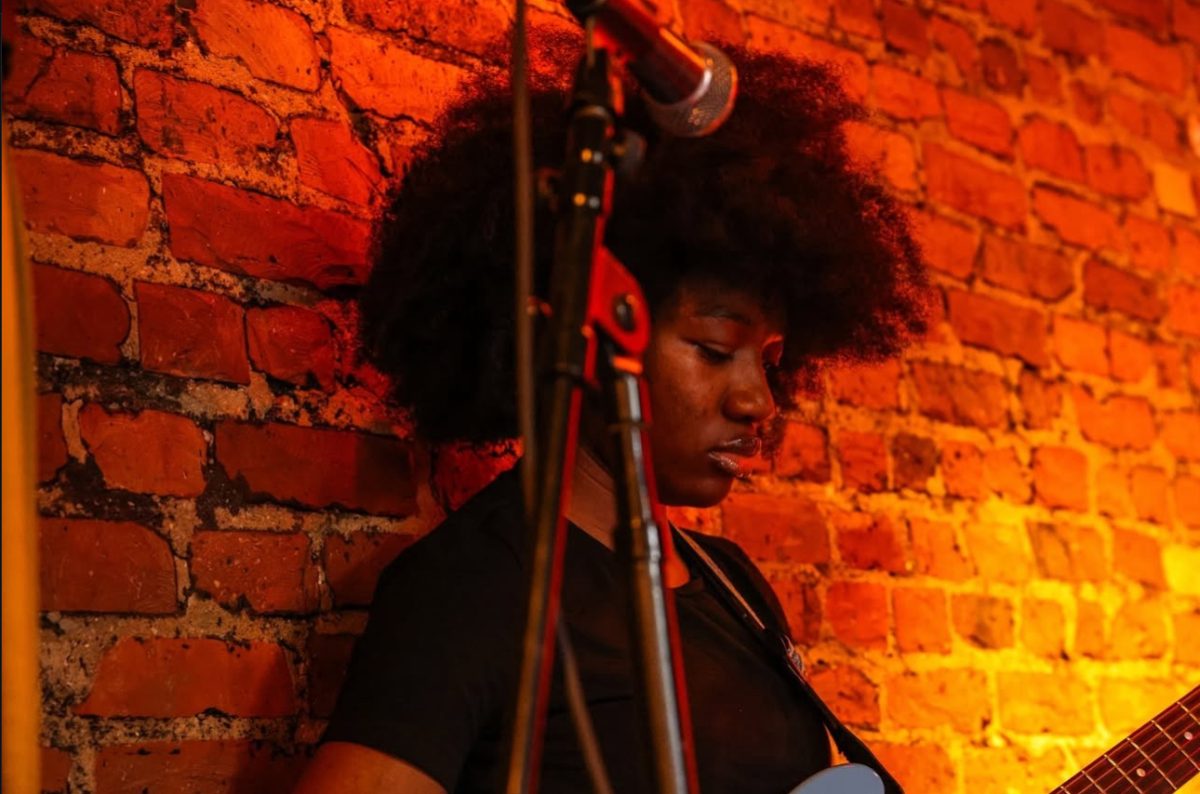
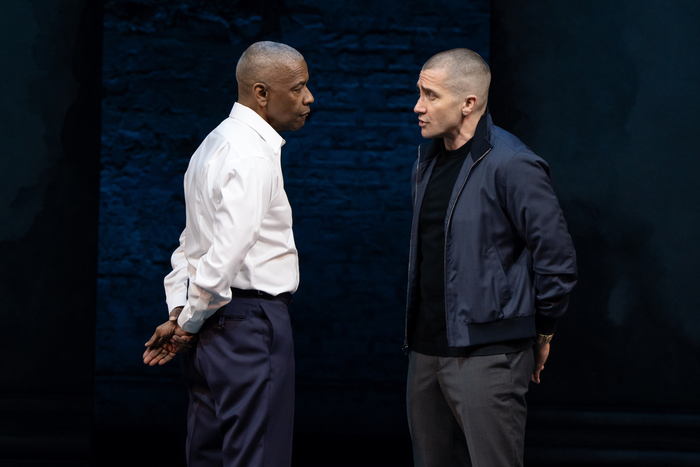

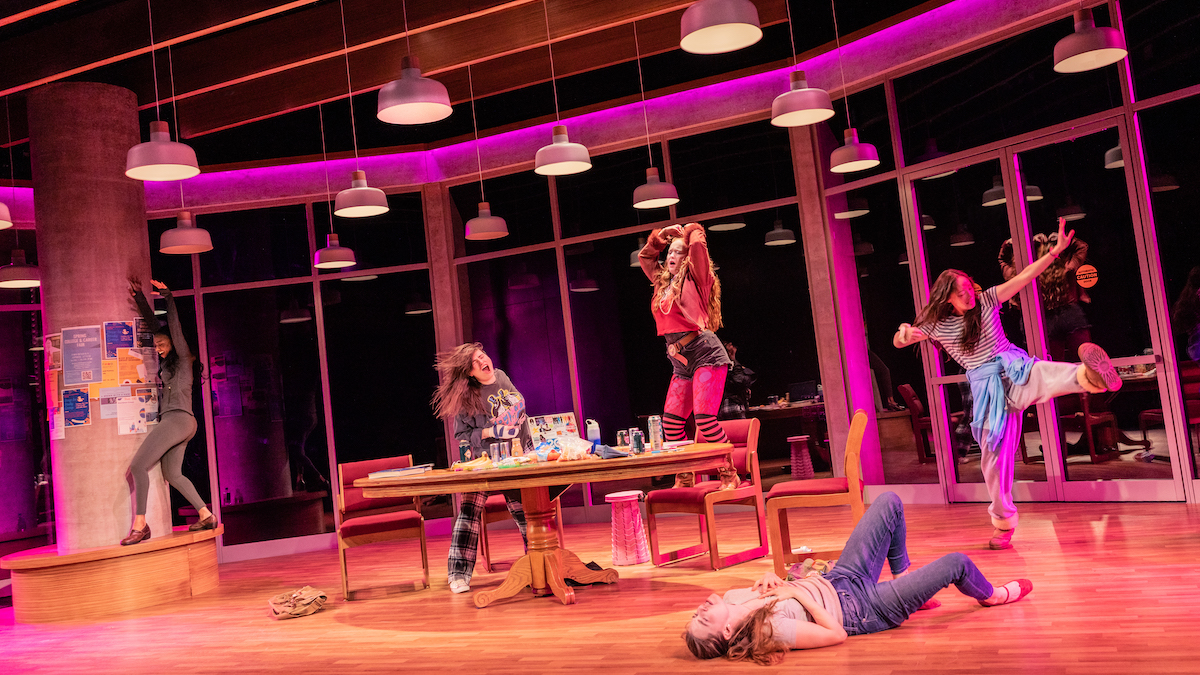
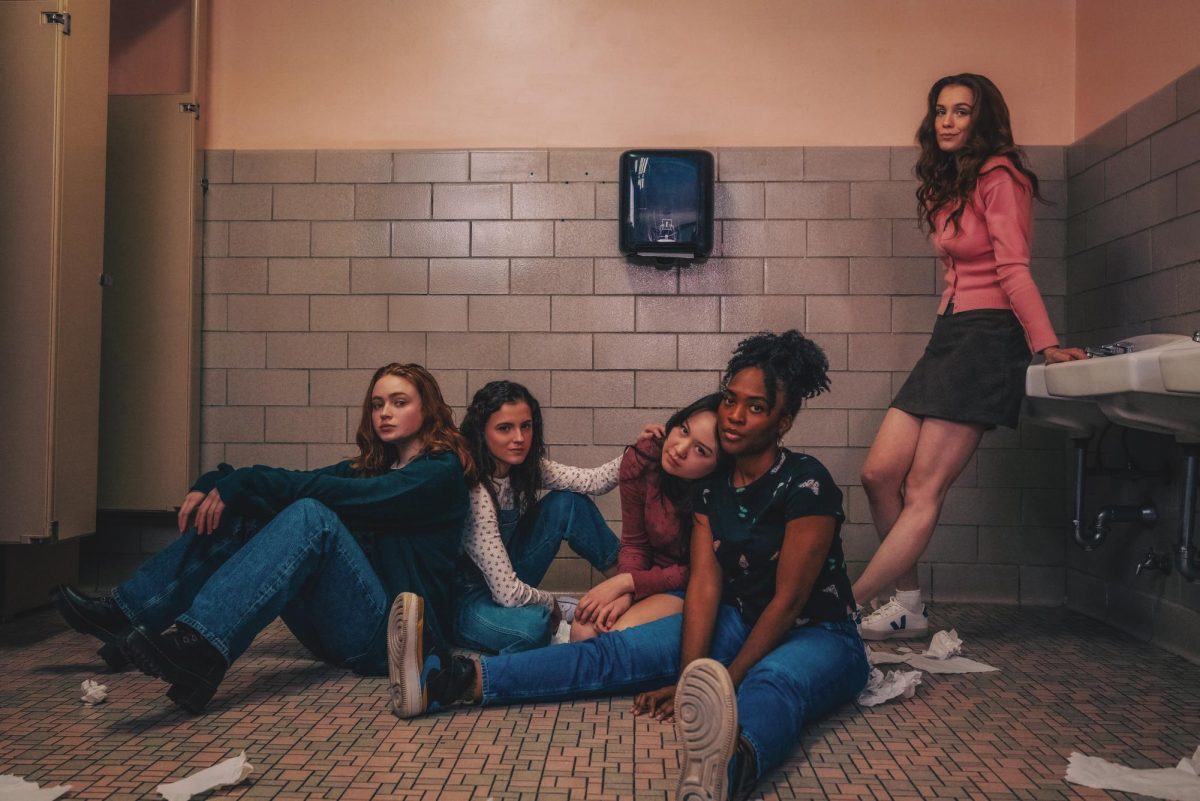

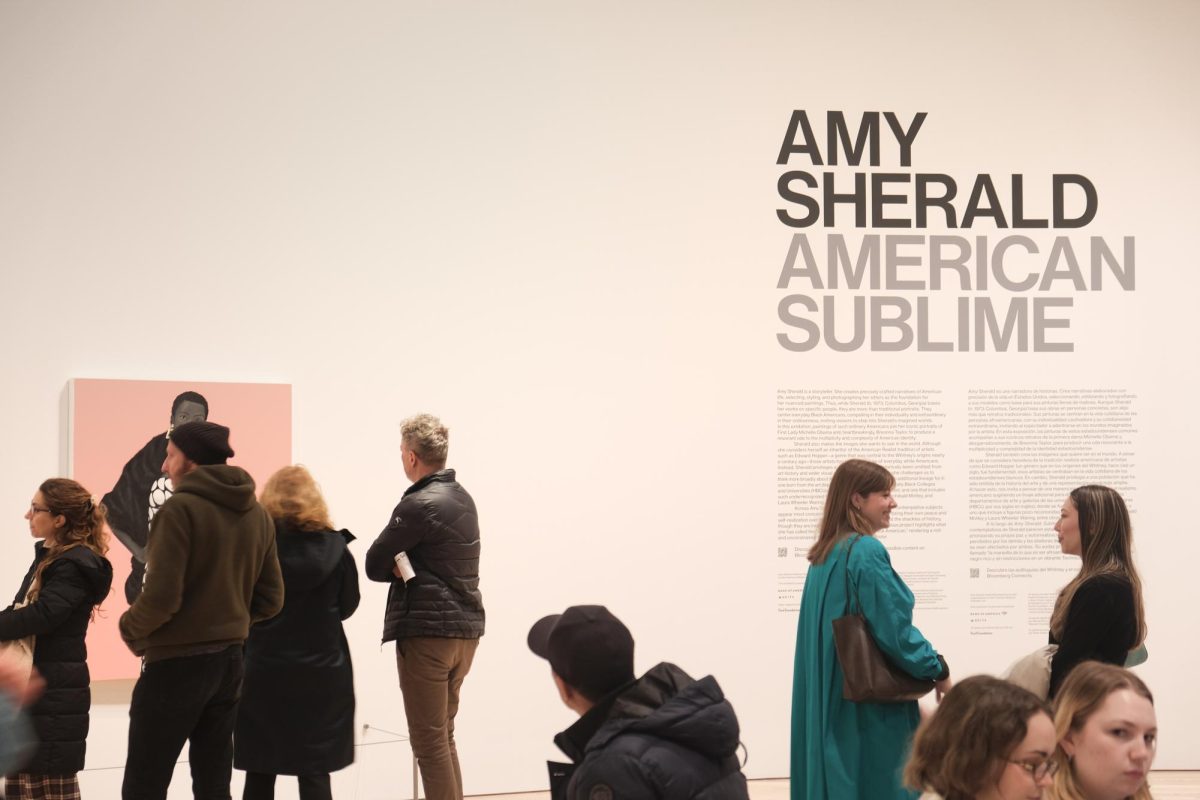
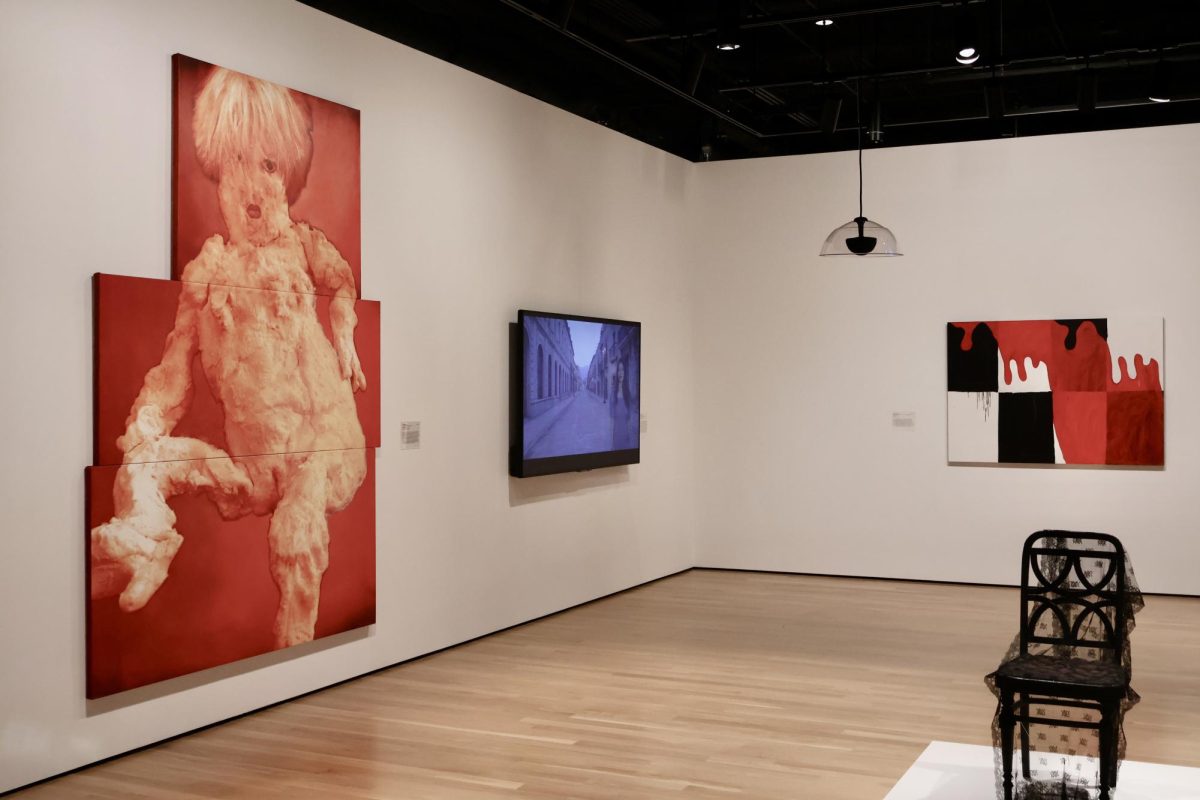

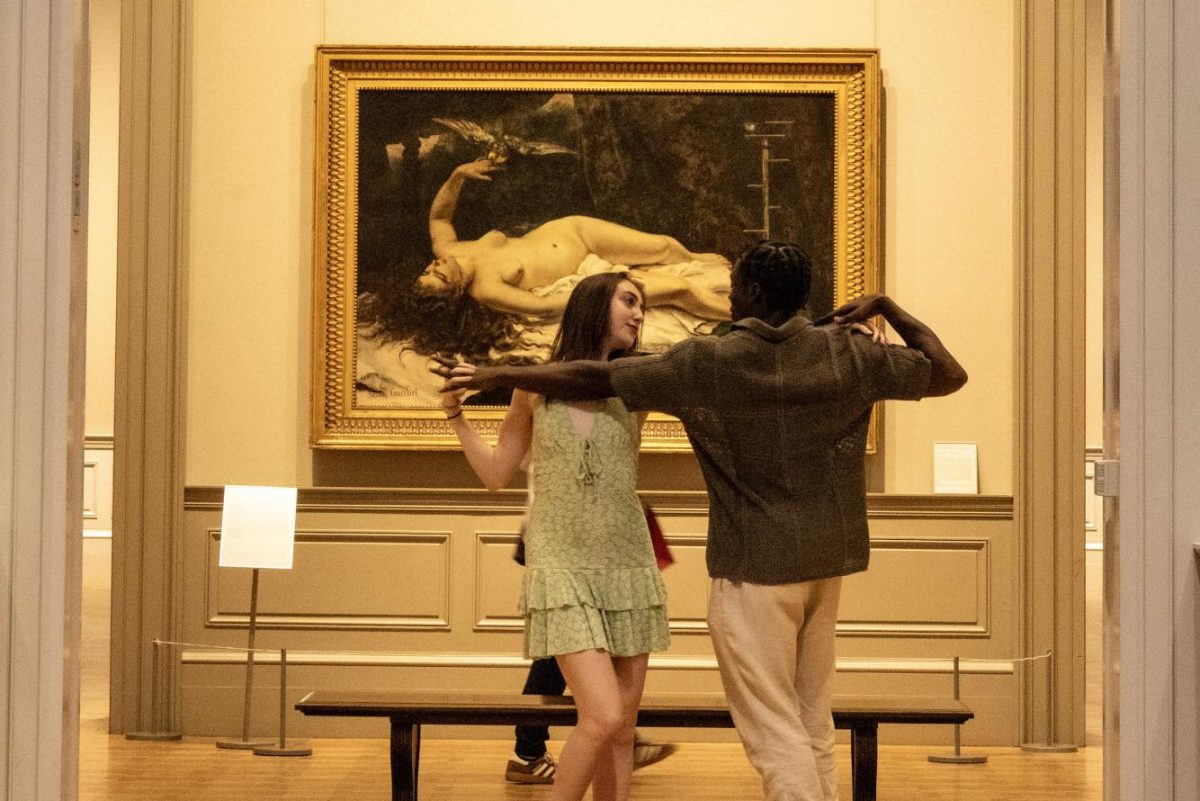
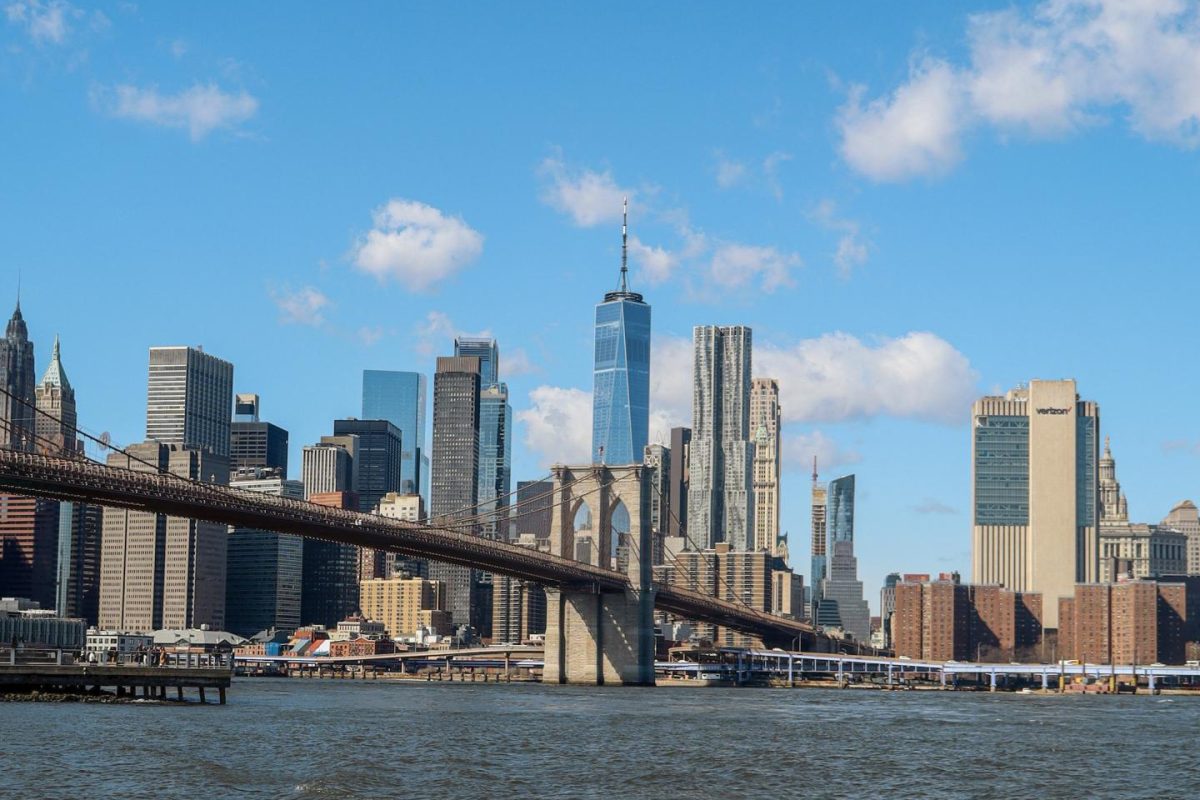
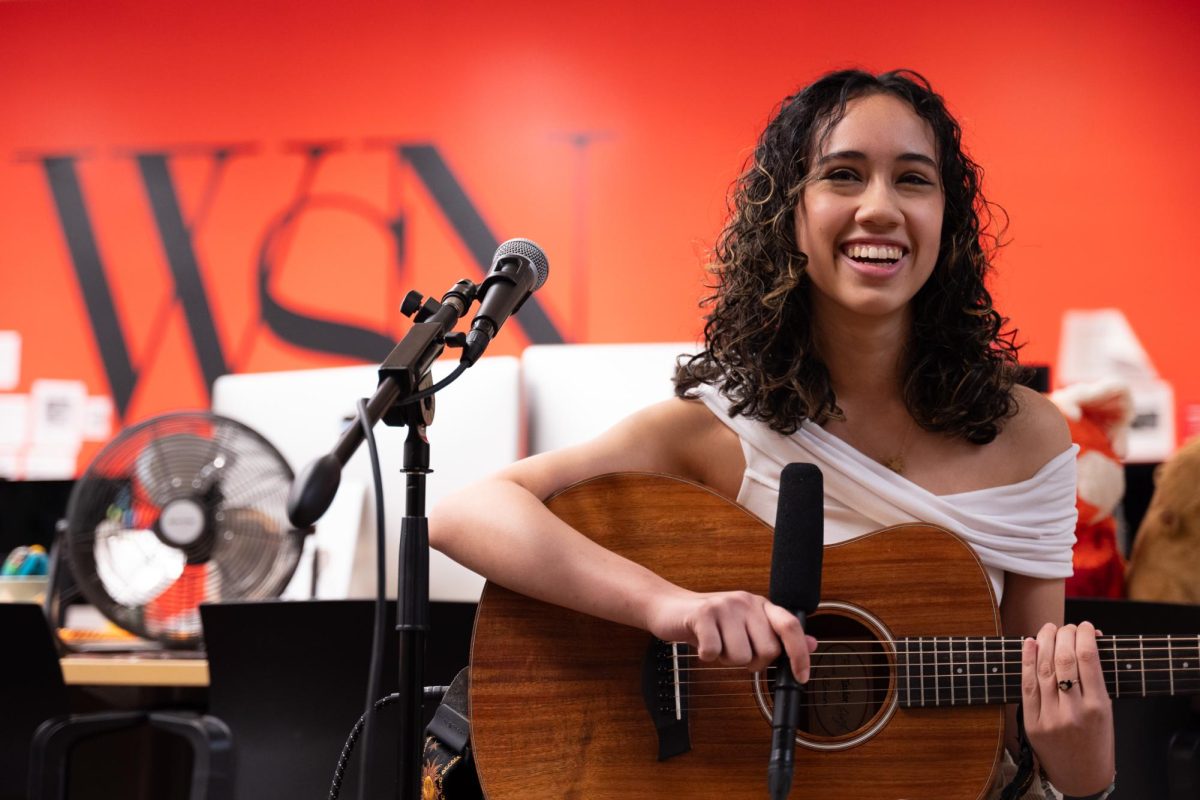

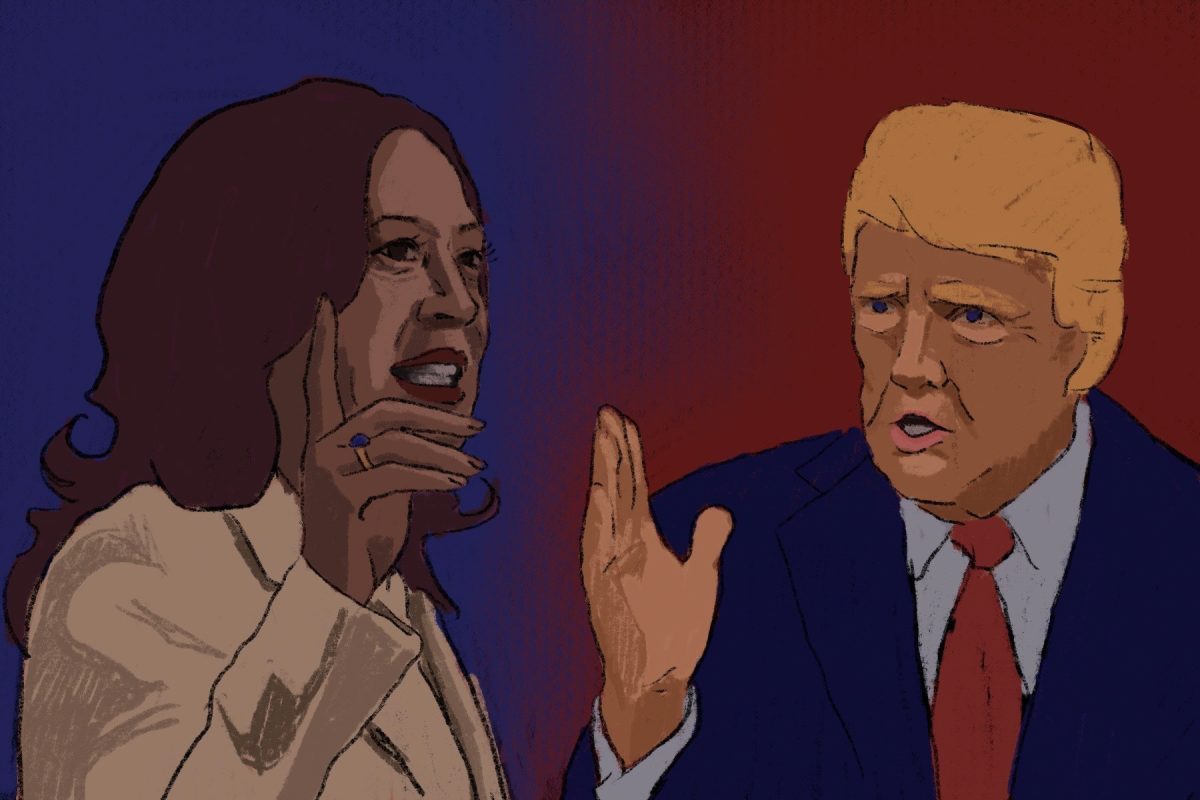
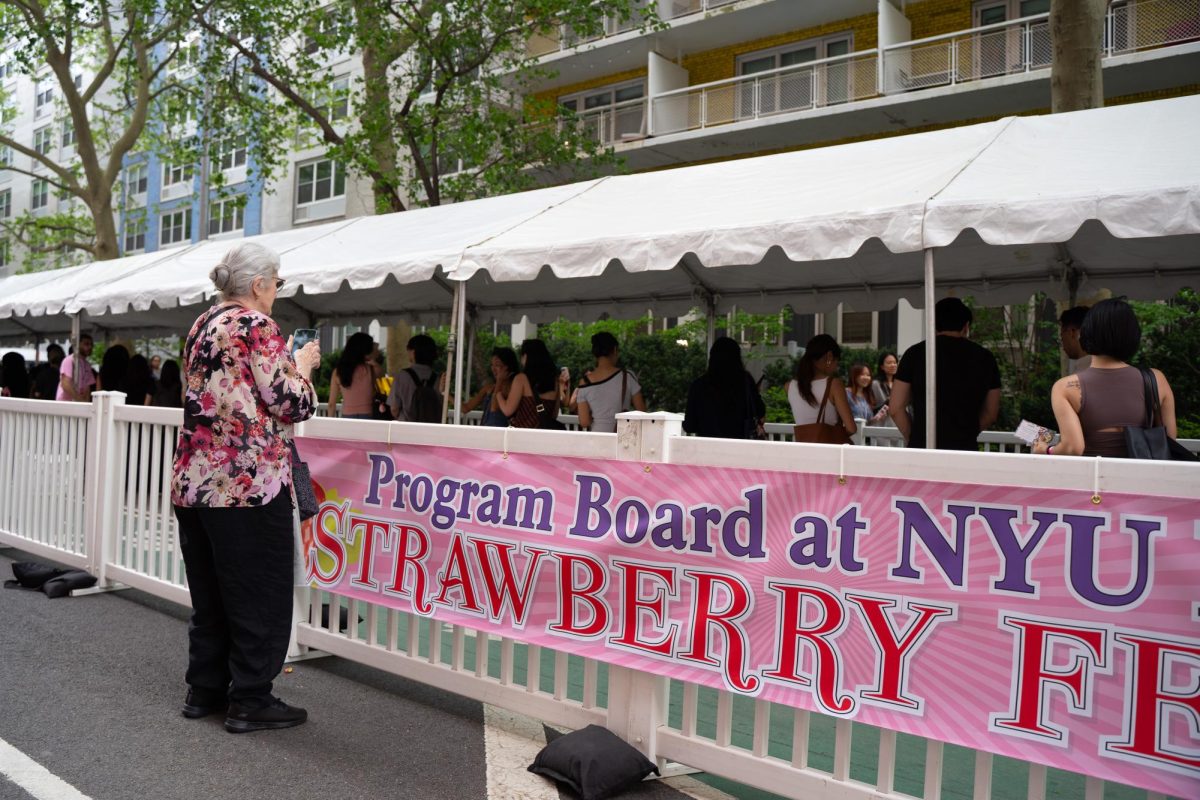

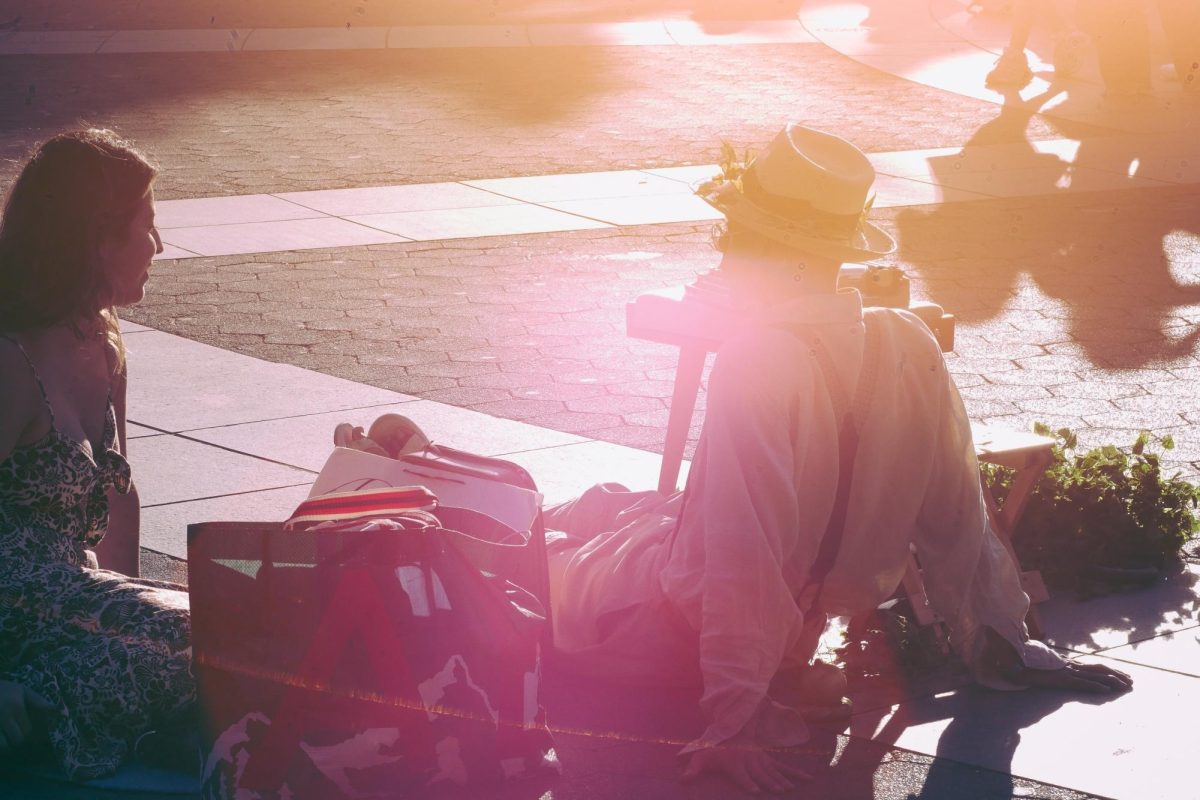


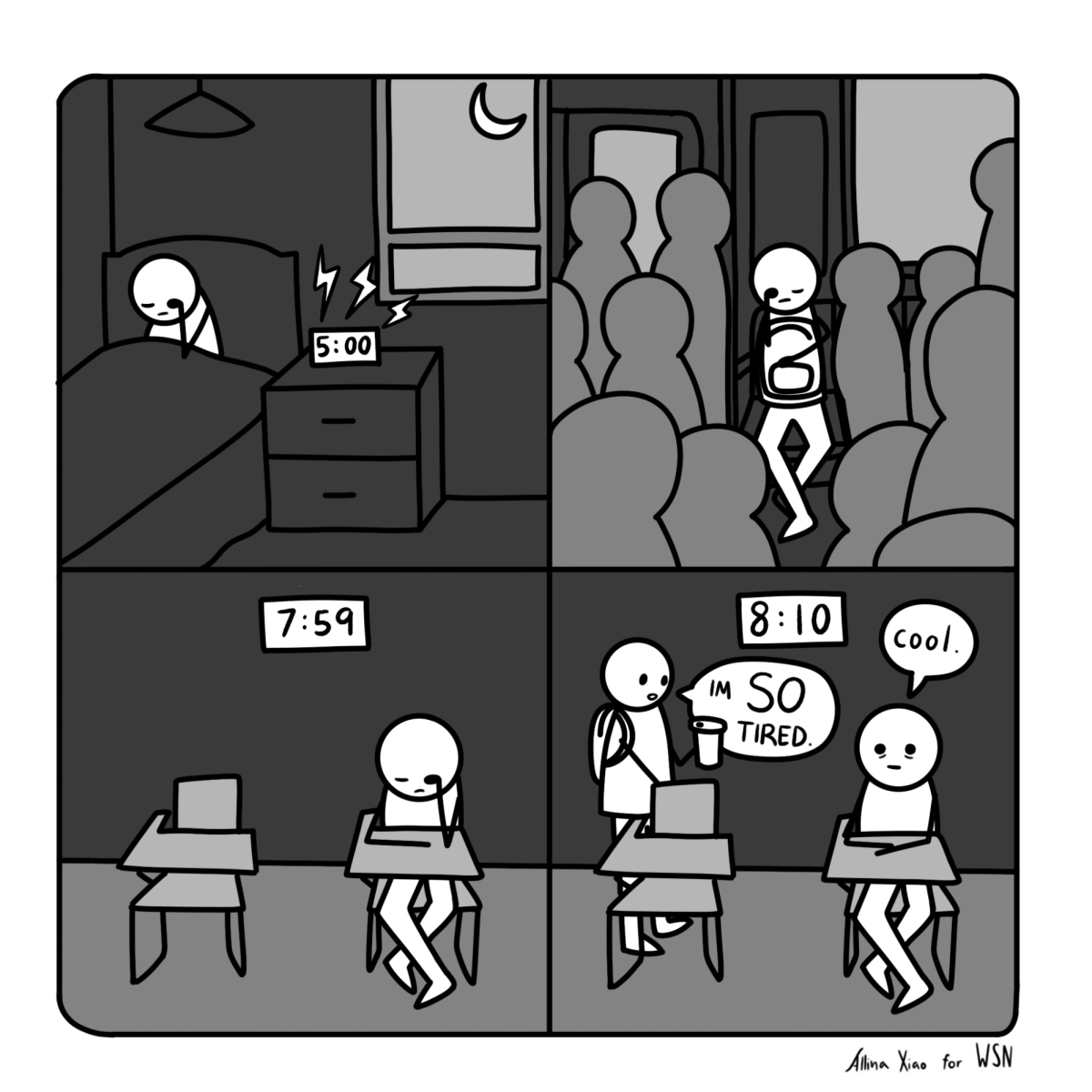
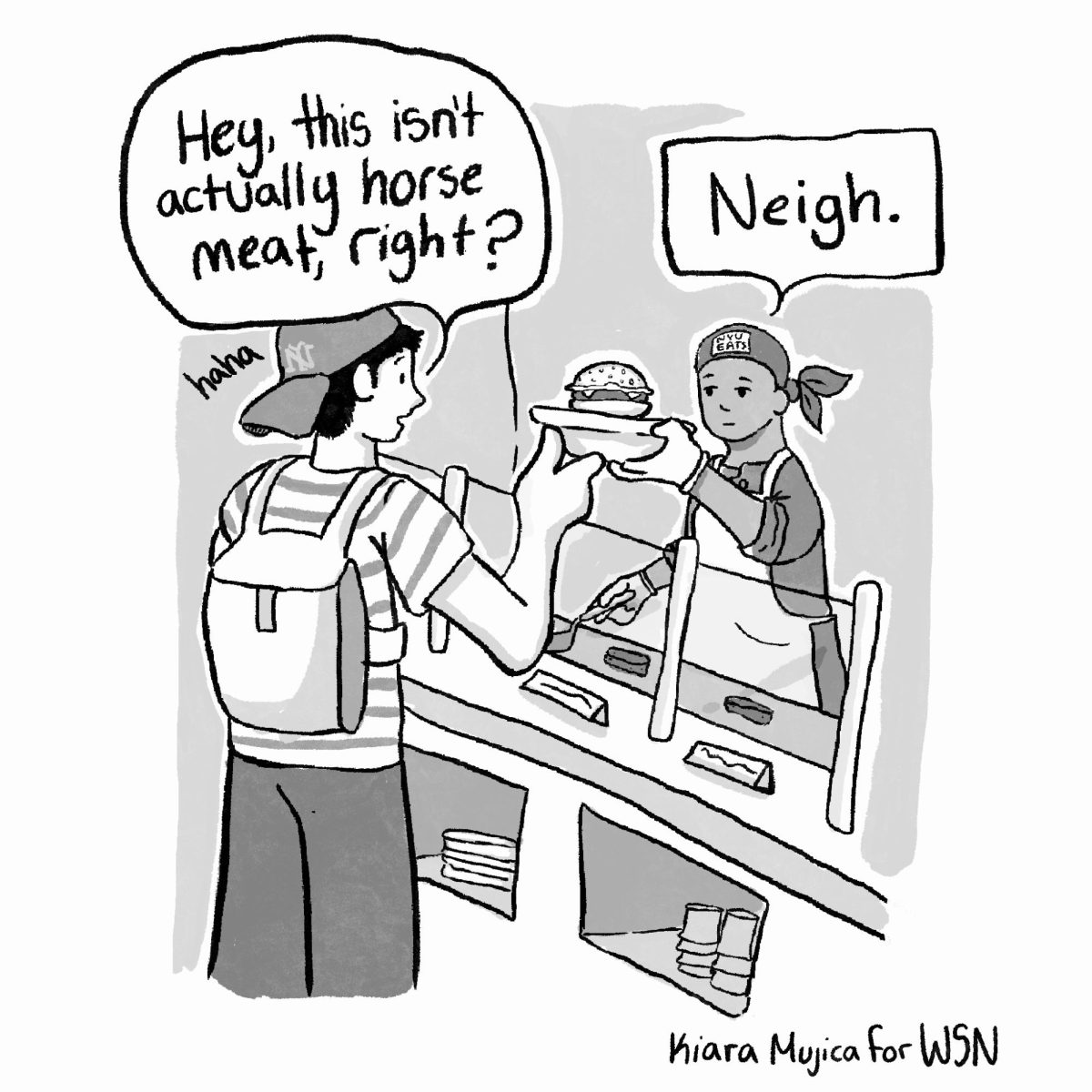
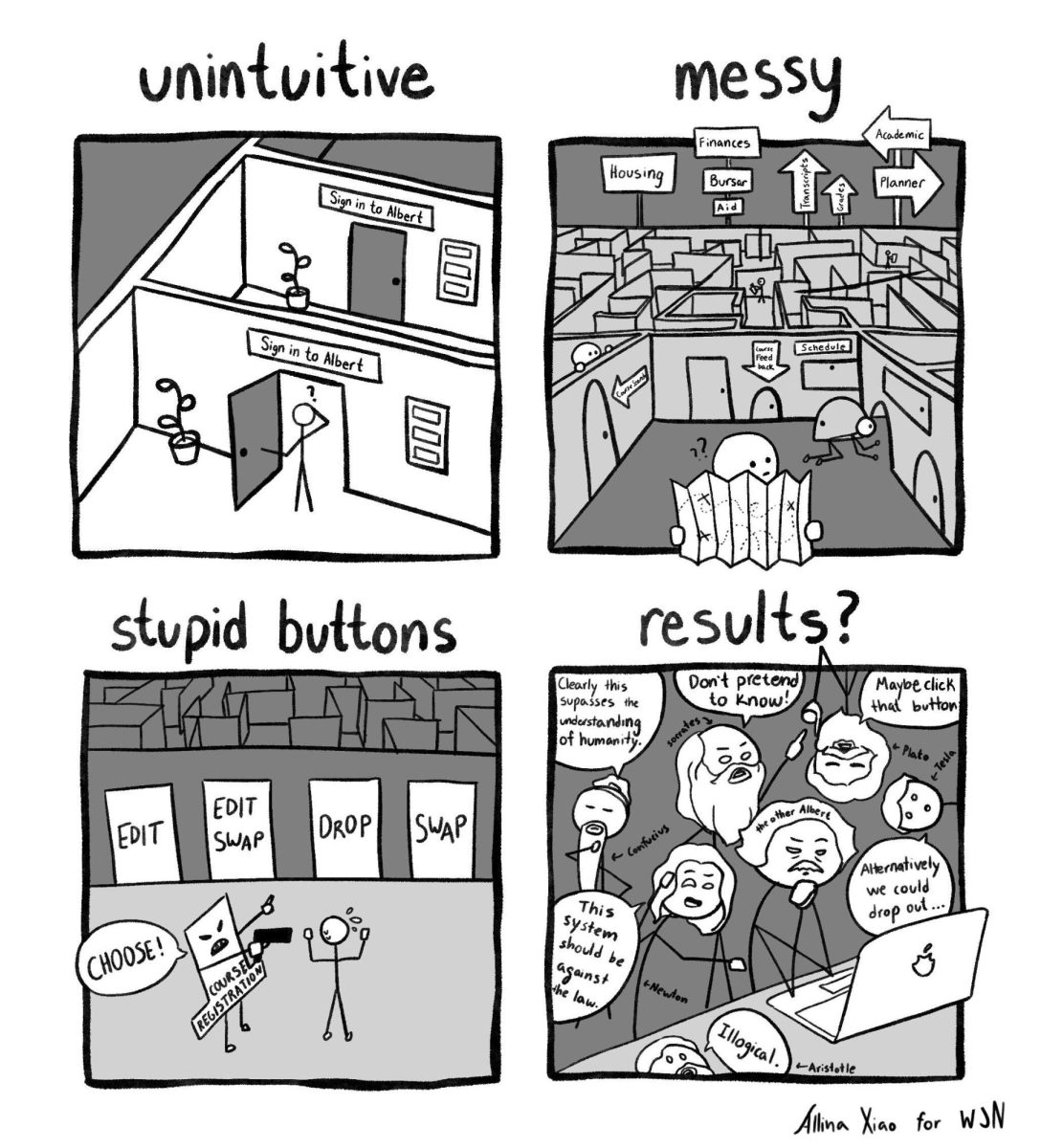
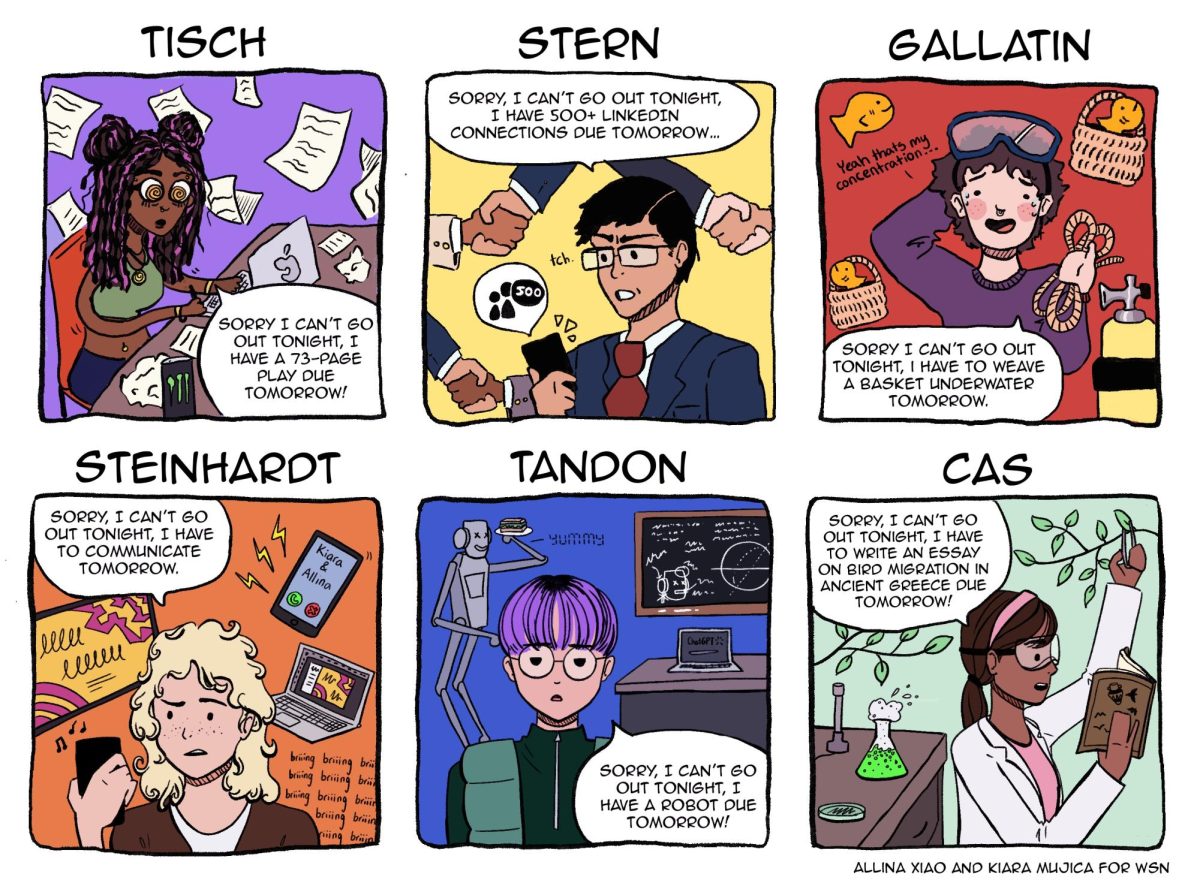
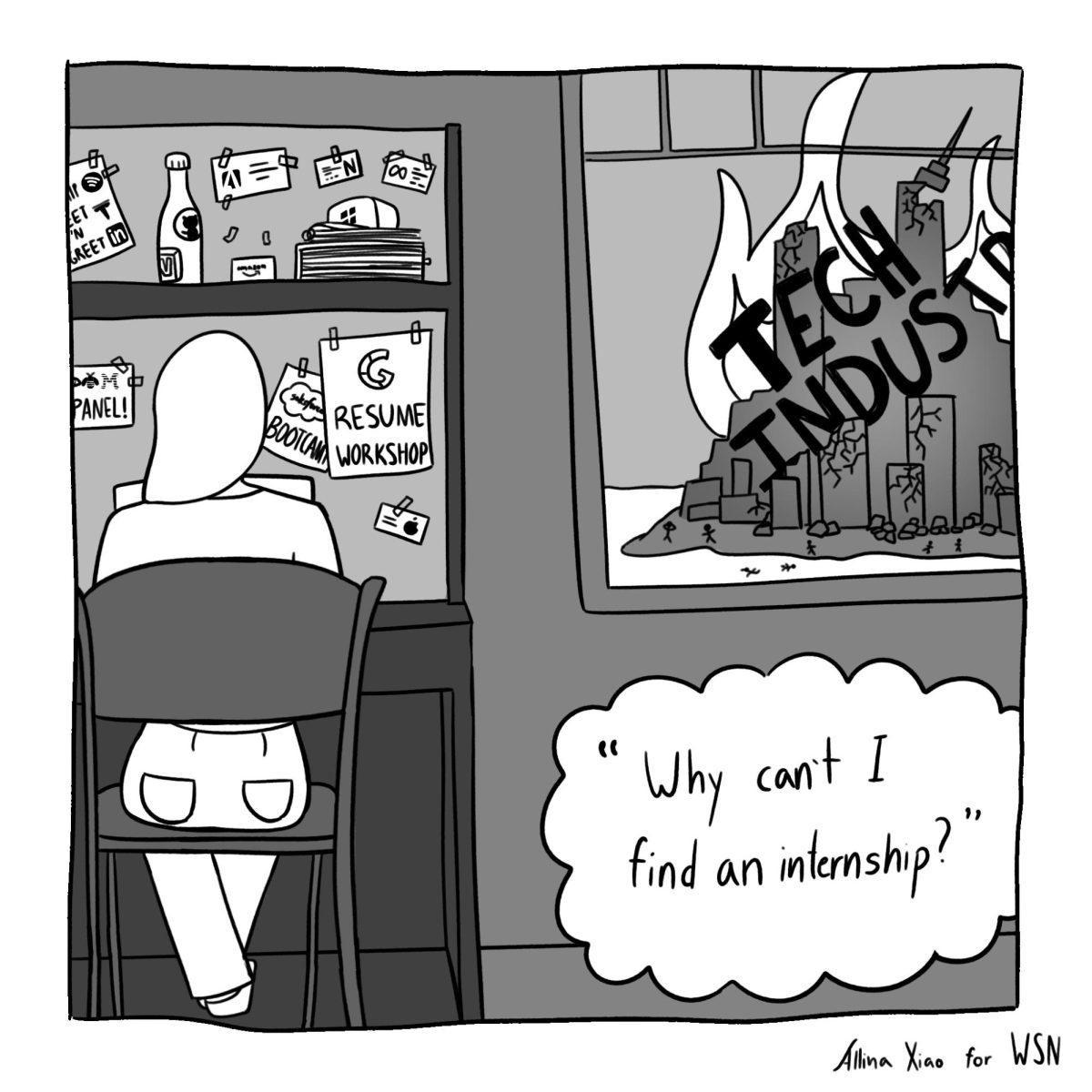

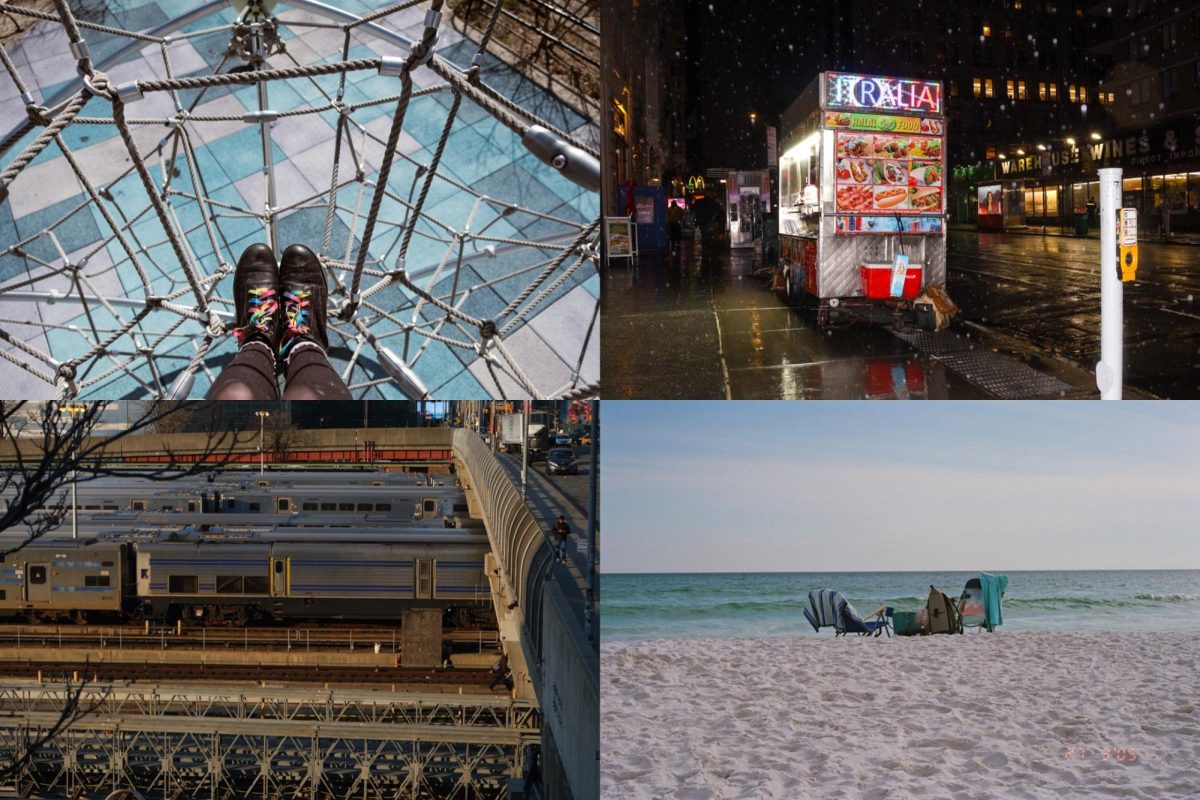


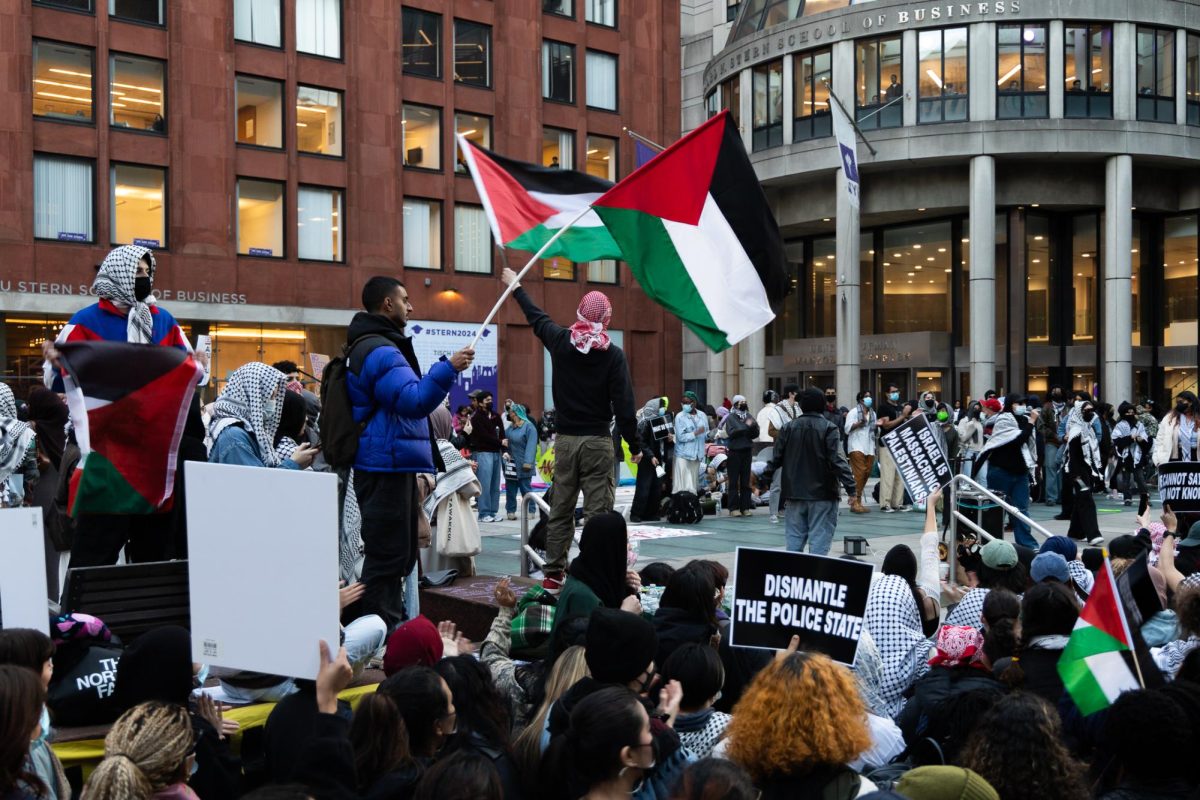
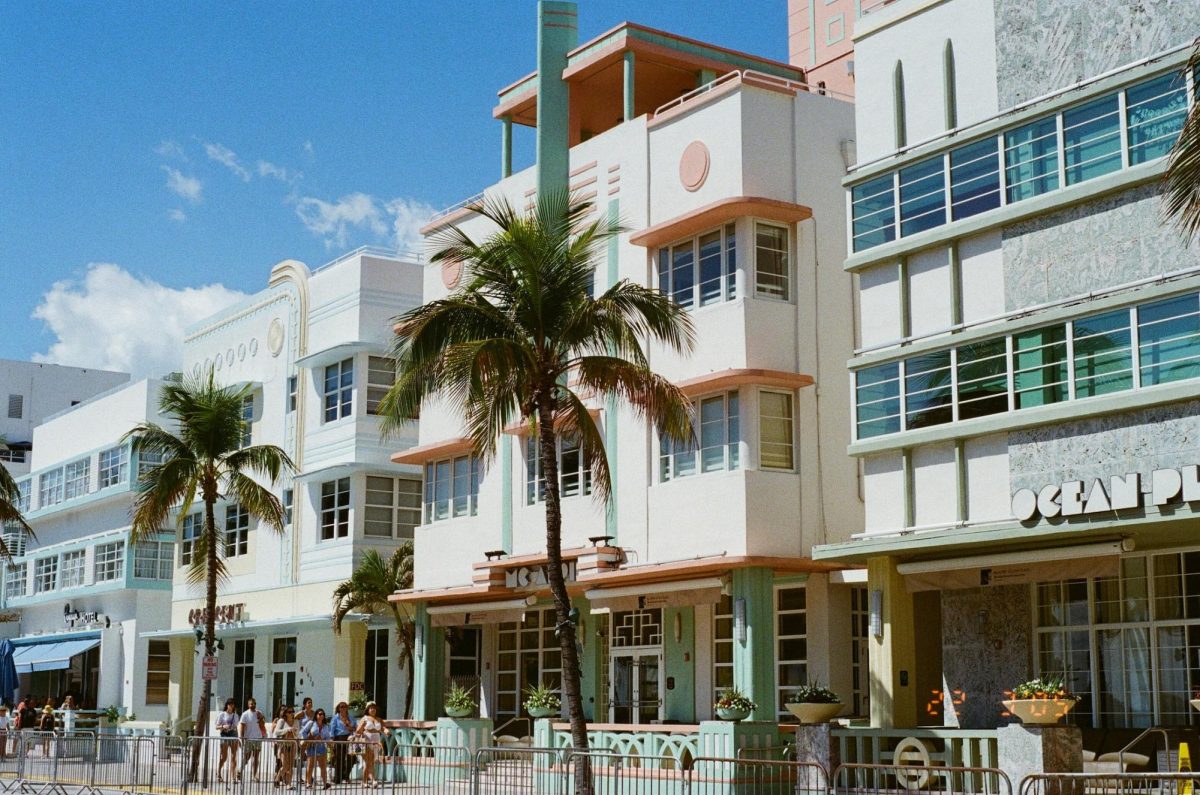
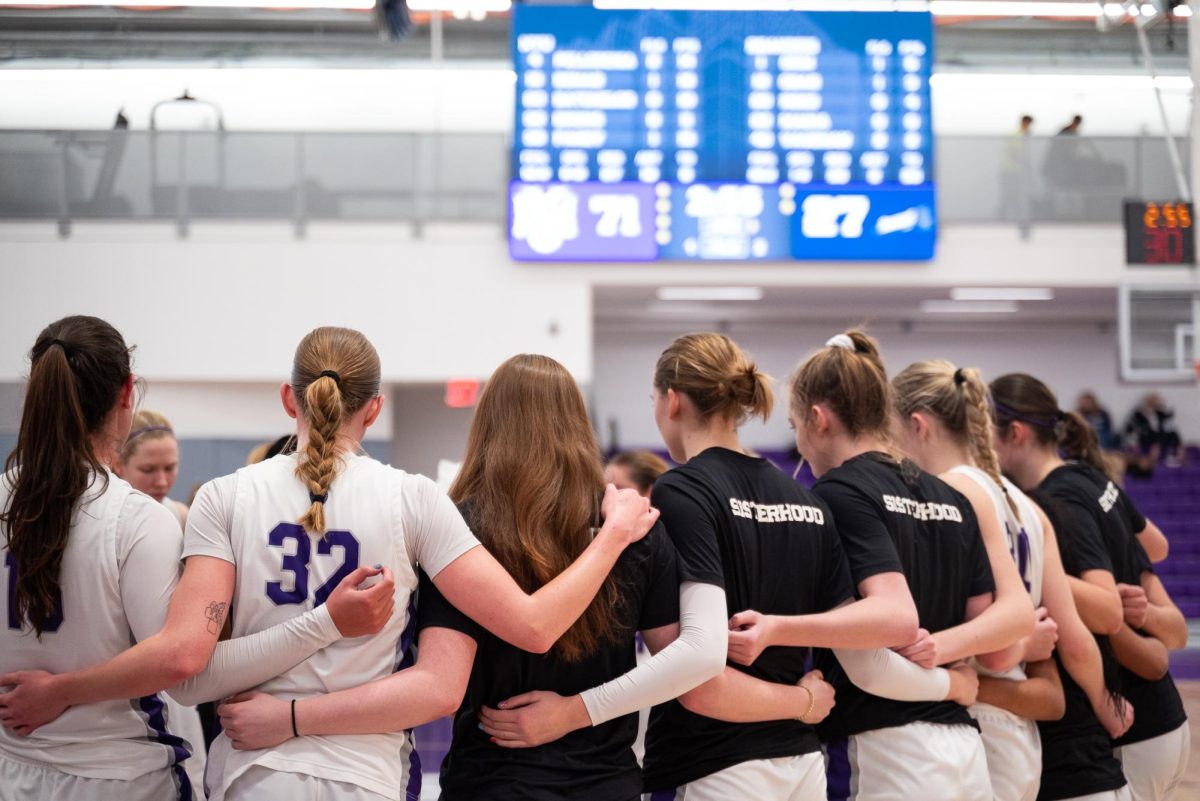
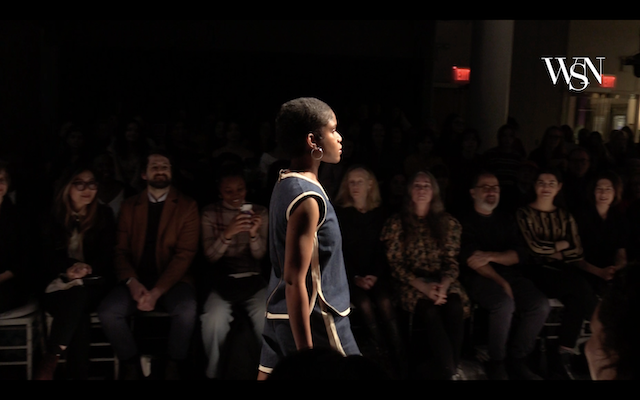
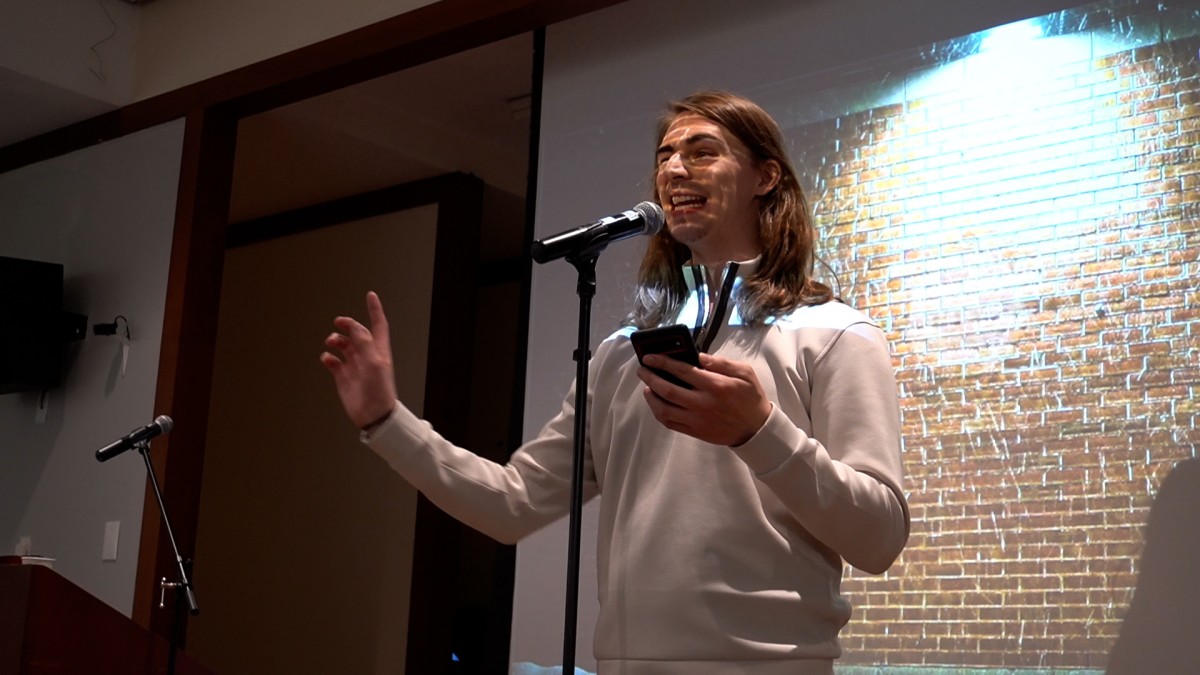
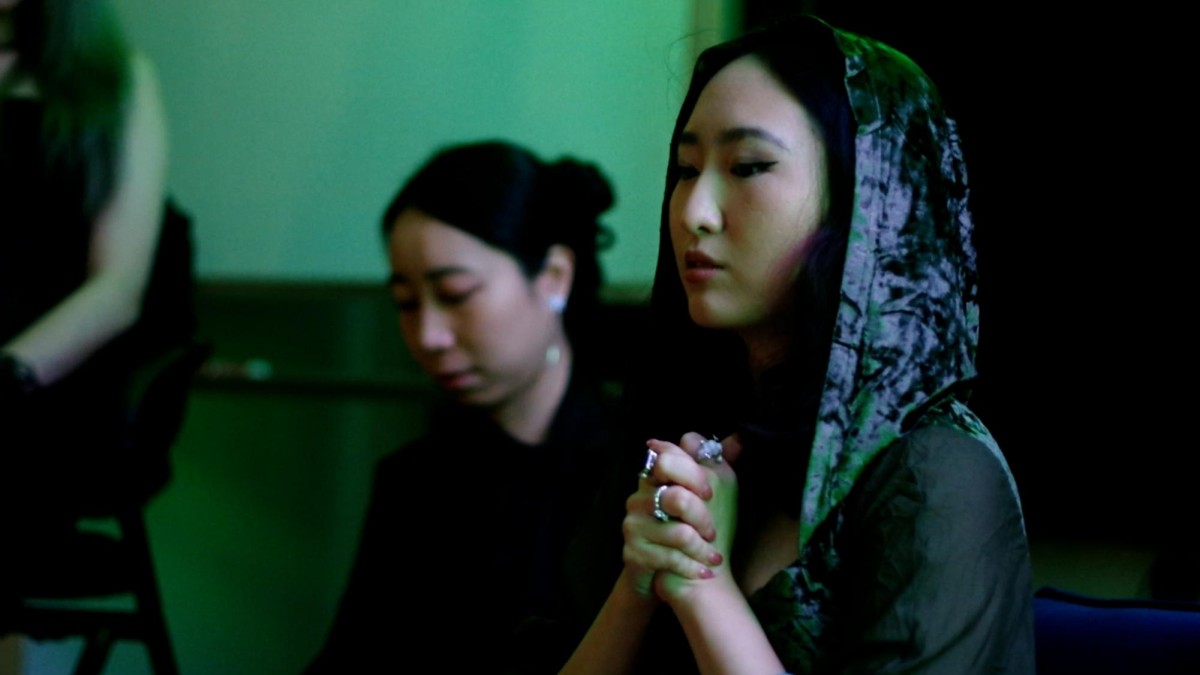


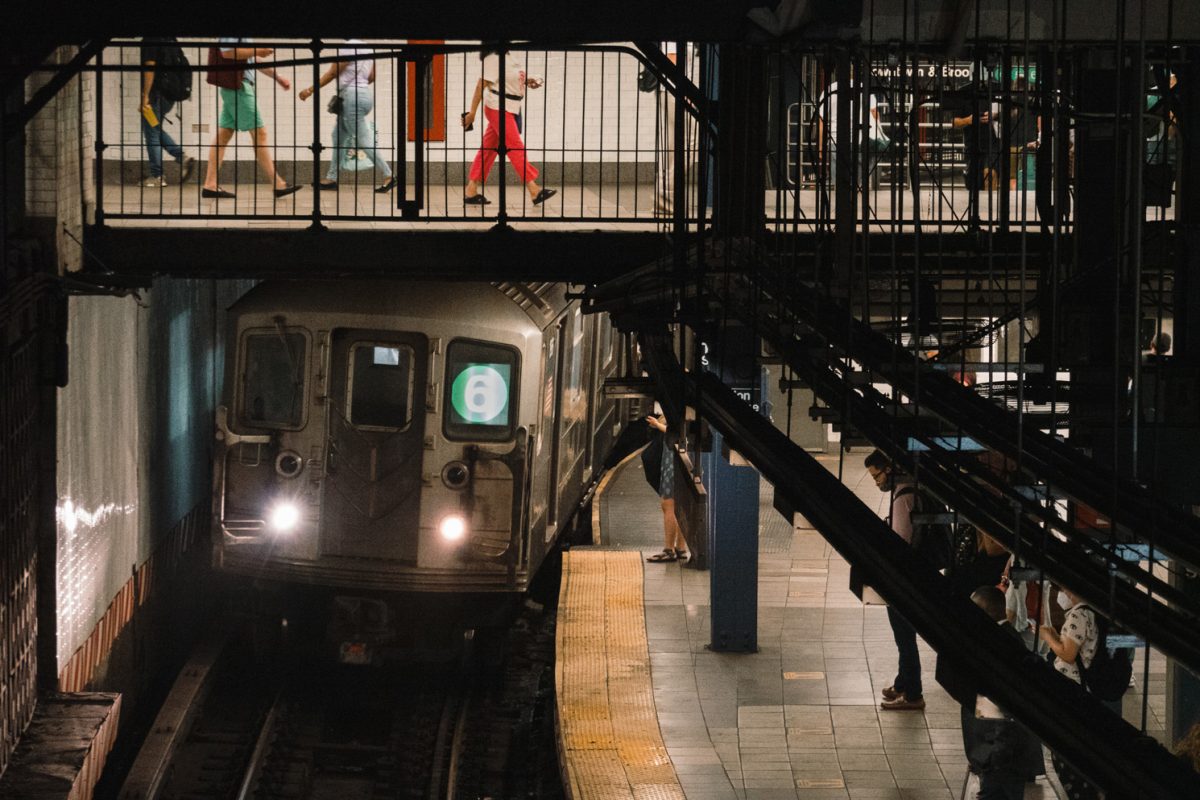
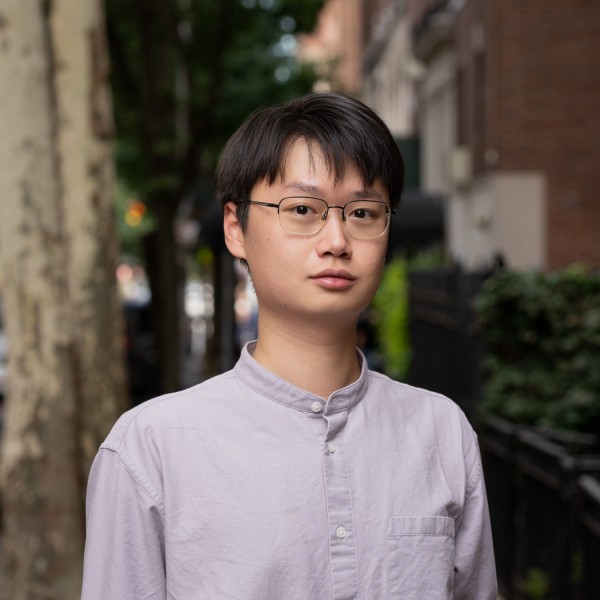
Erjon Marku • Dec 28, 2024 at 6:19 pm
Reading this post means that this is a good plan taking talking points from Bloomberg s 2007, are you sure this is not just another money grab for a city that has give more rights non-insured bikers whom don’t even have nor need a license to operate a bike ans take half the street and some media s completely shut off the road to cars and made room only for bikes and busses. I don’t see much light coming to the city, this is the number one destination for world tourists but just like the pandemic, this is just another shun at the locals just to fill the pockets of some kuku-omos and de-bla blasio’s. Ha ha ho-chul and ty dy dy dy ty ty and nothing but a strain on the public, with their overpolicing tactics I personally am not oh-kay with this new law, but need be i will have to dish out the fee because just like any expense, there is loopholes for deductions. I am an artist who frequents your humble park in Washington Square and thats going to put me under at $100/week because i comute 106 miles every day when I am displaying my art in the park, but beleve me this is not a good thing and it will only raise prices for the public.
unknown • Jan 29, 2025 at 4:10 pm
this guy spittin straint fa fa fa facts